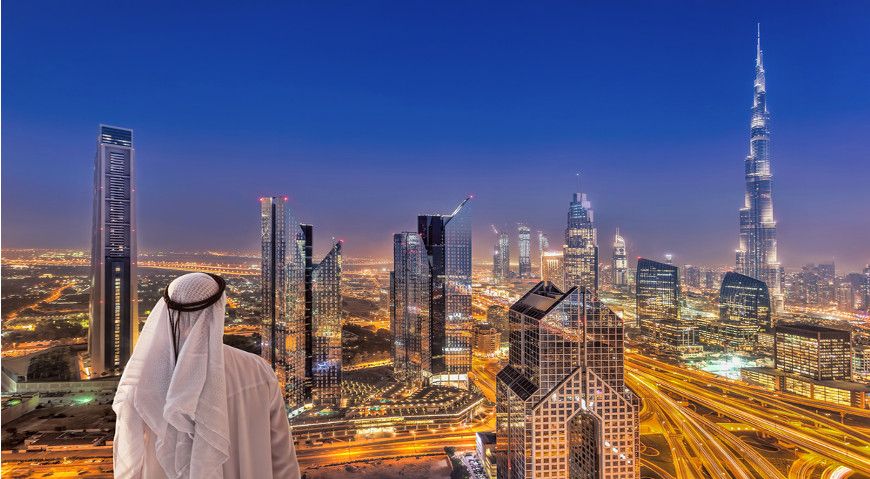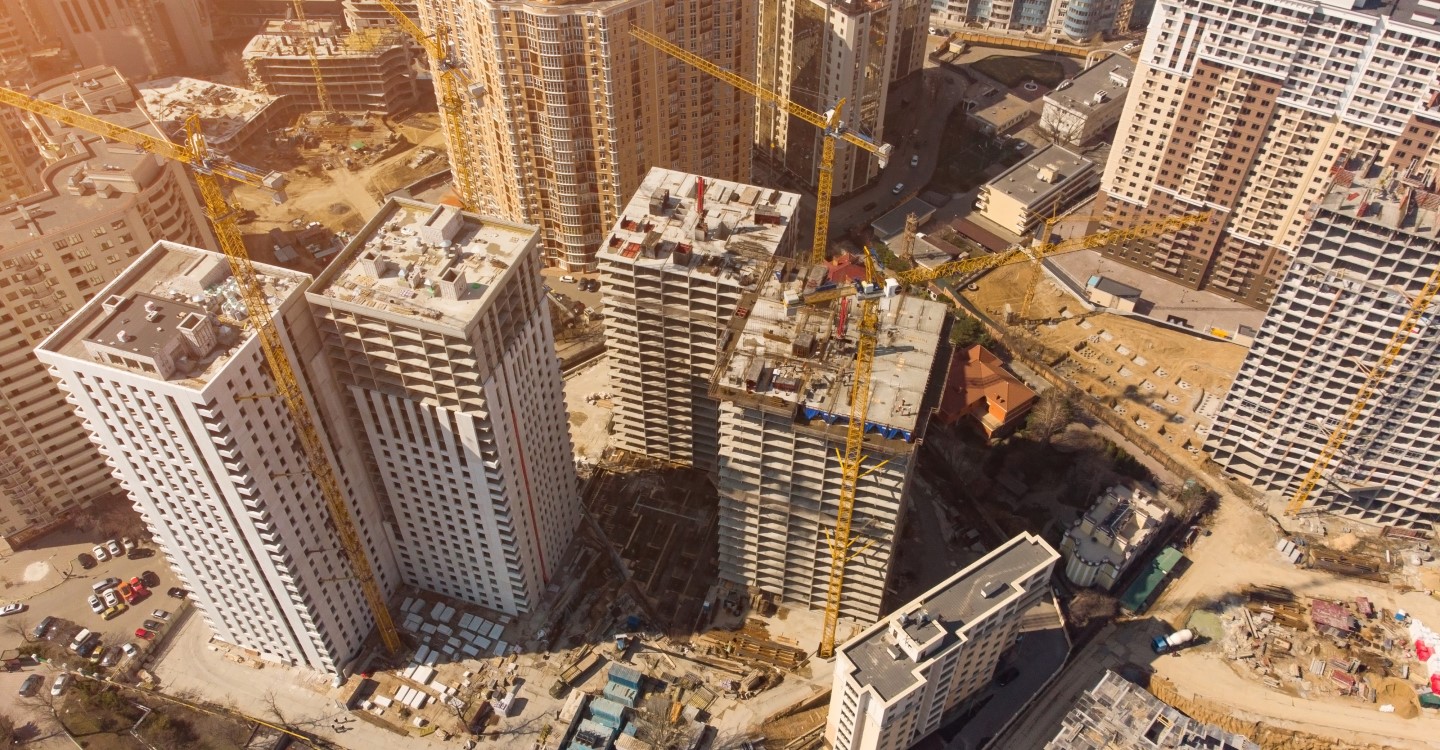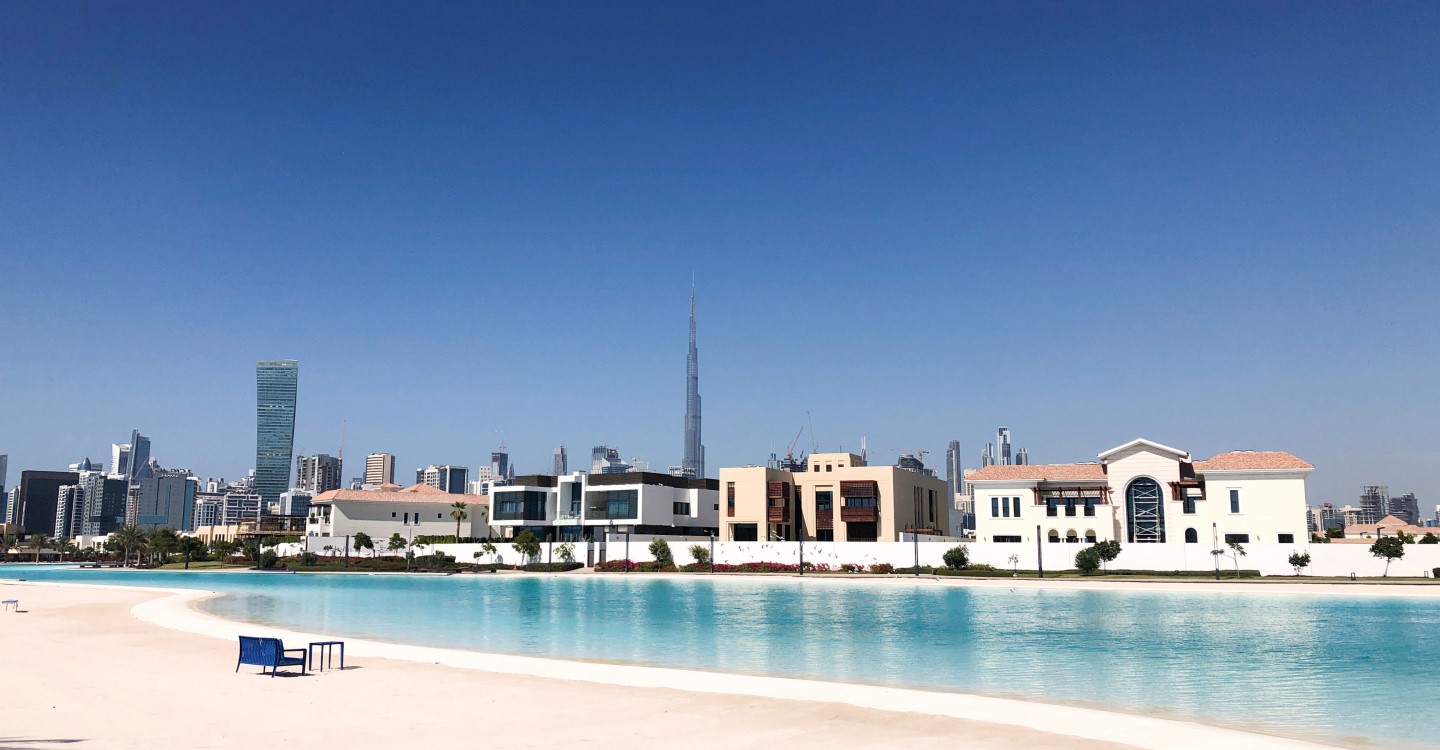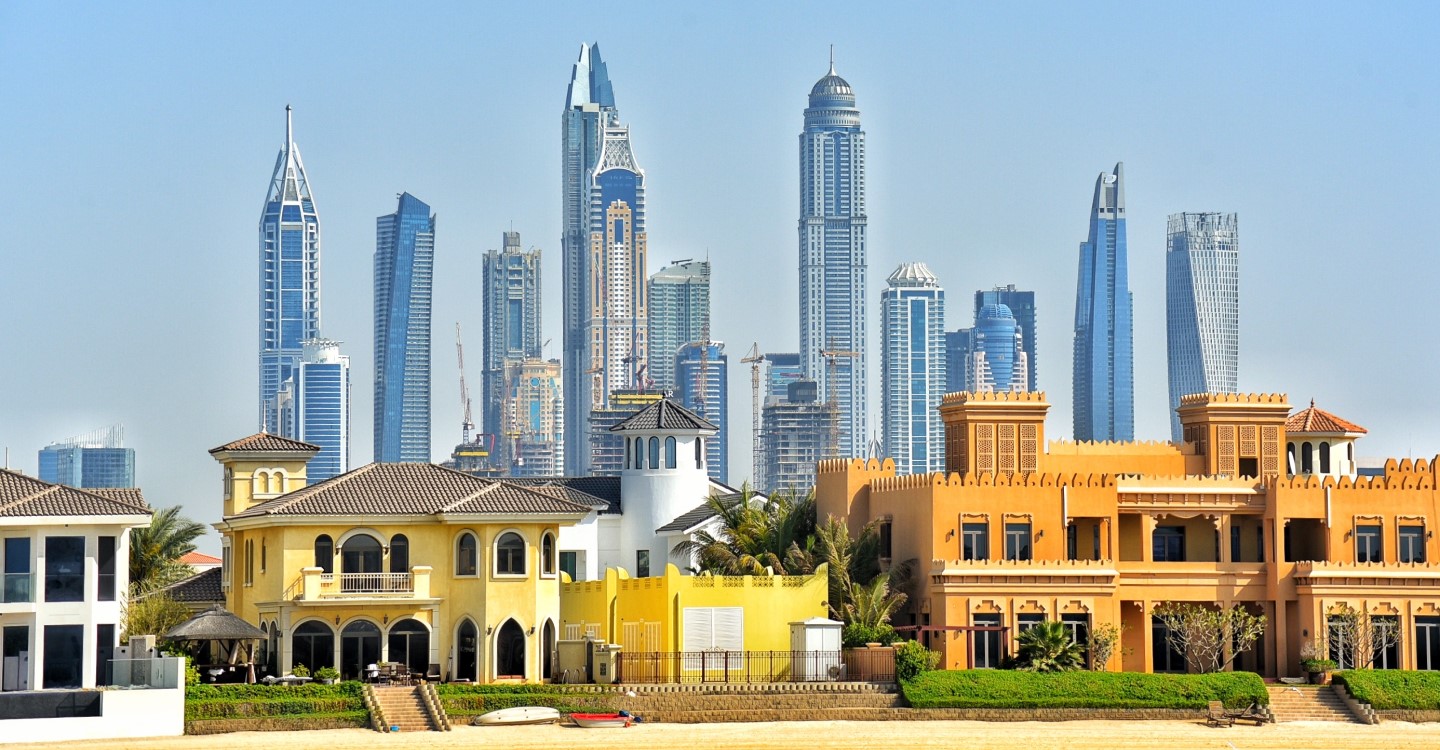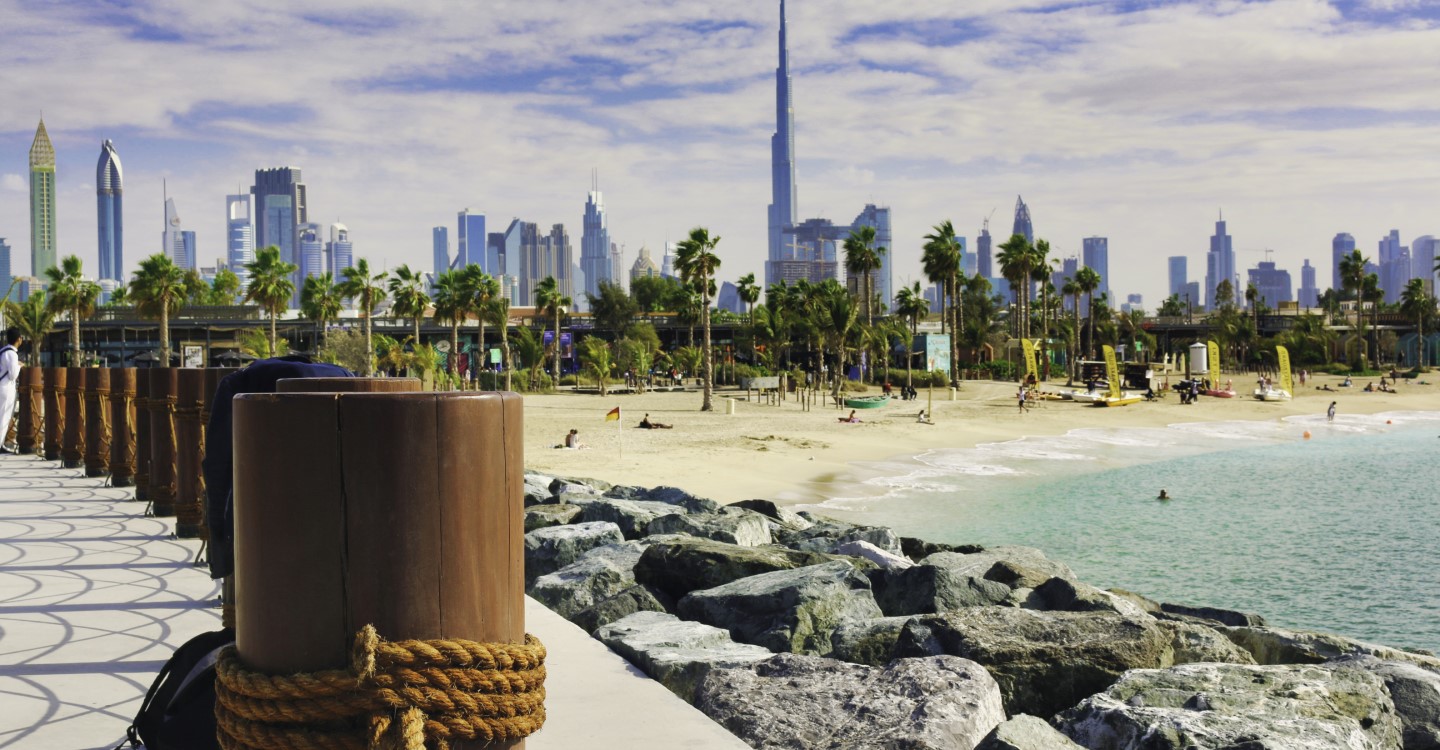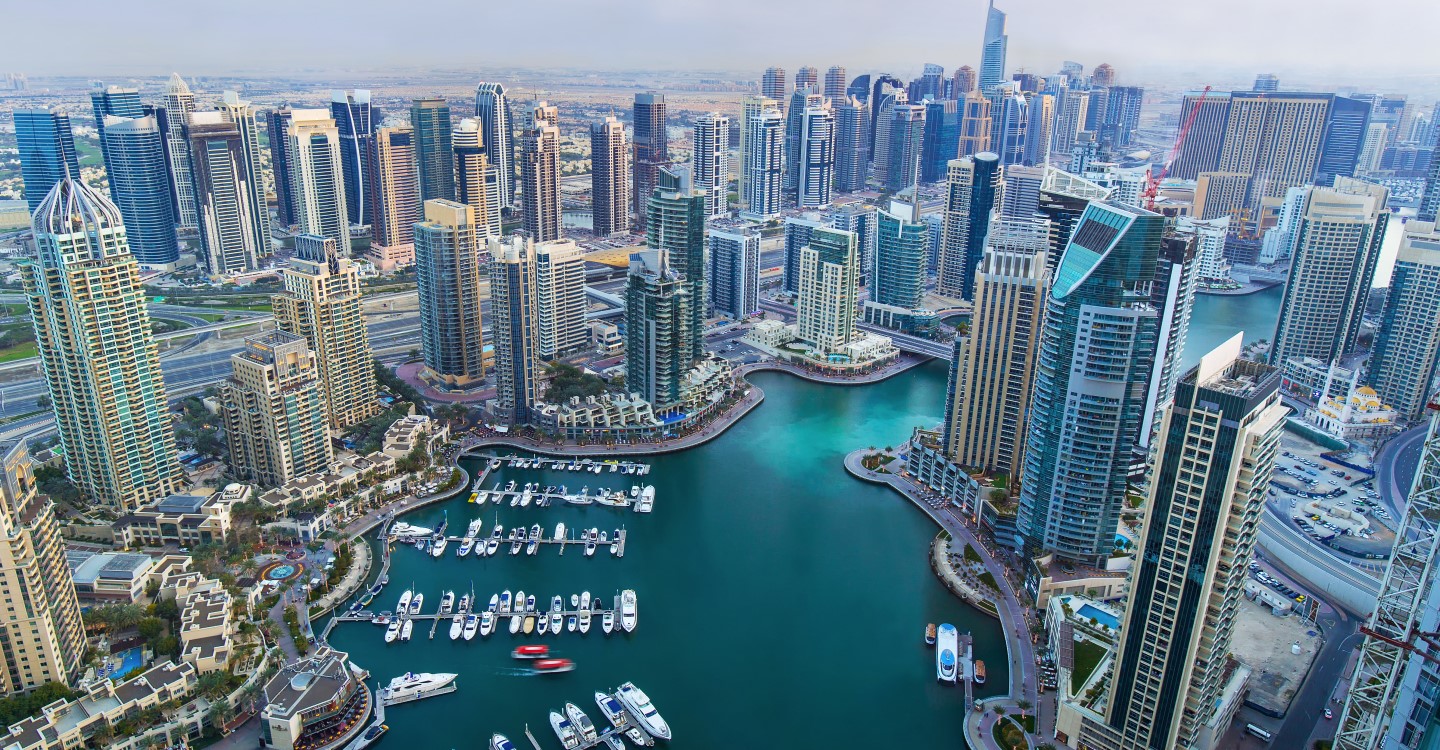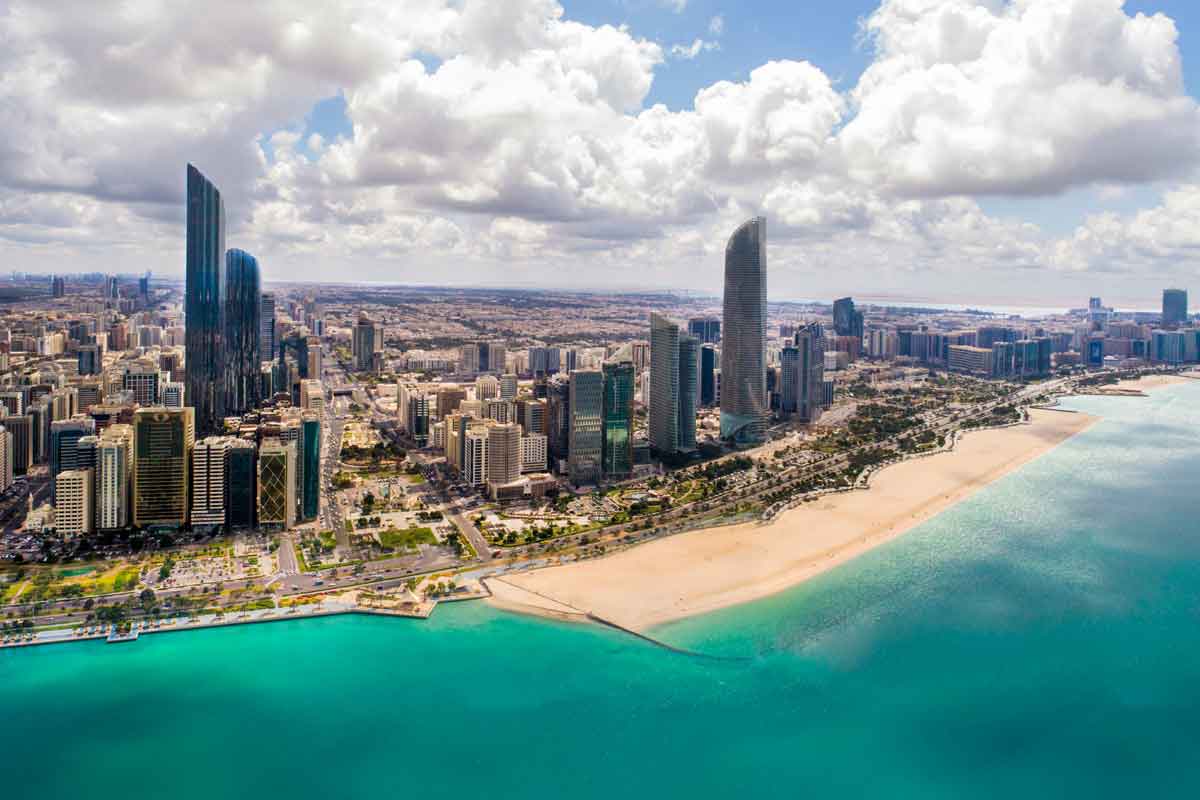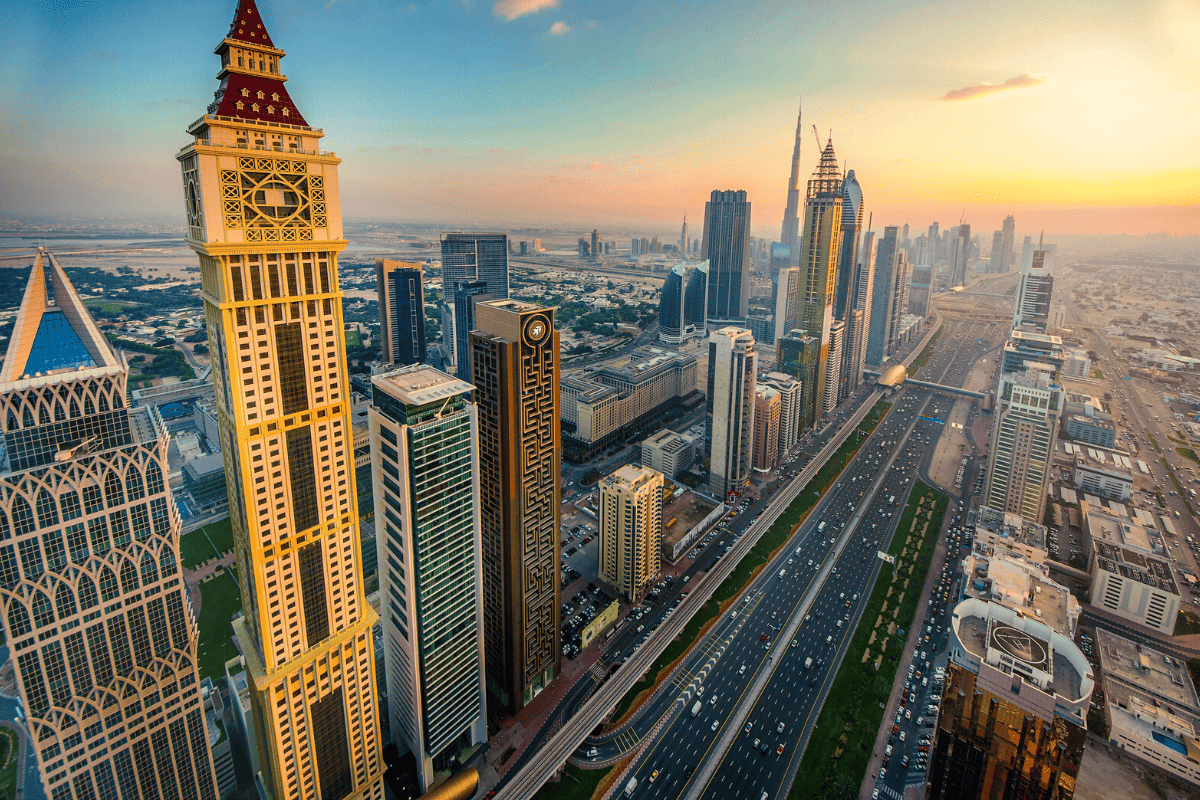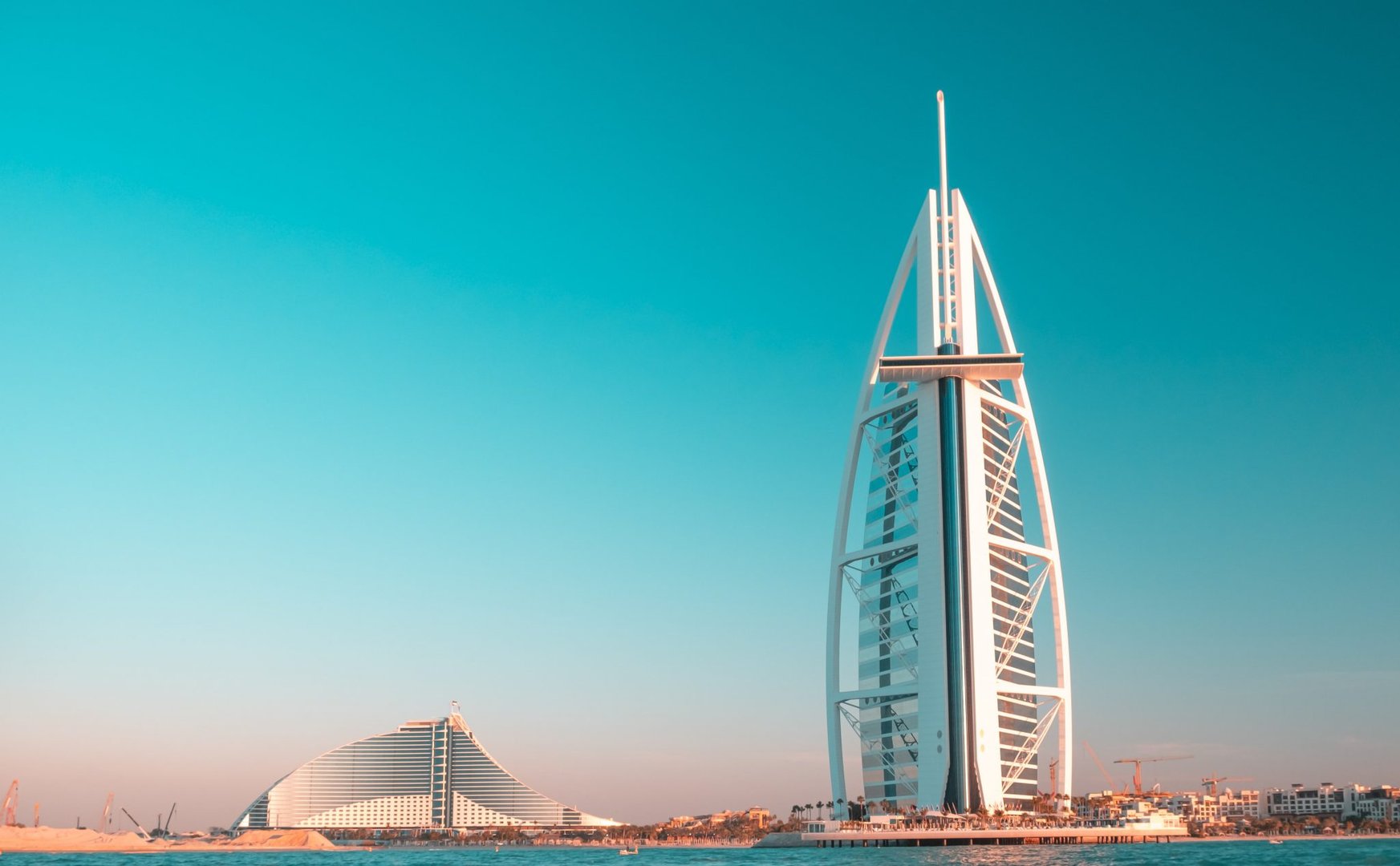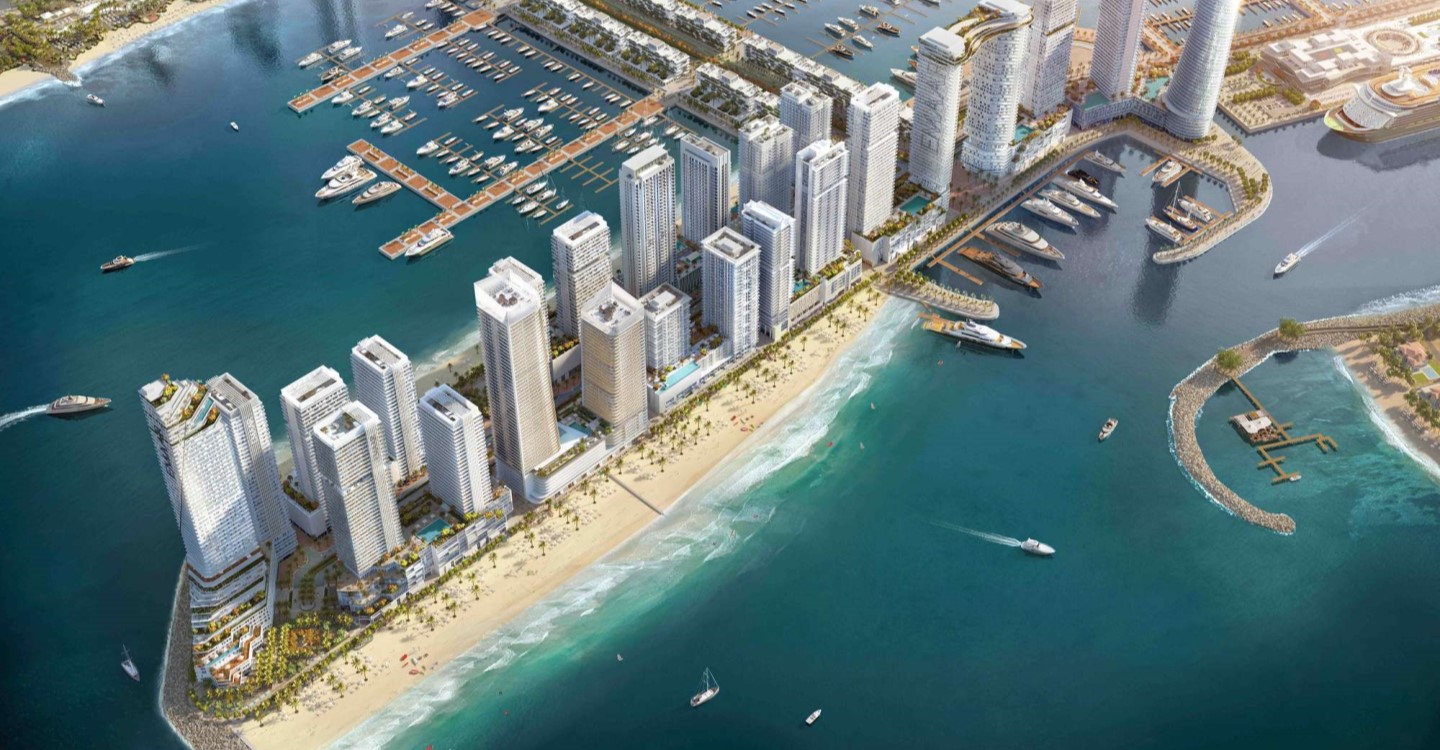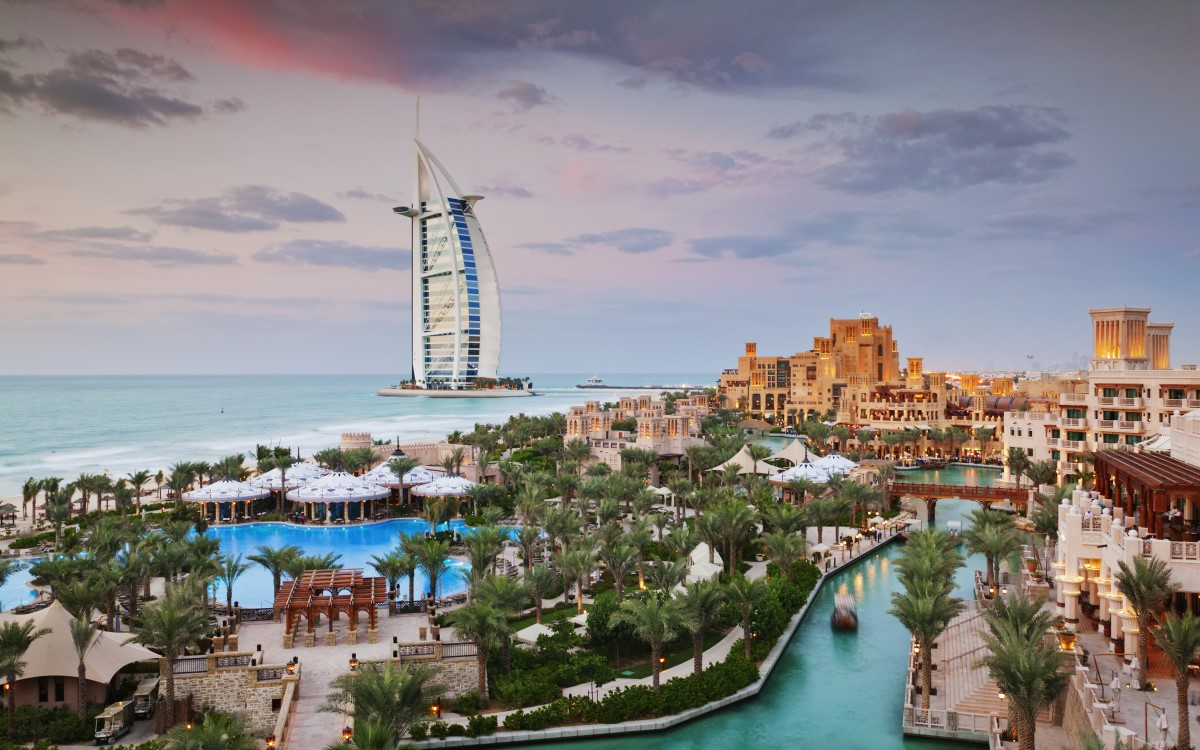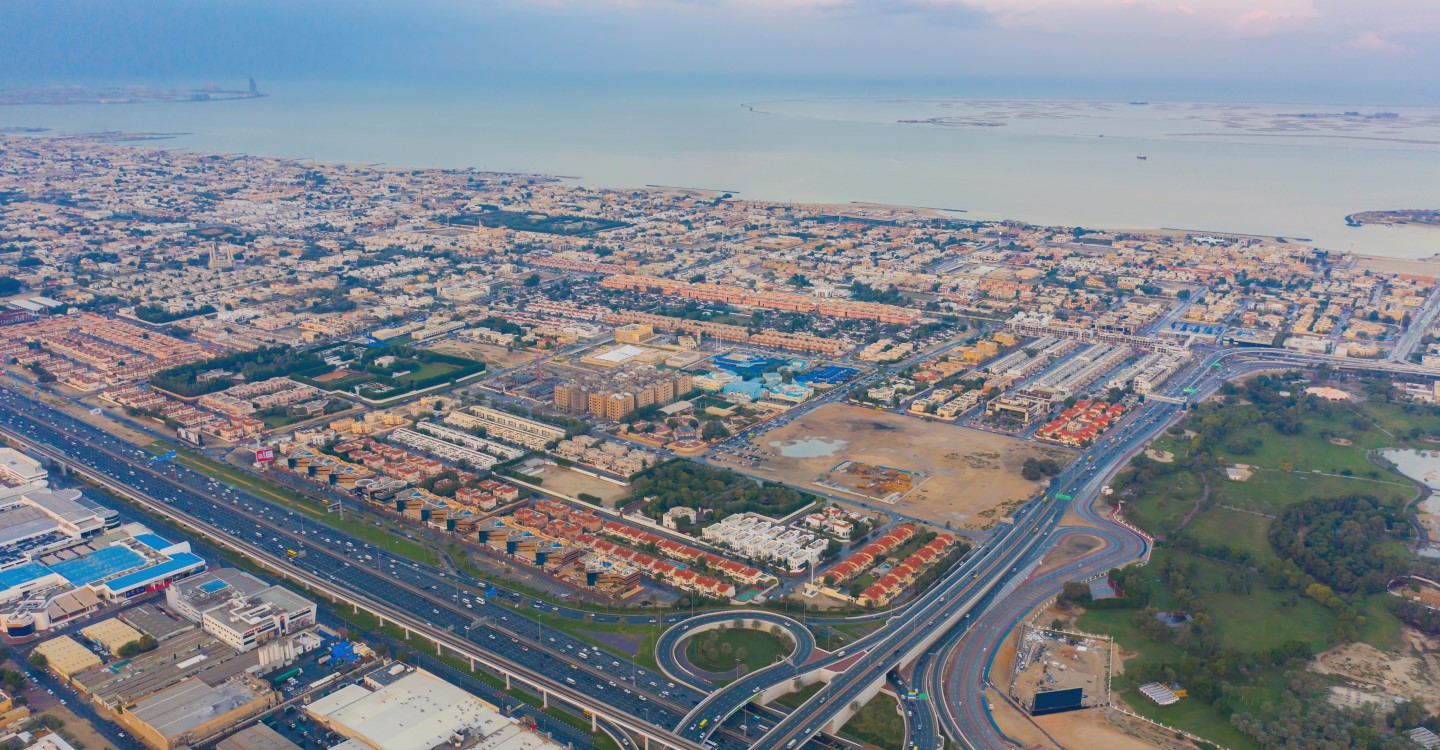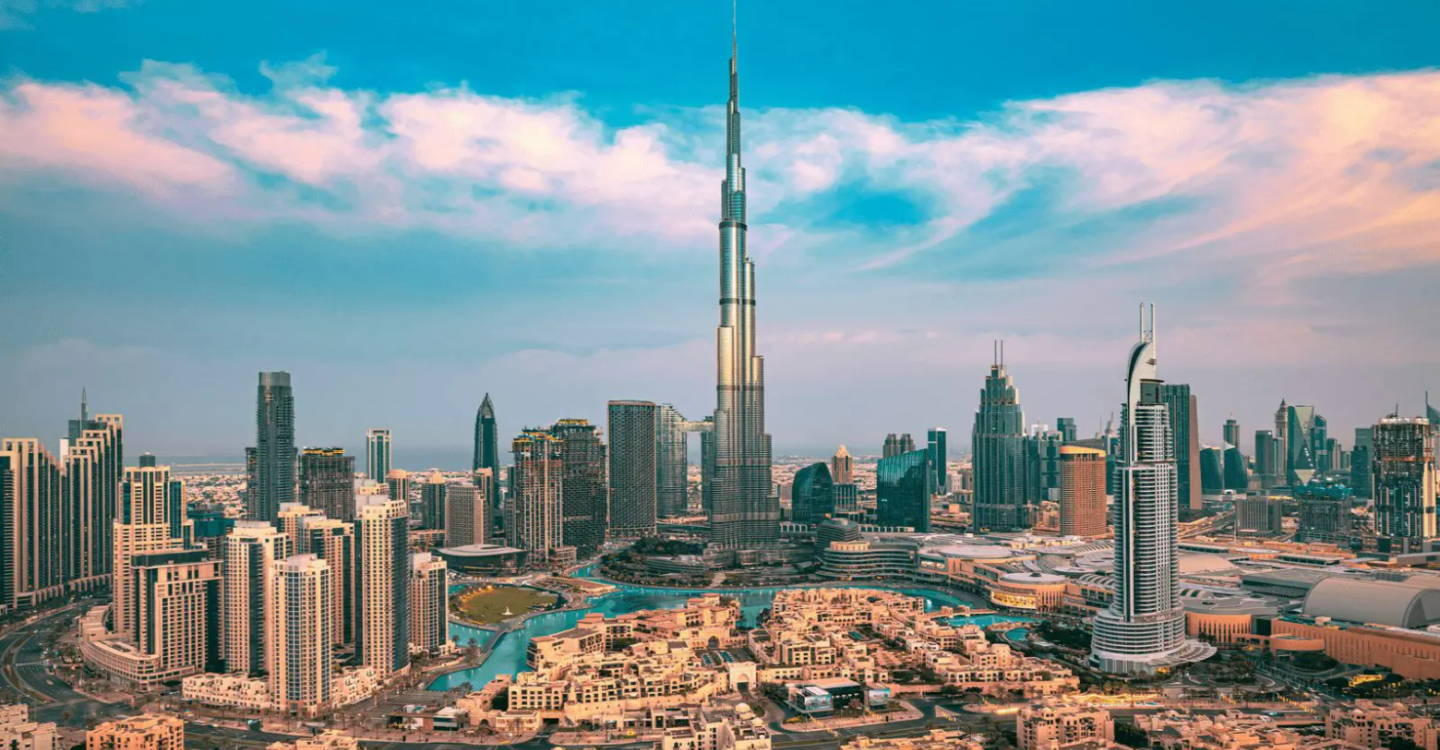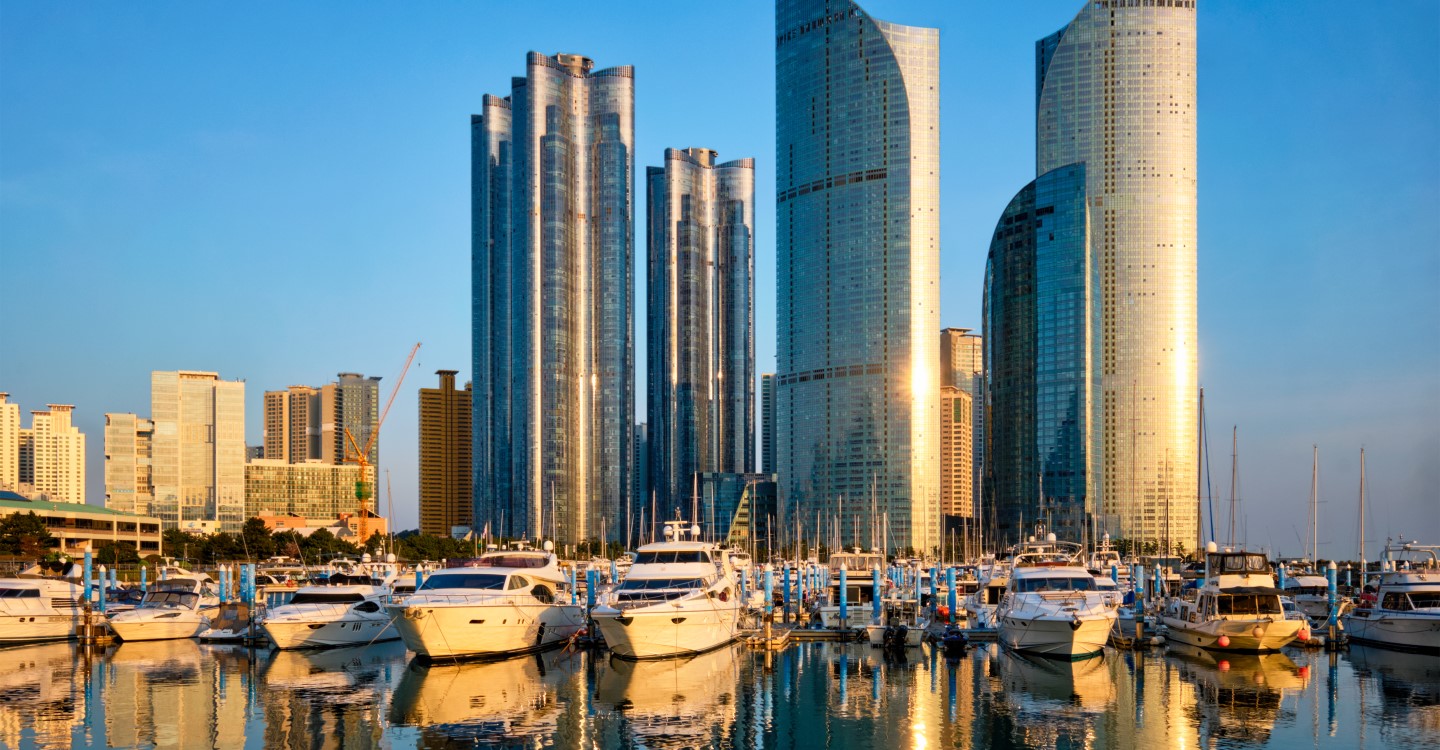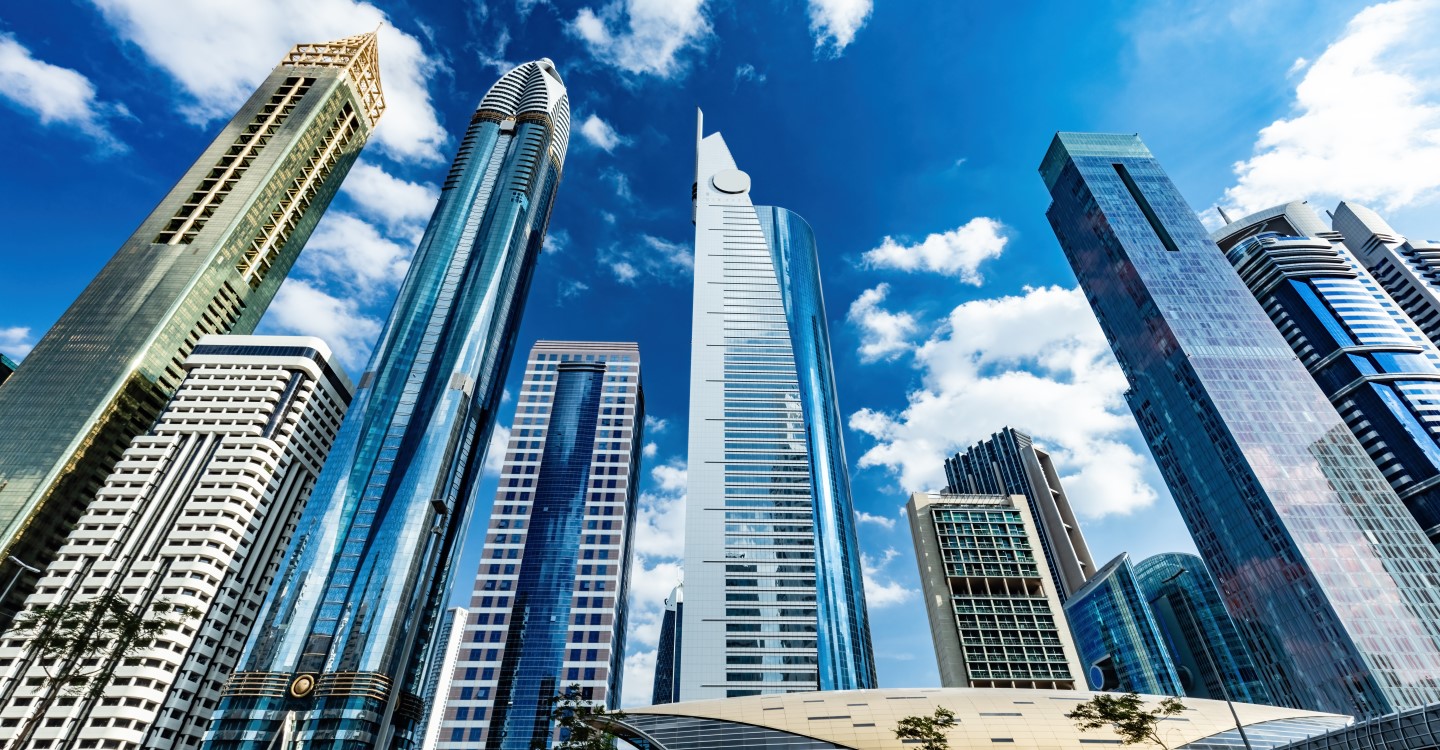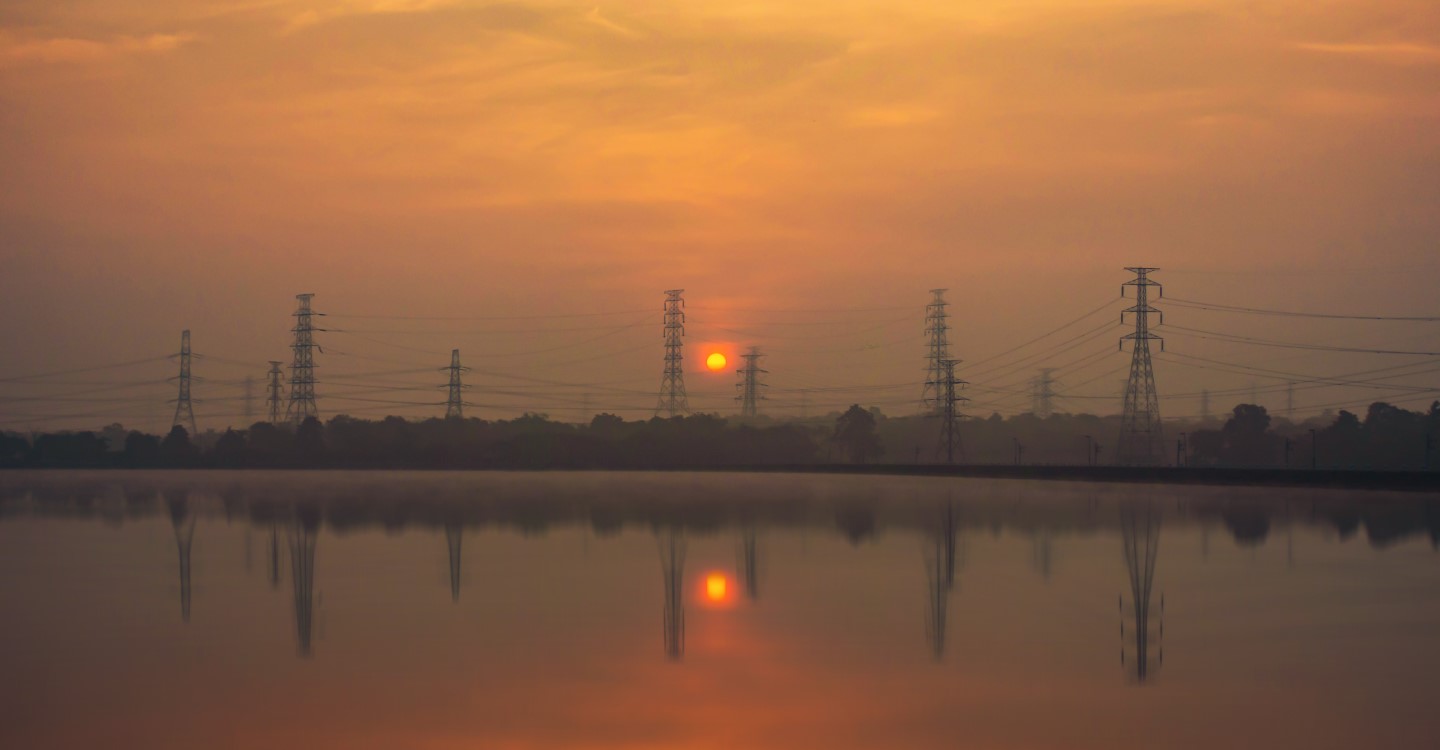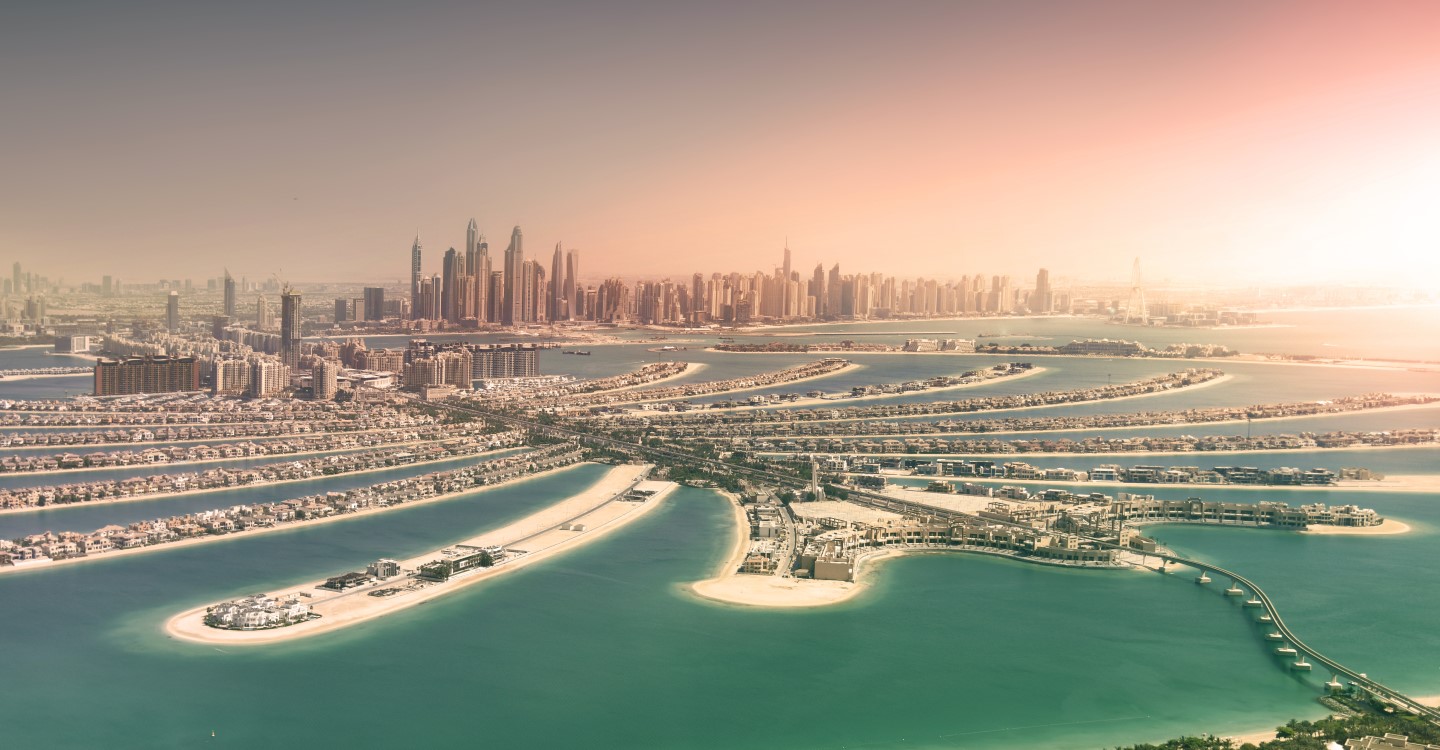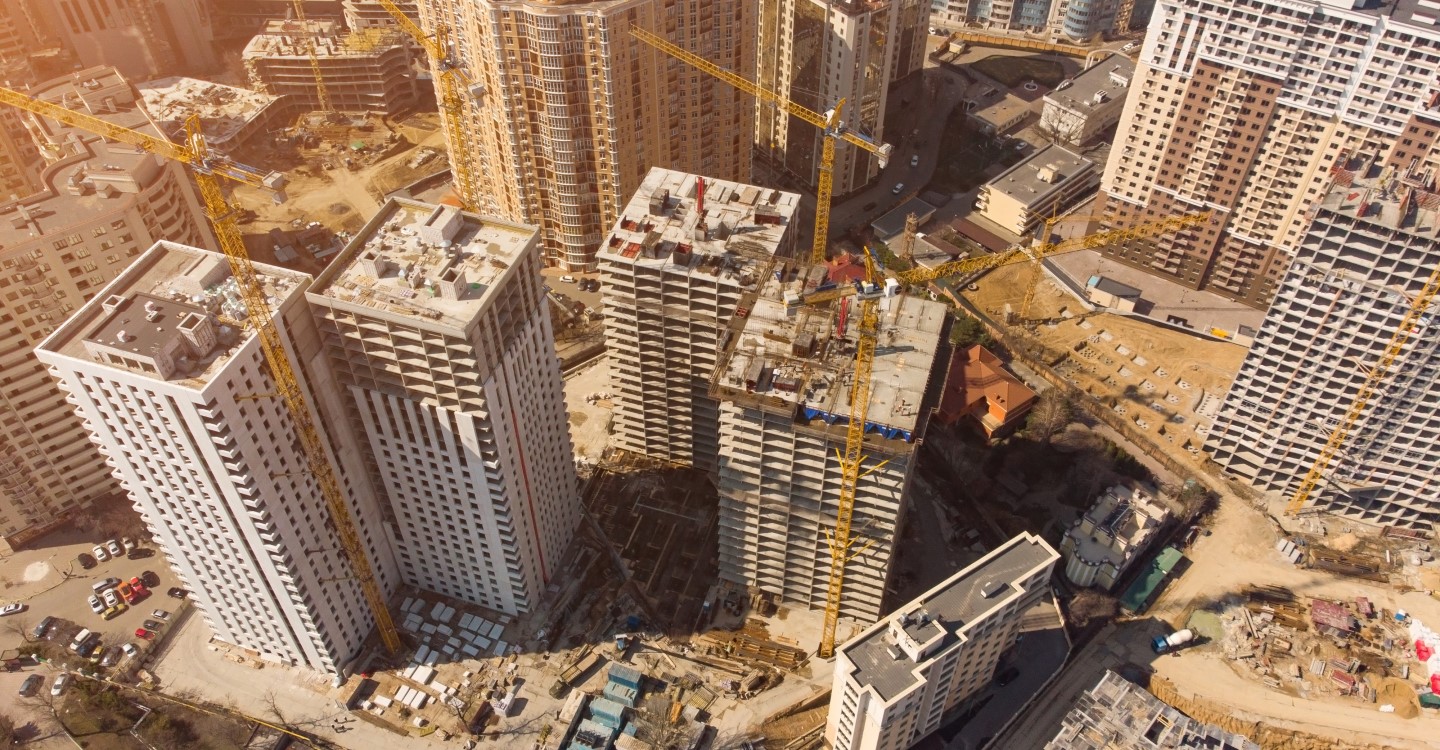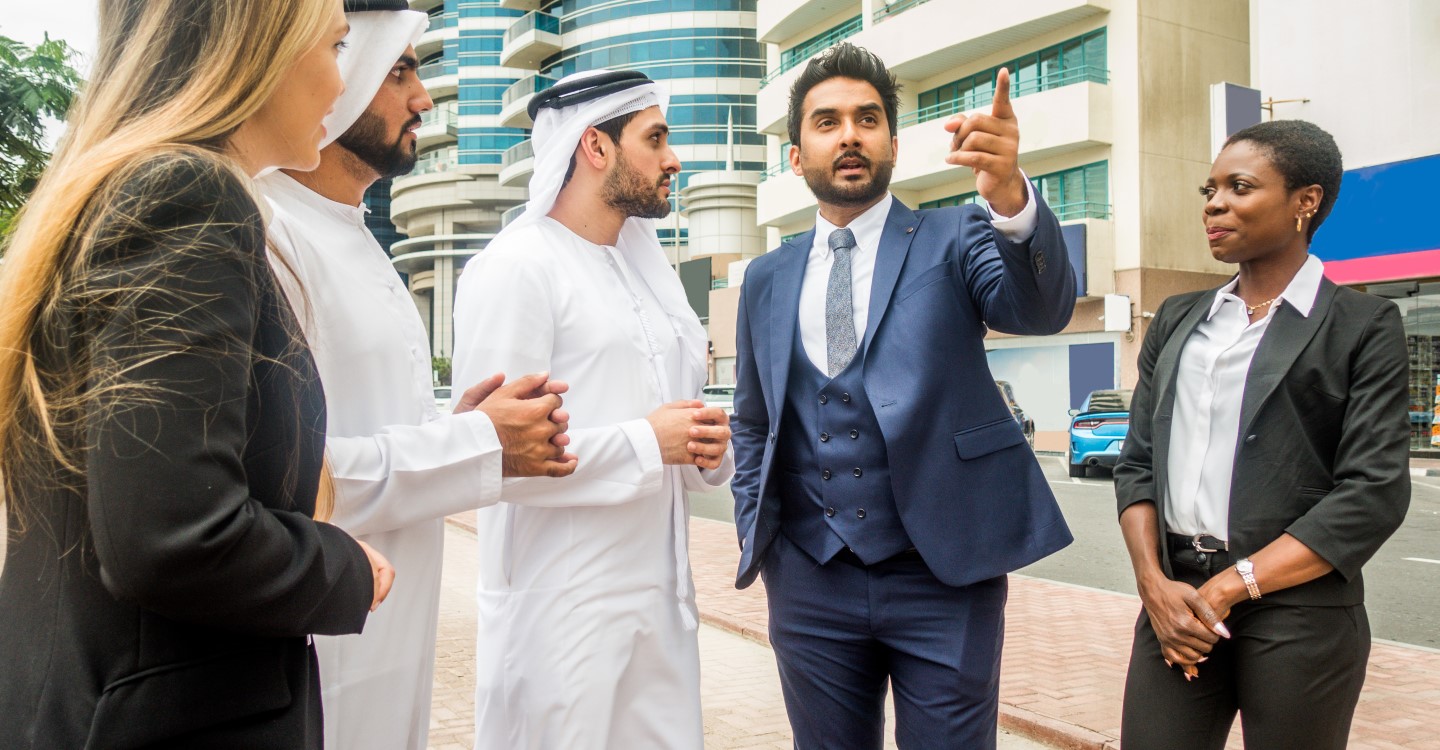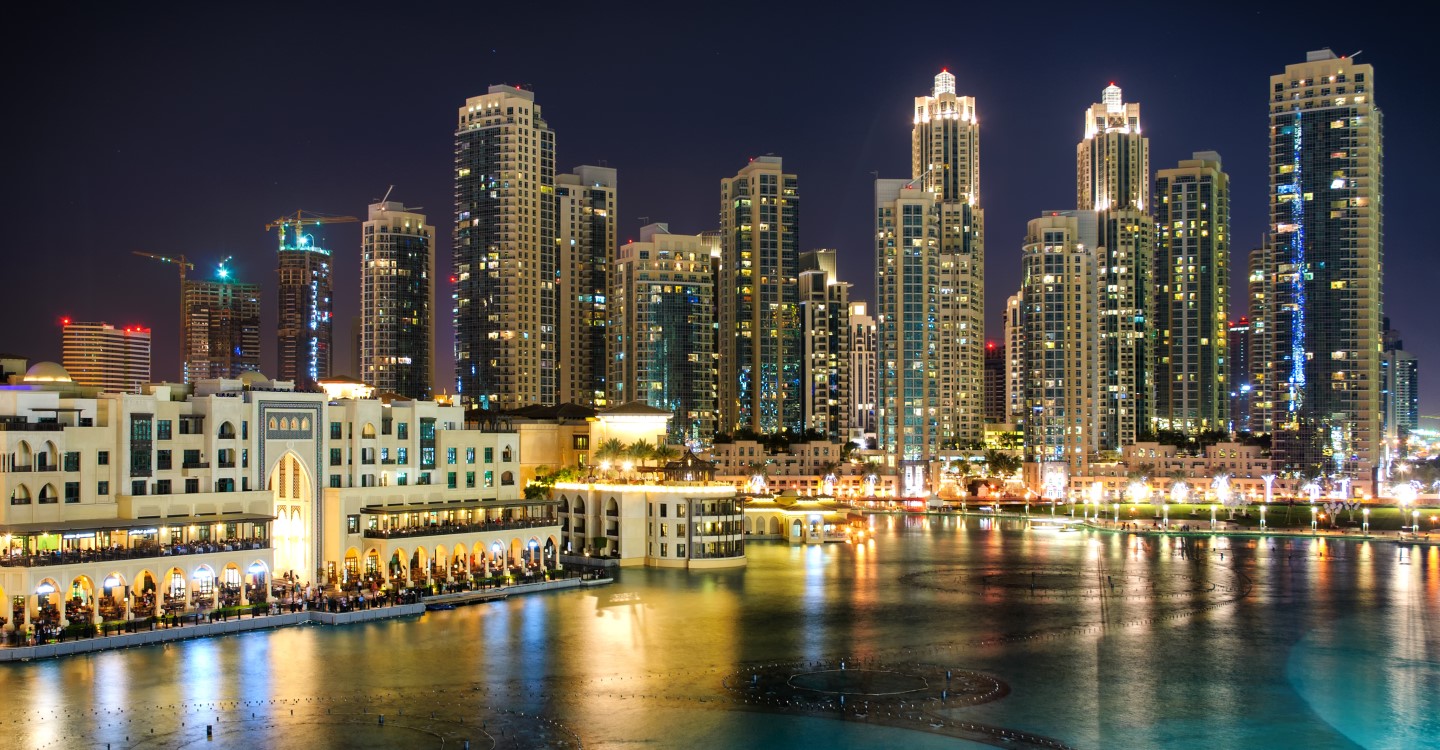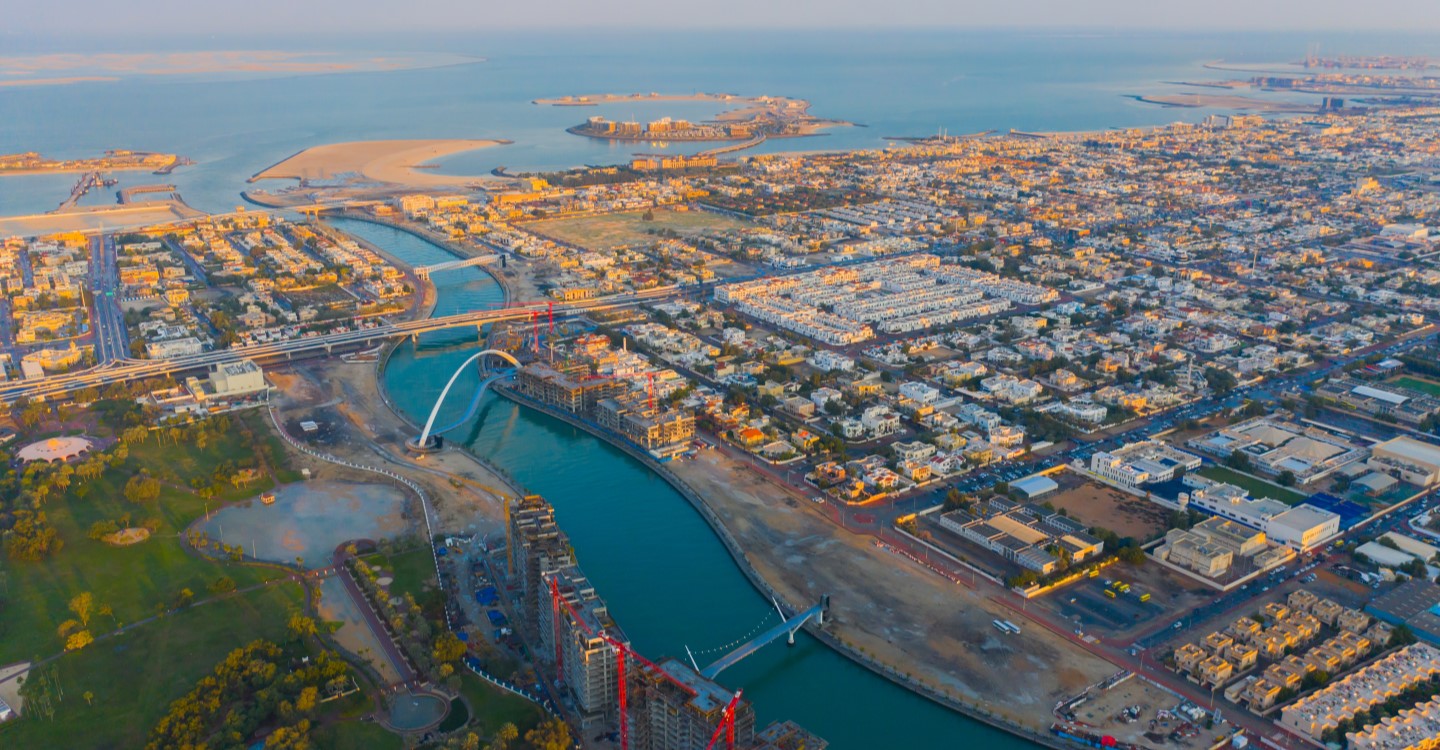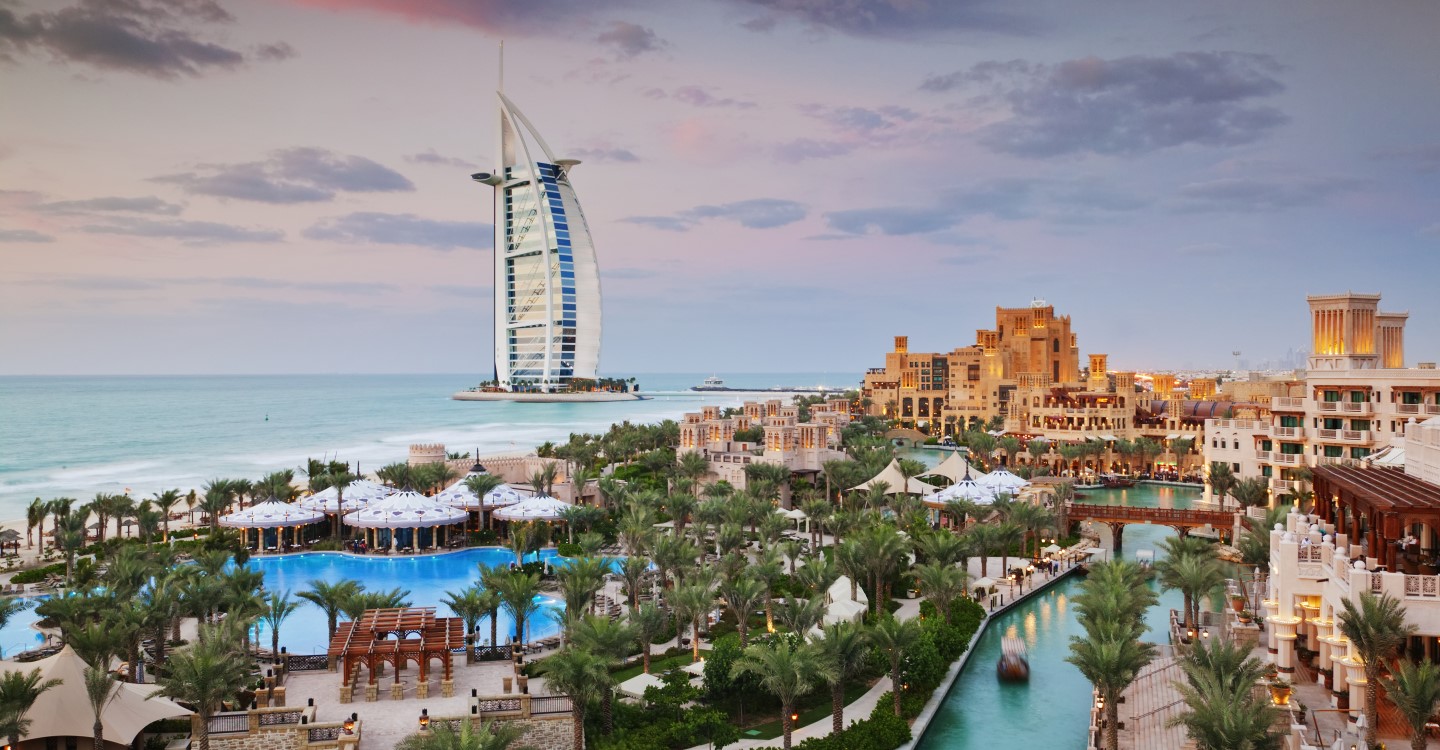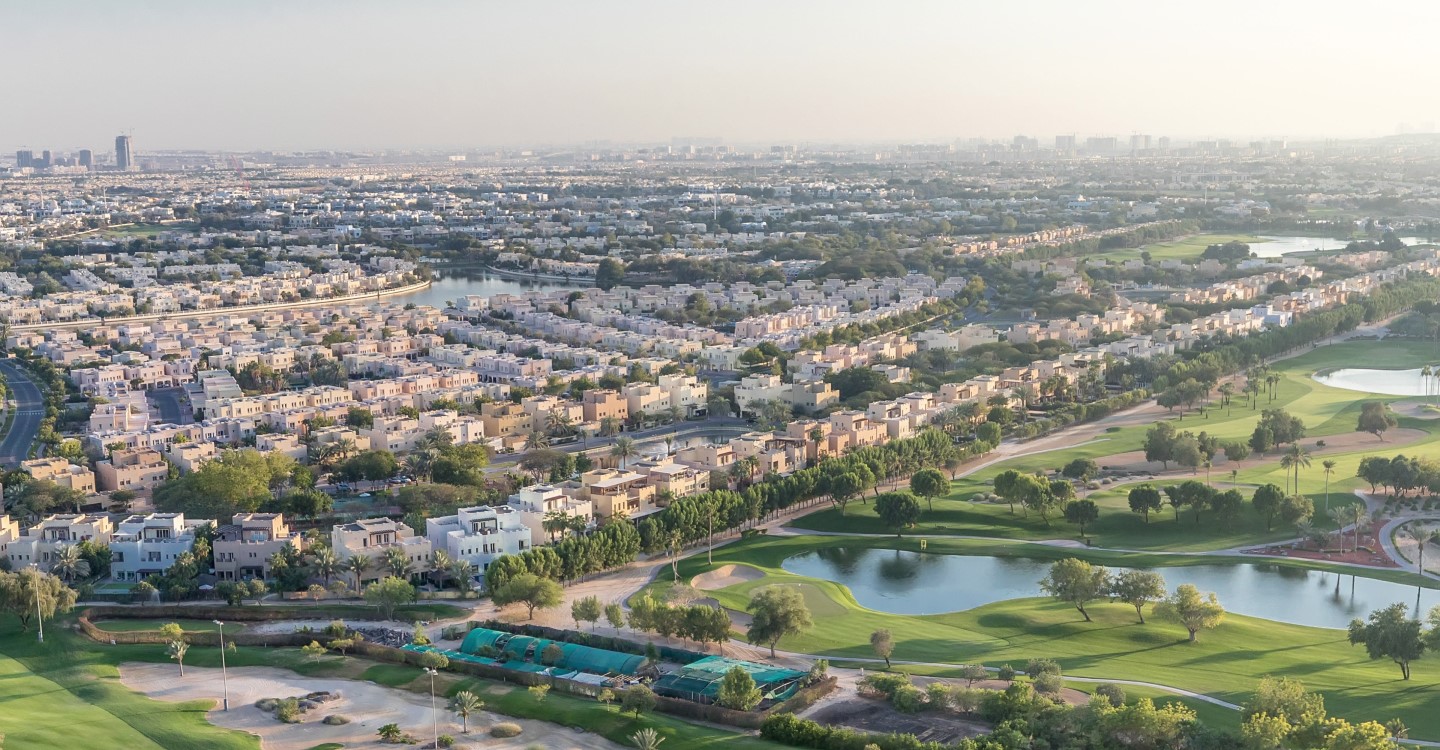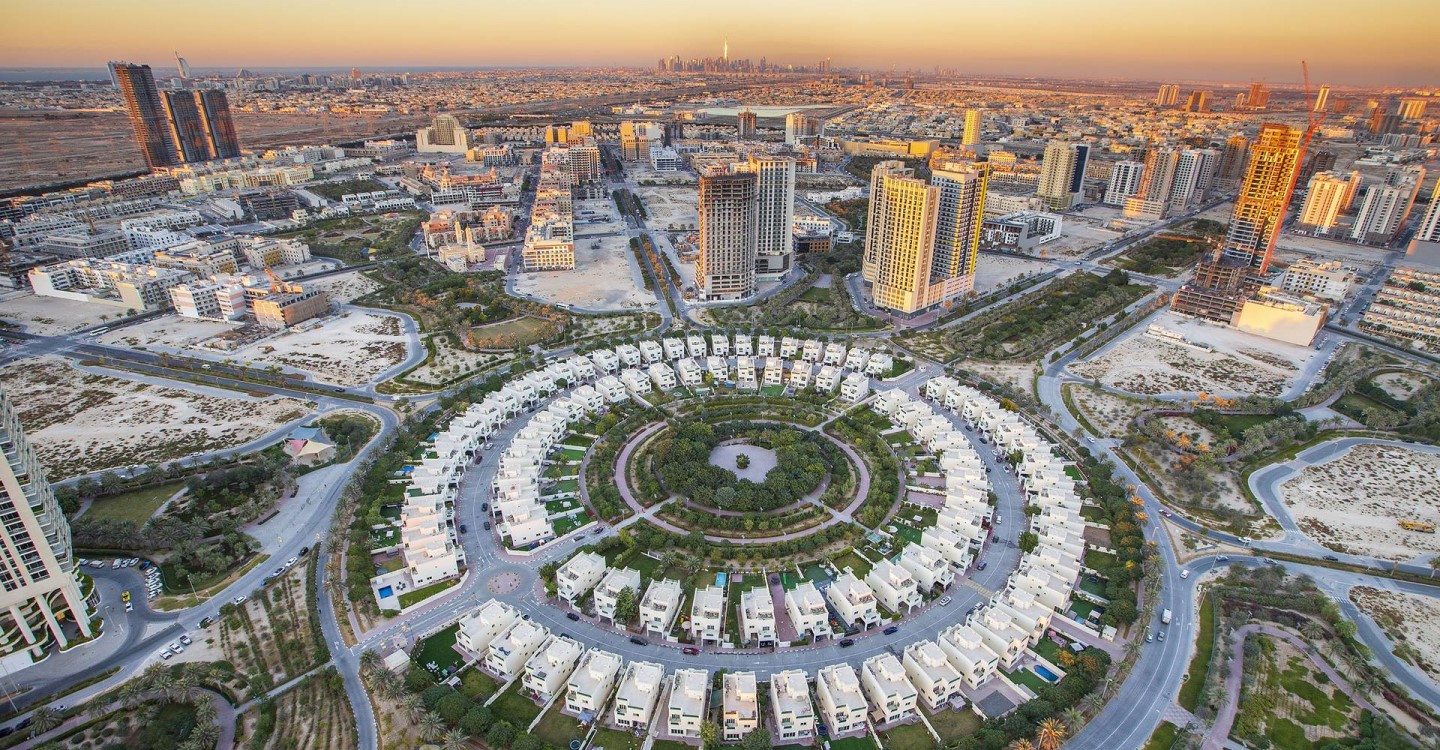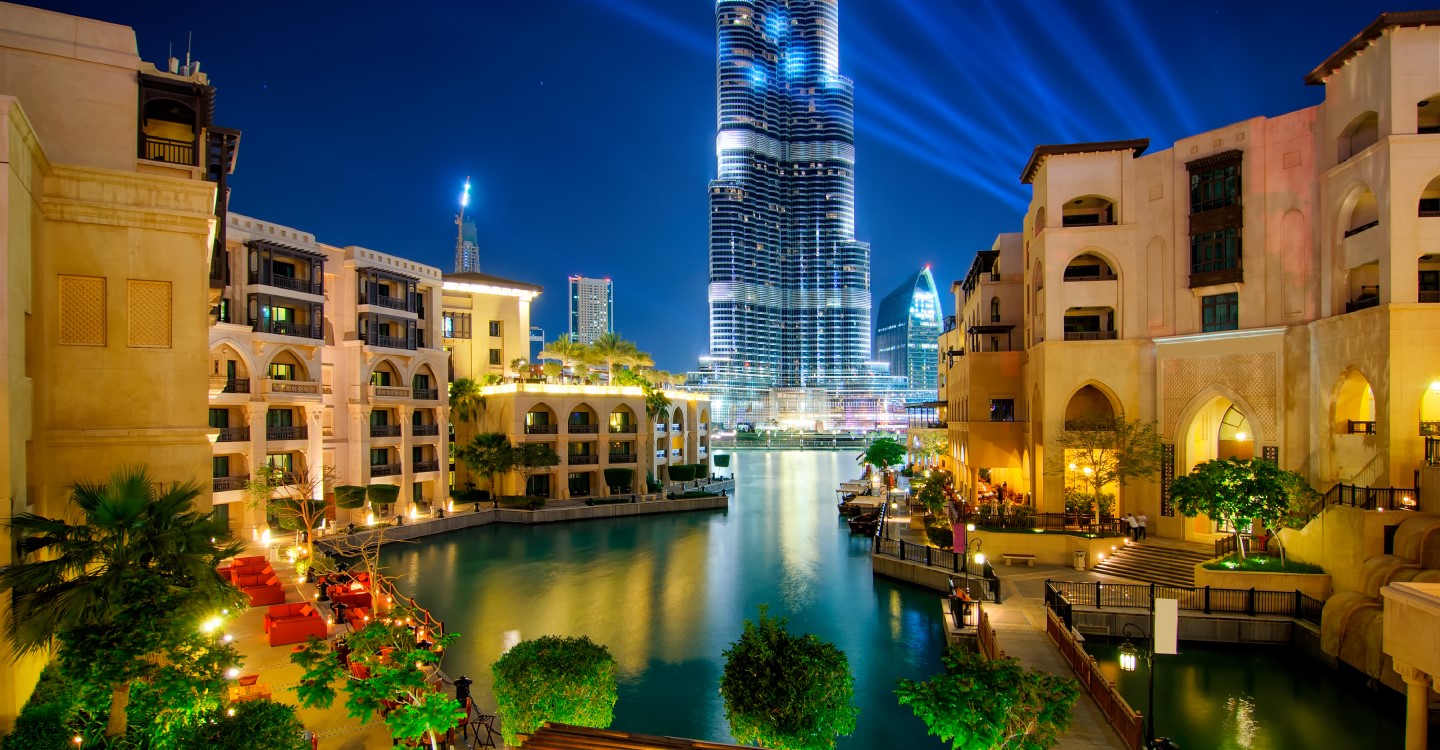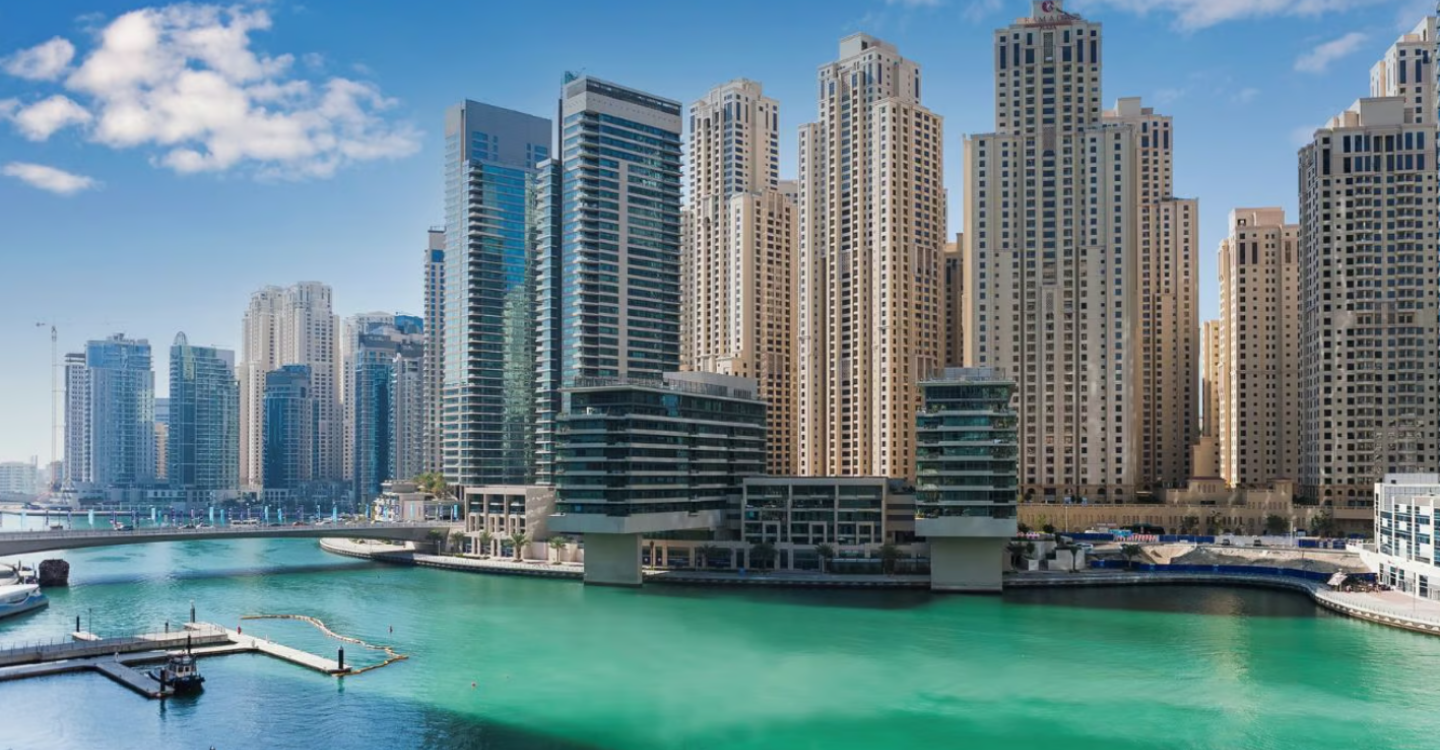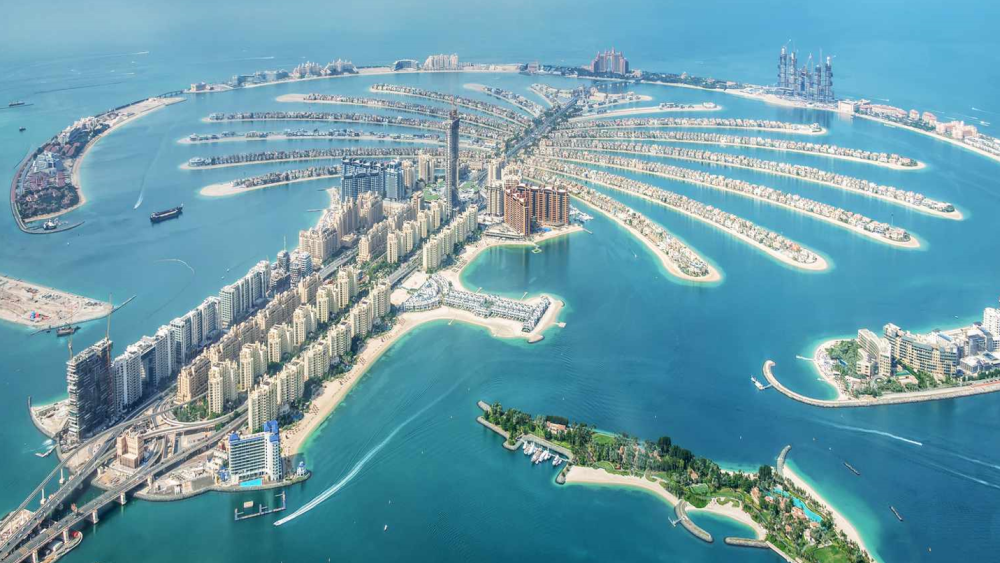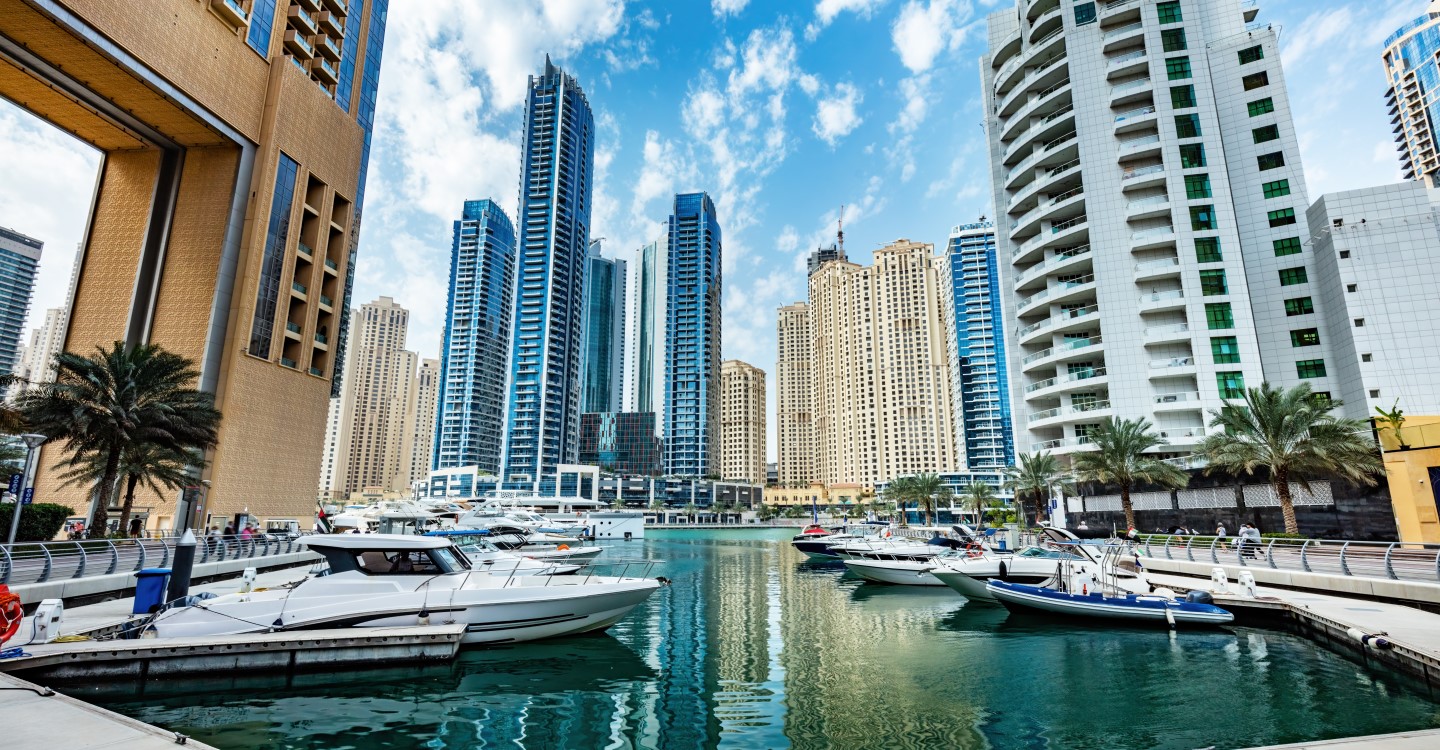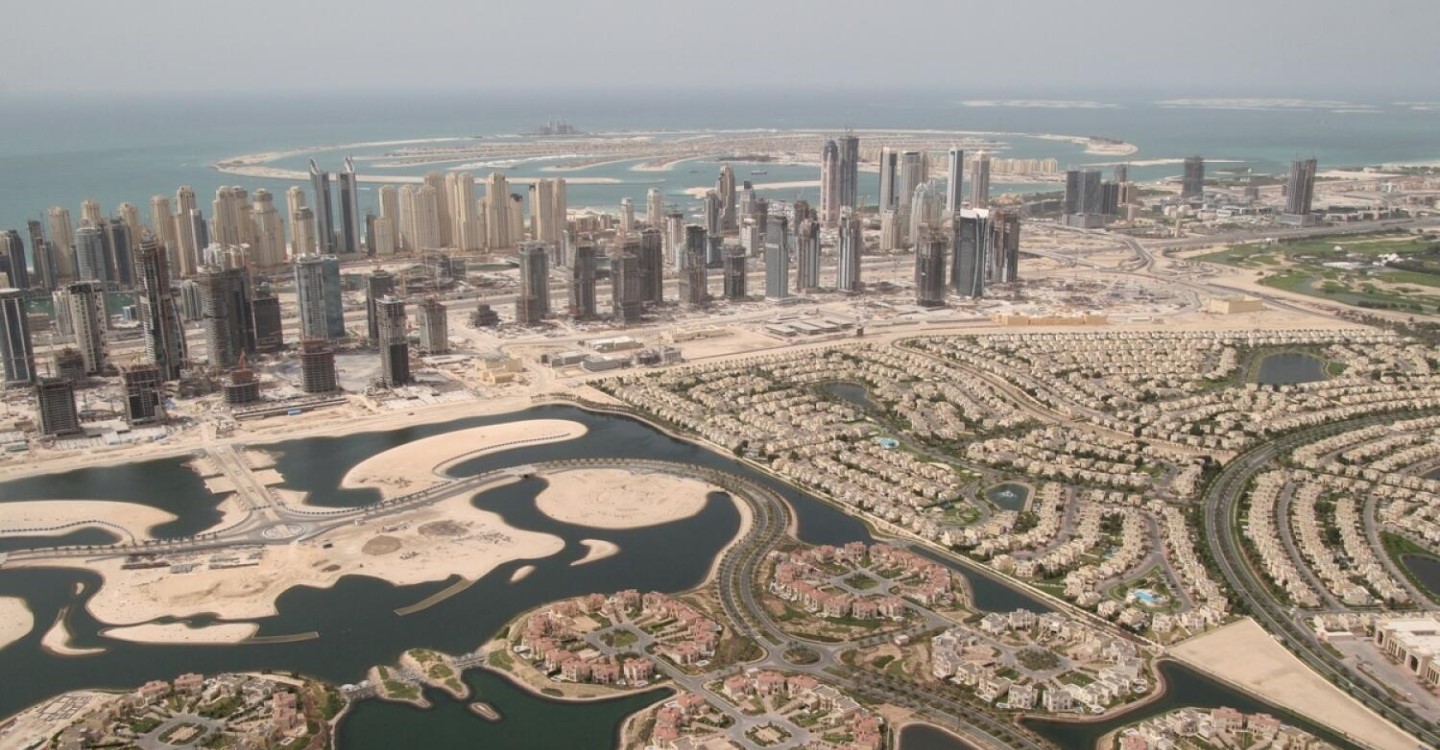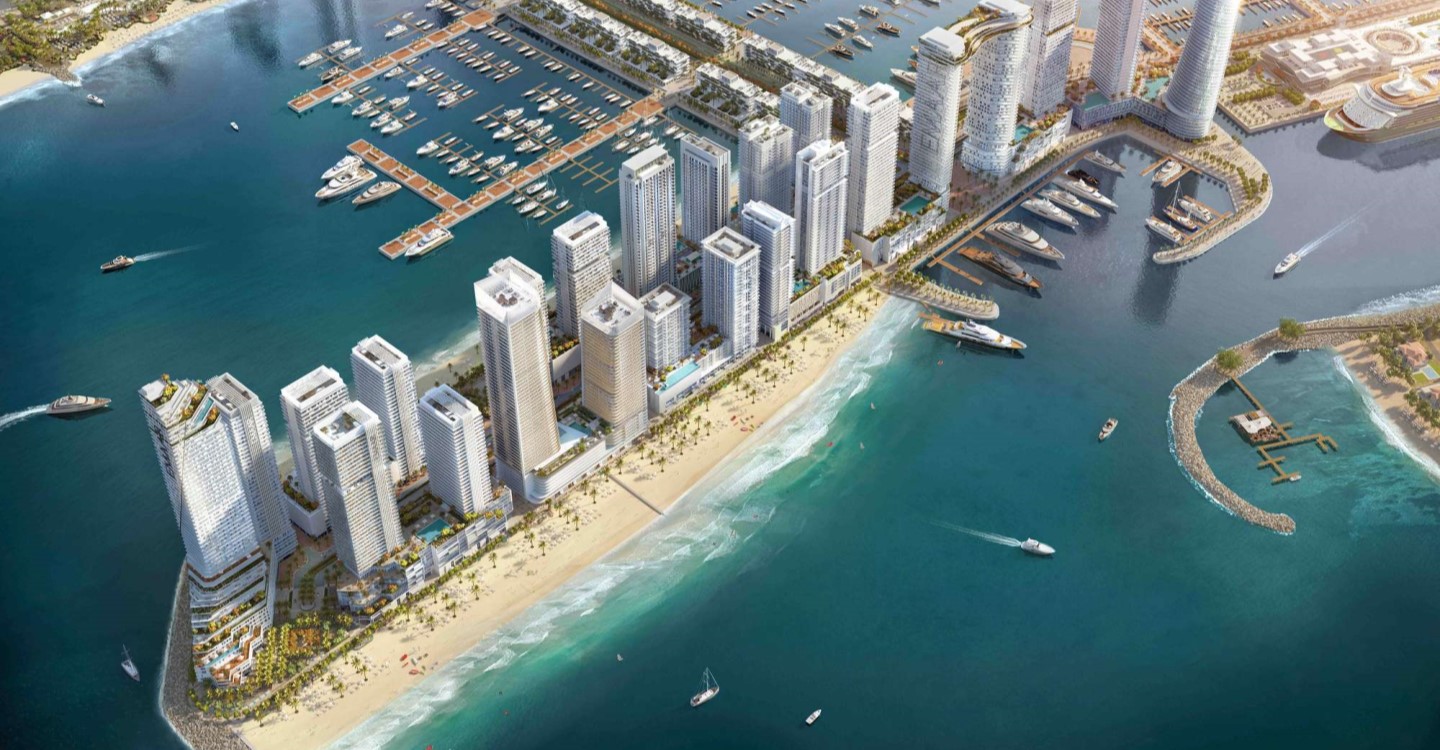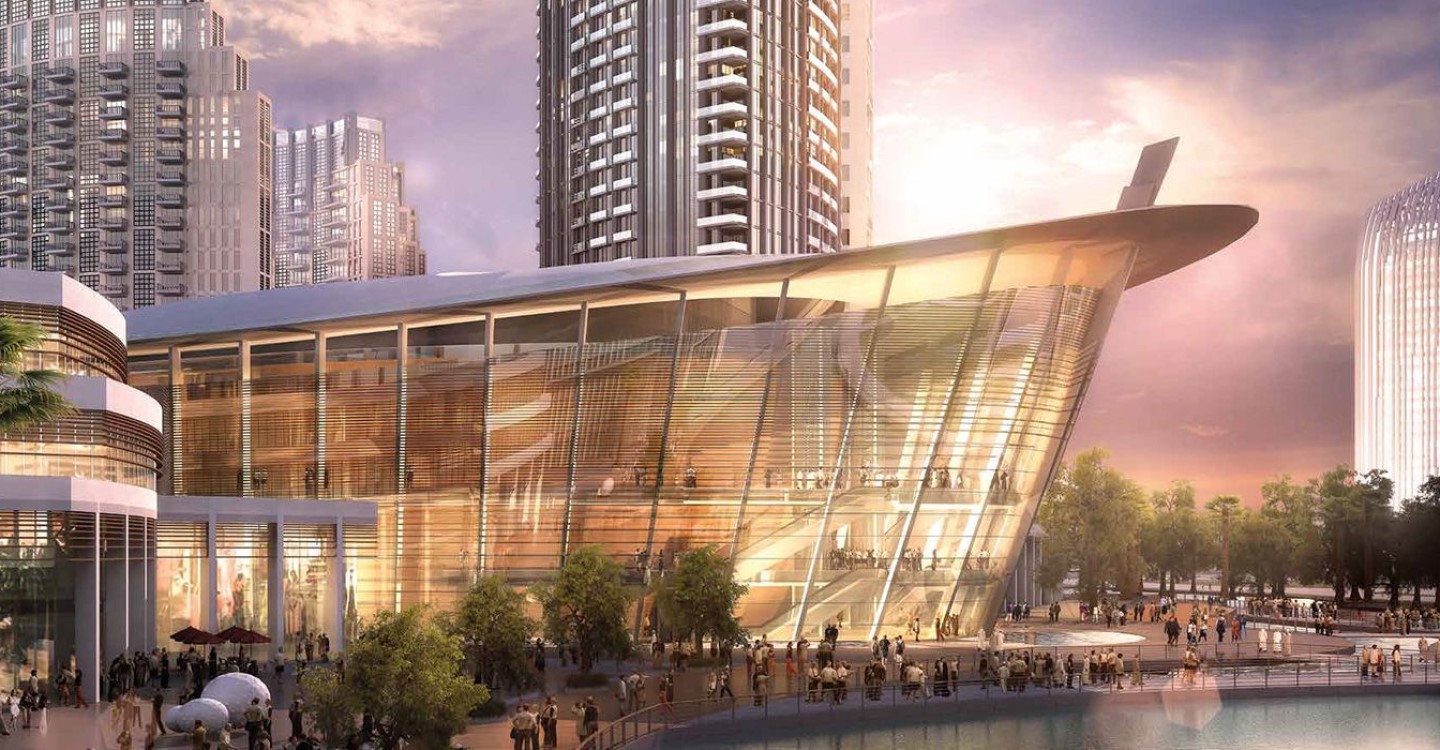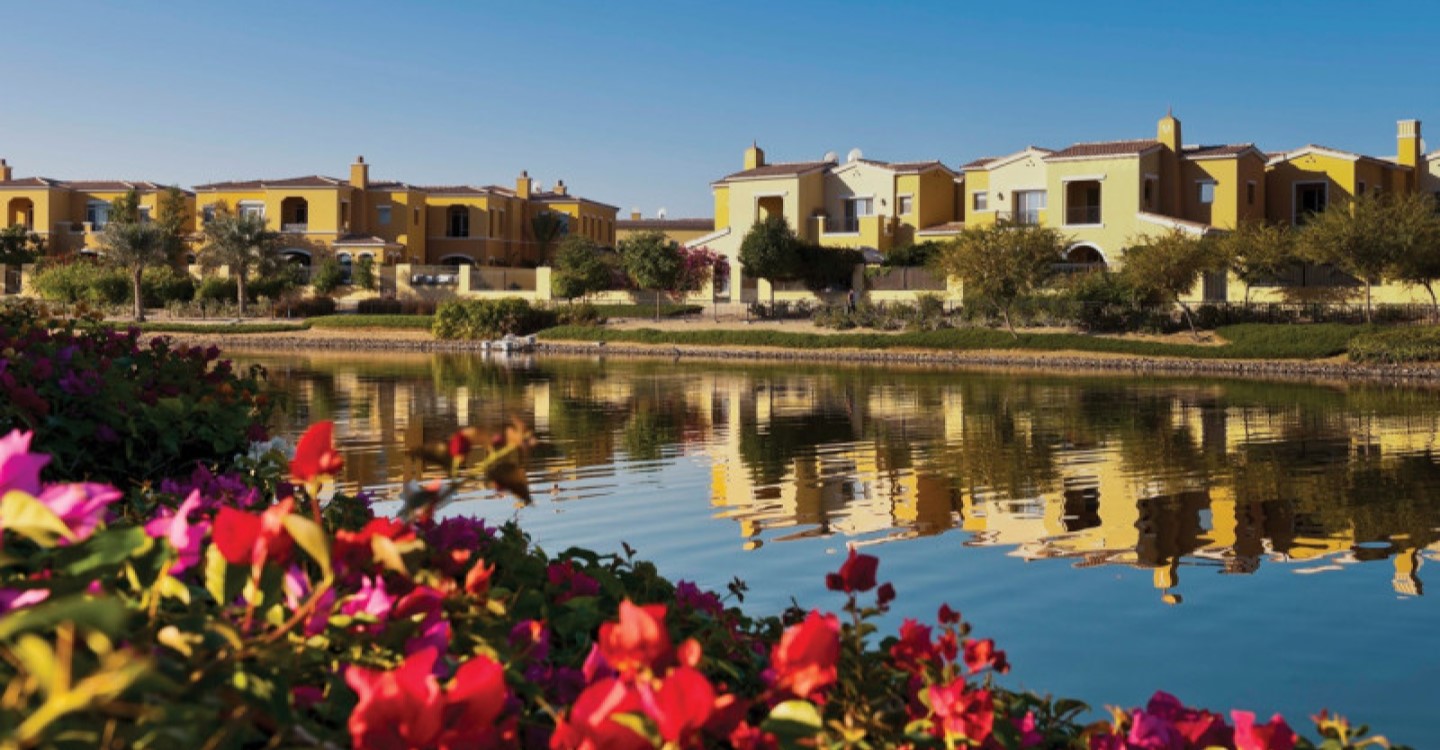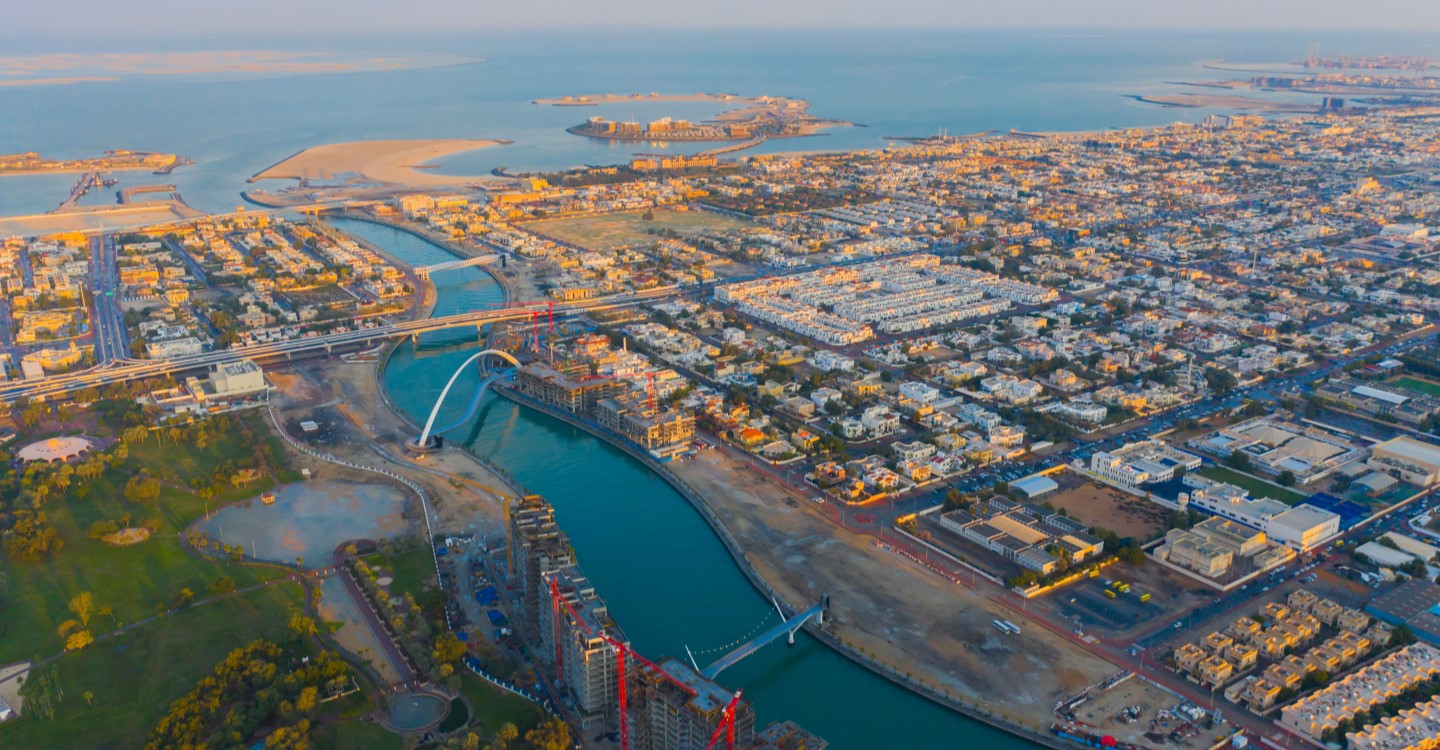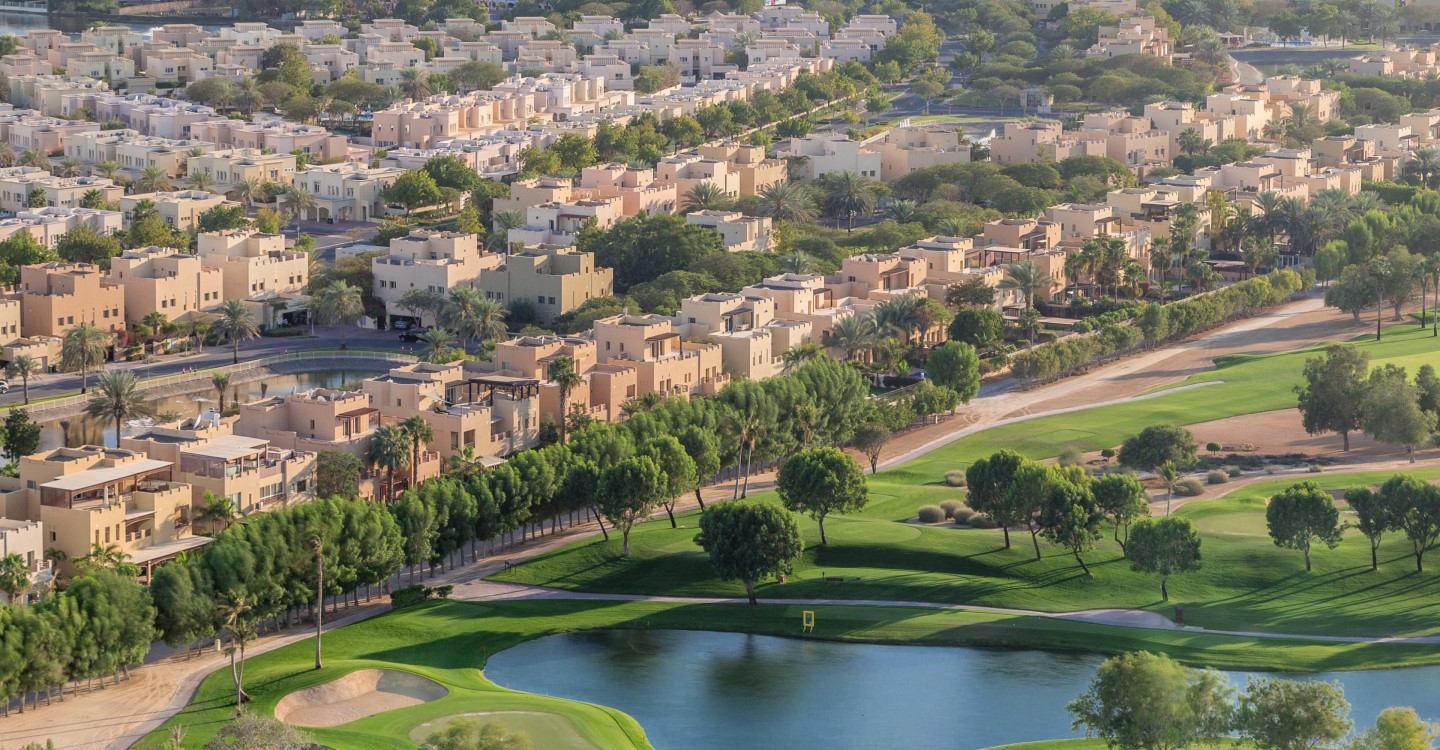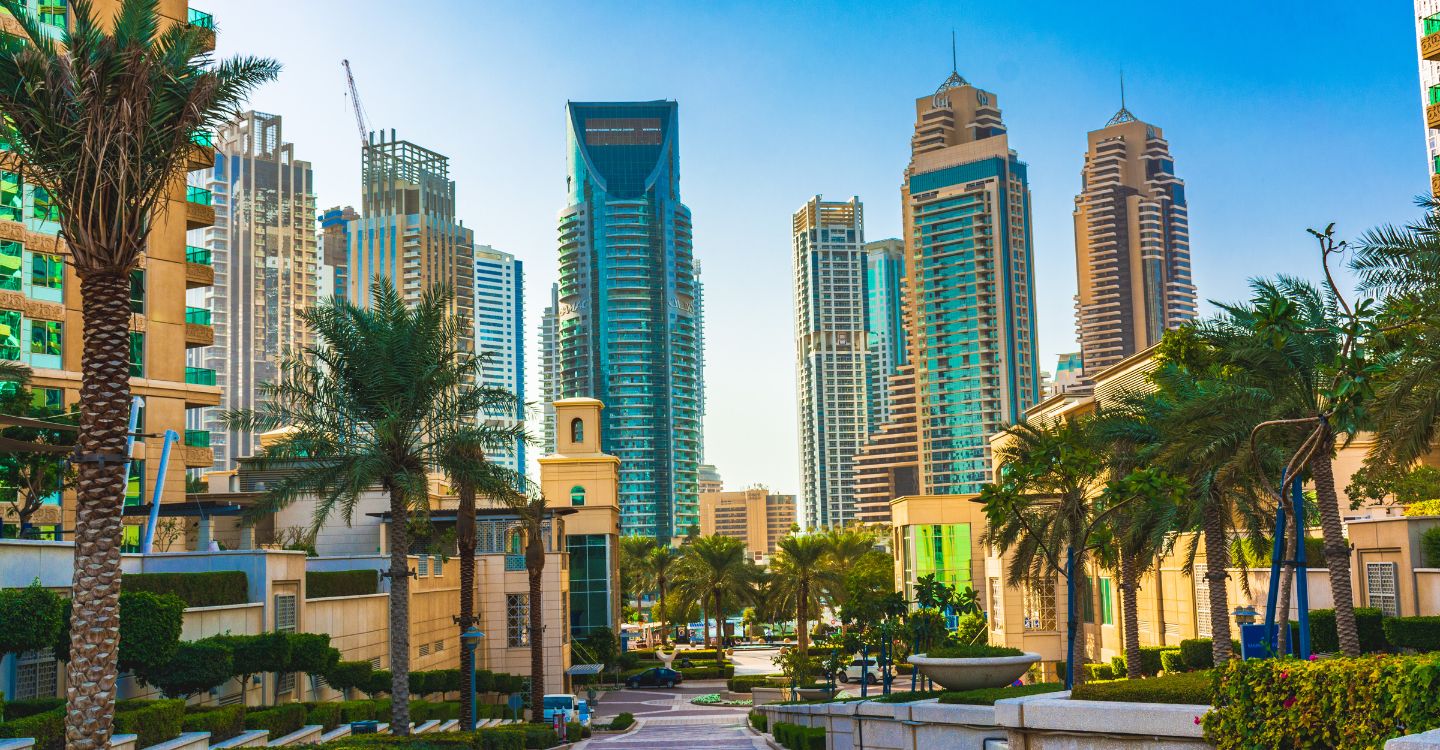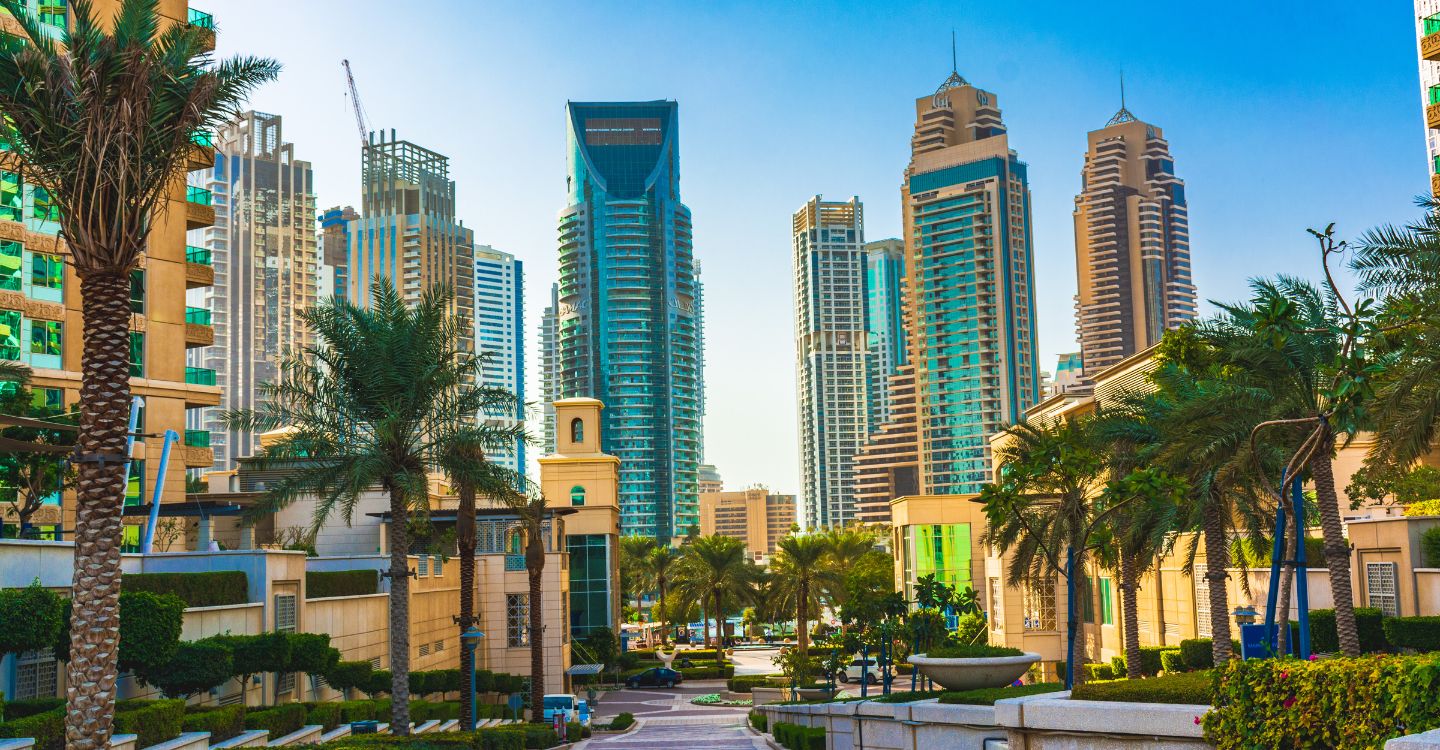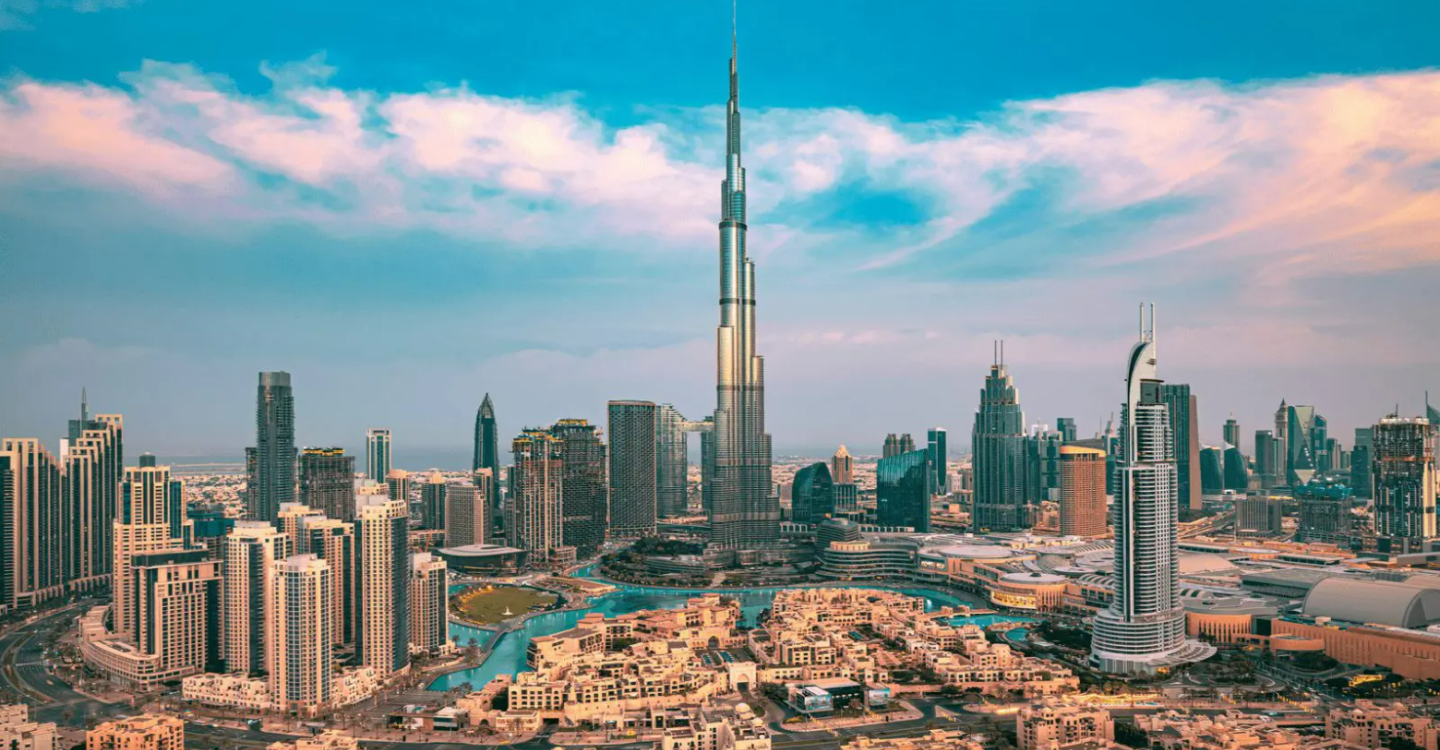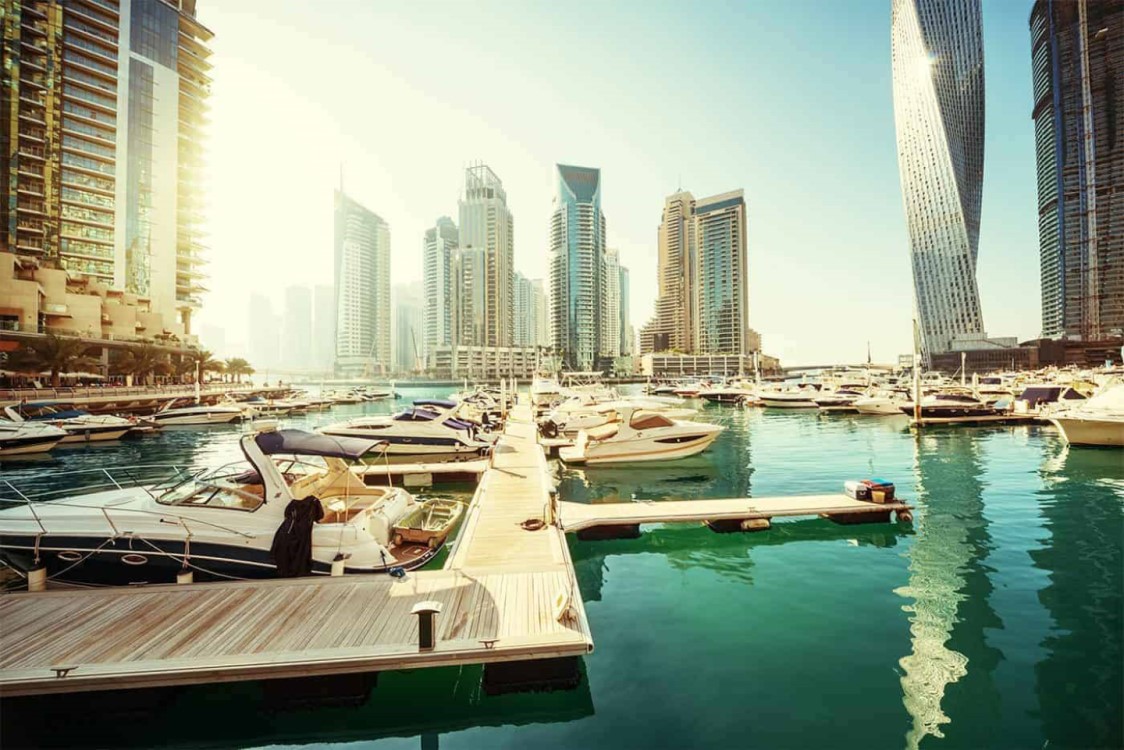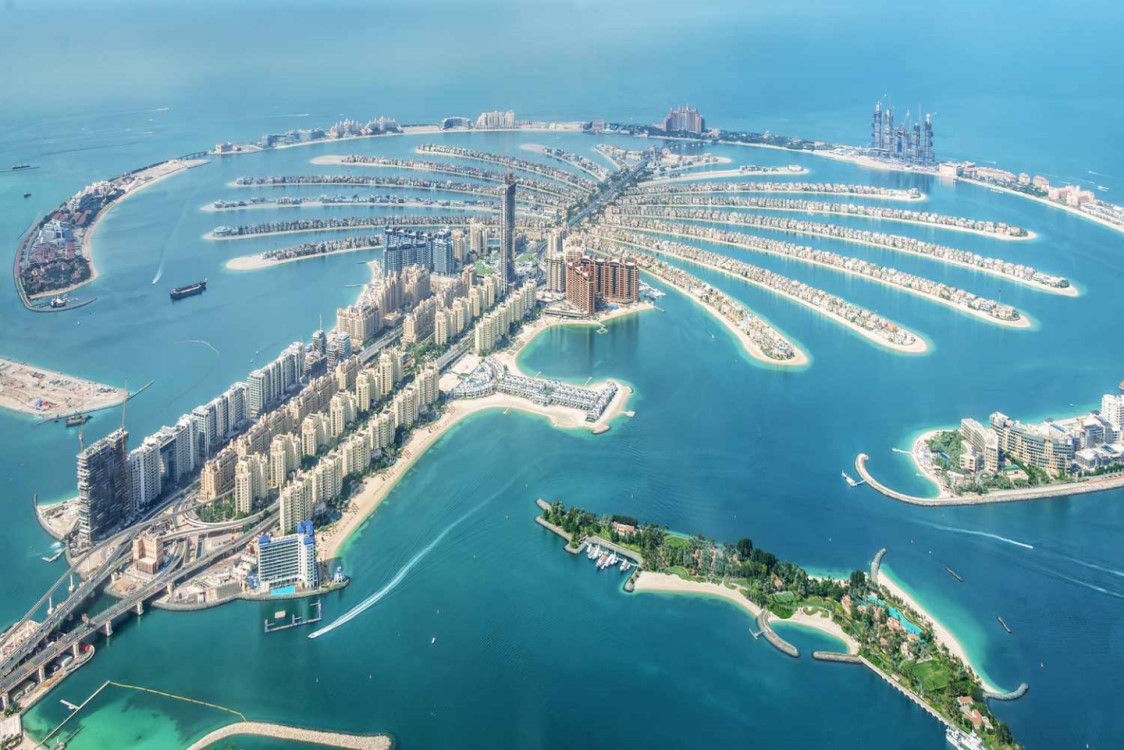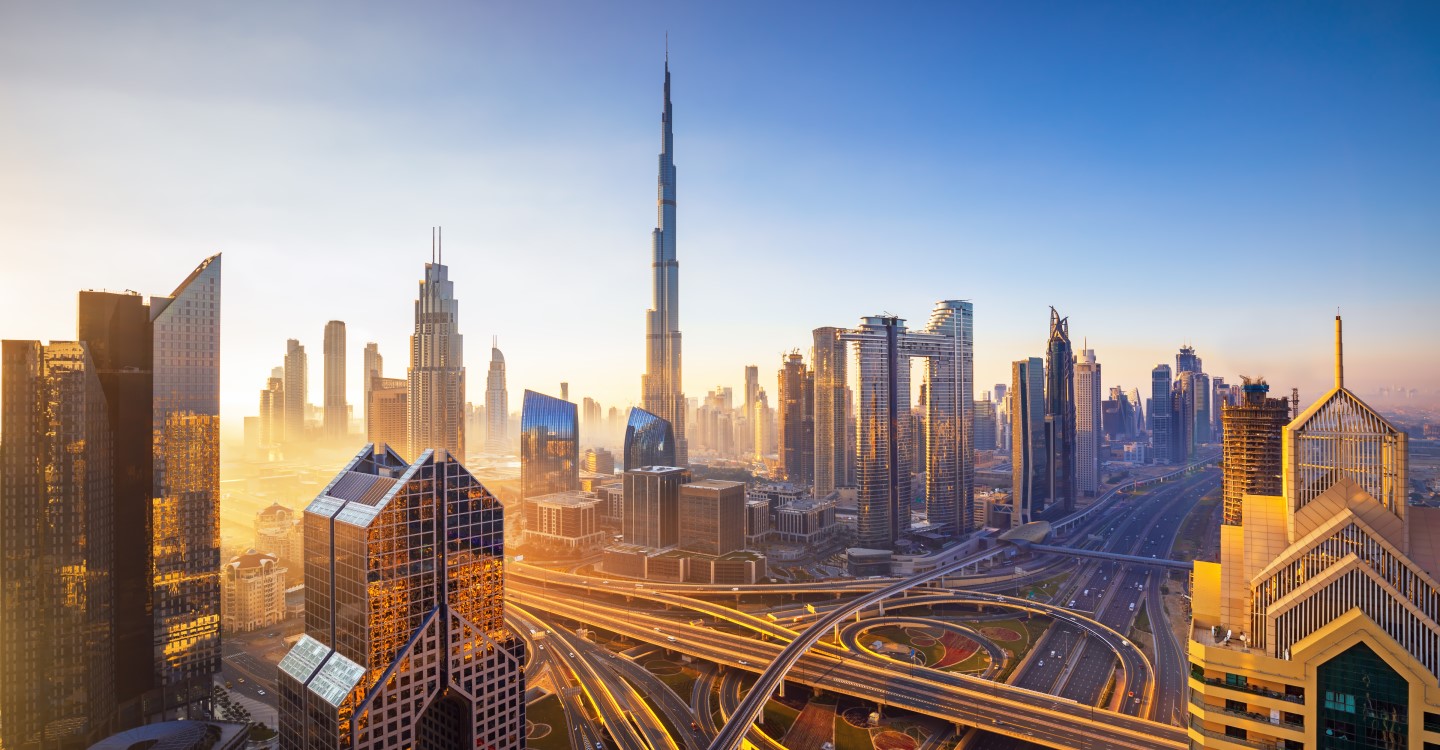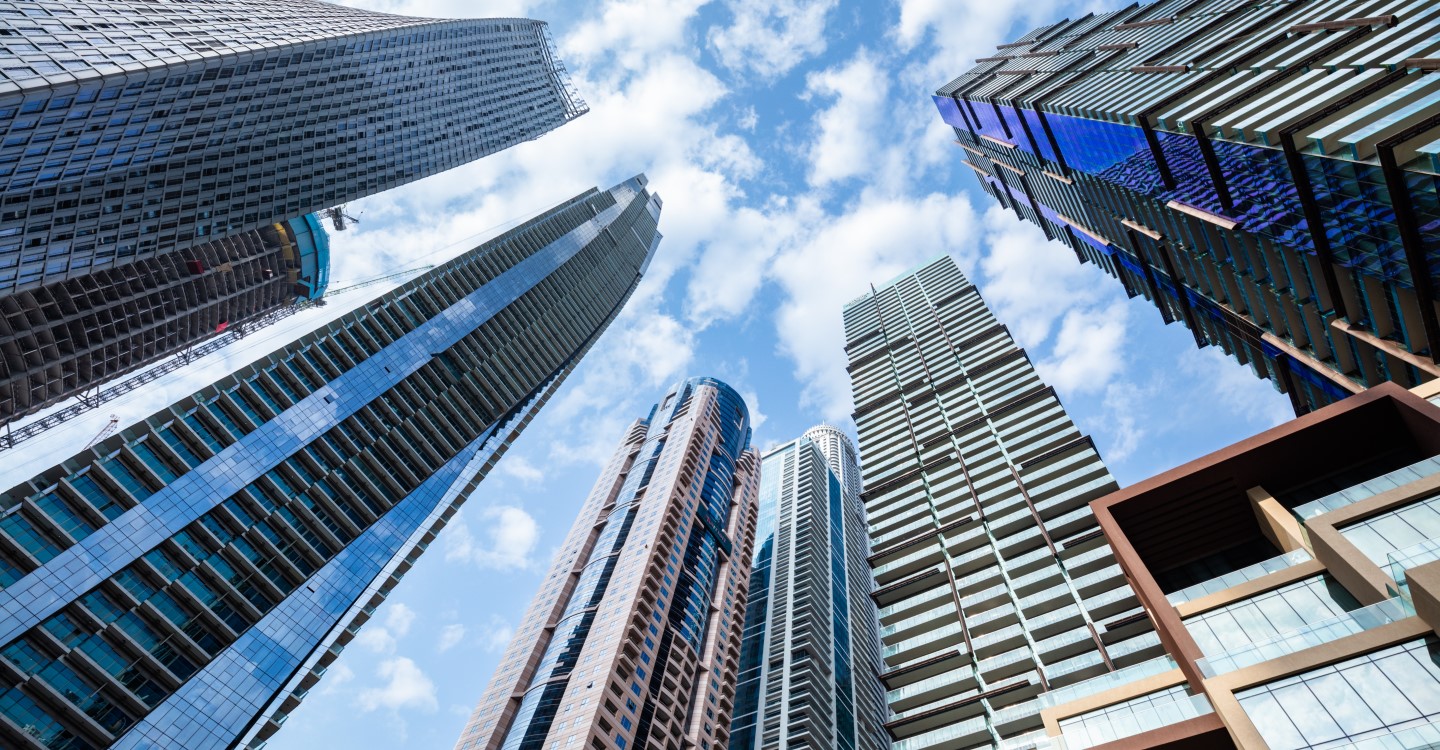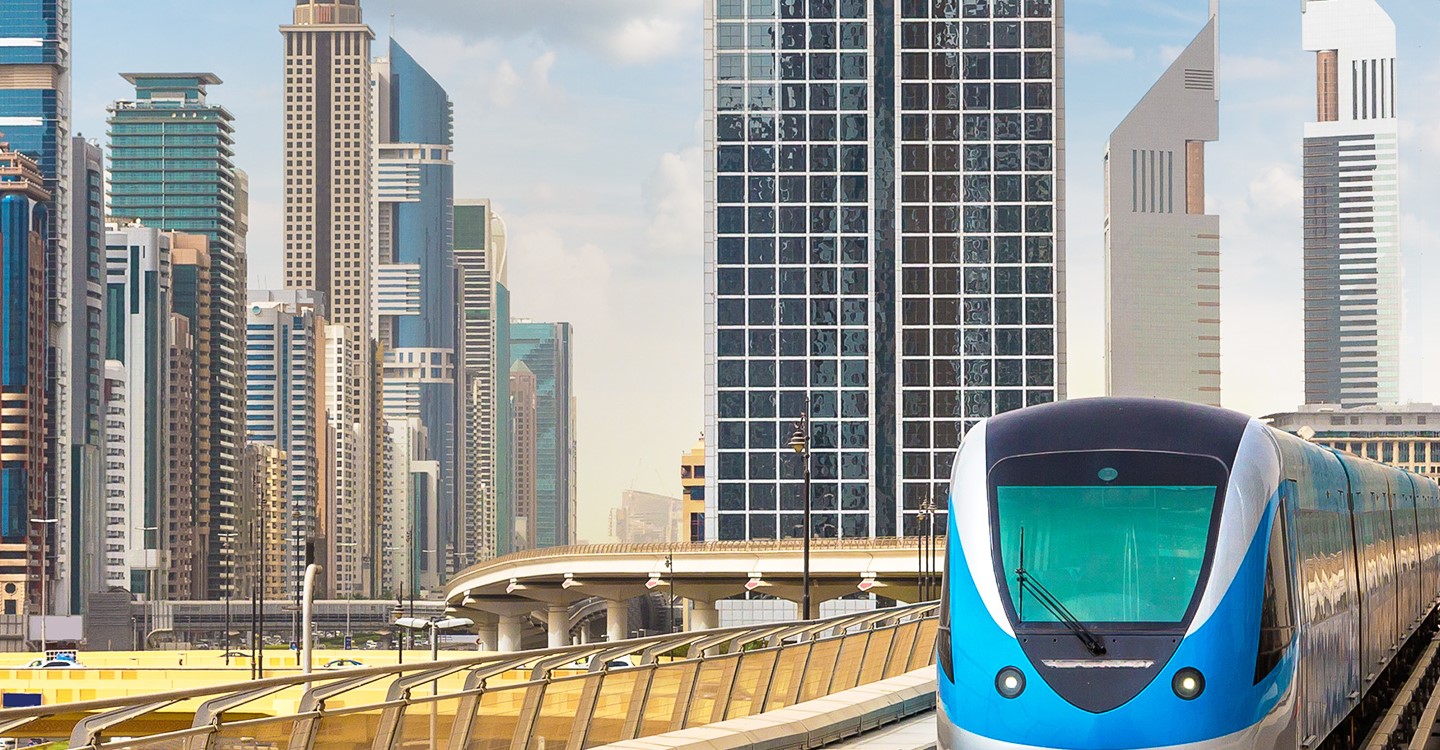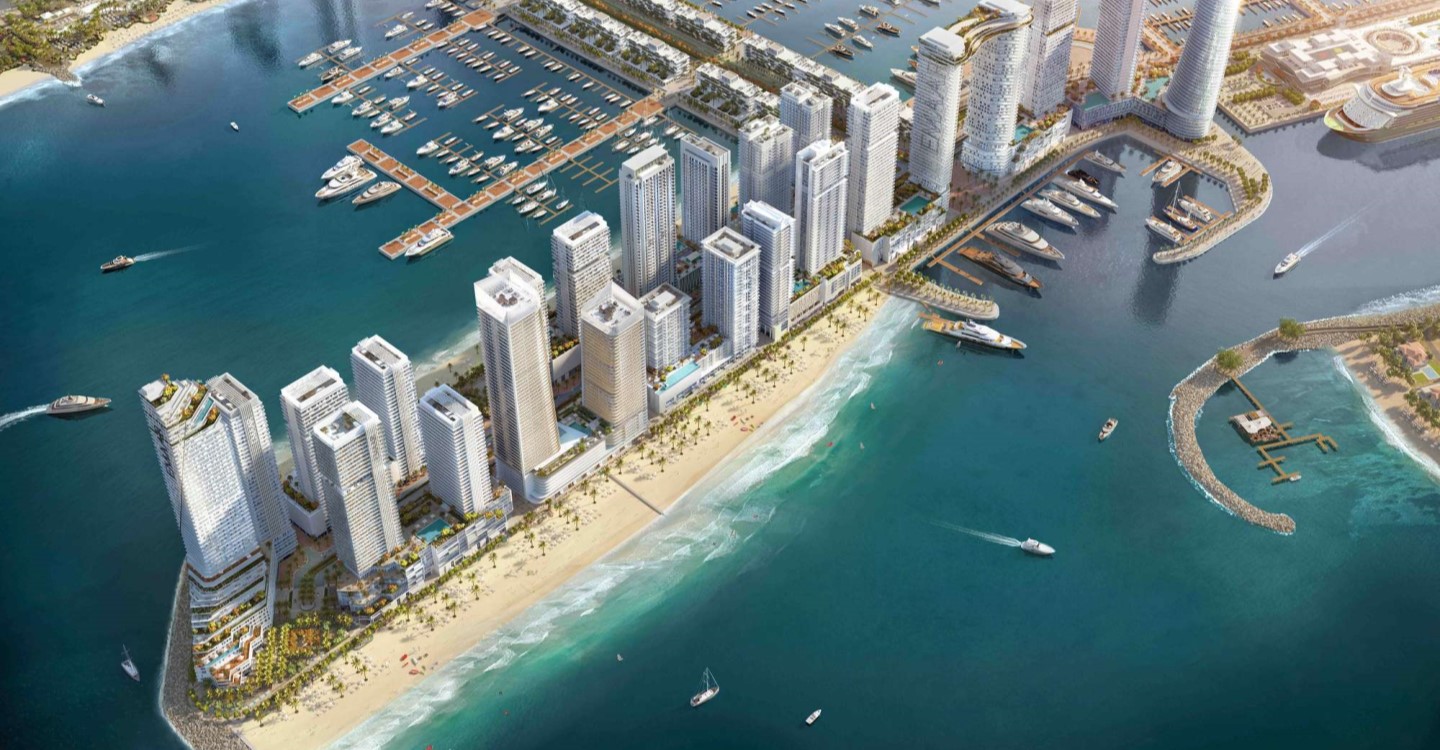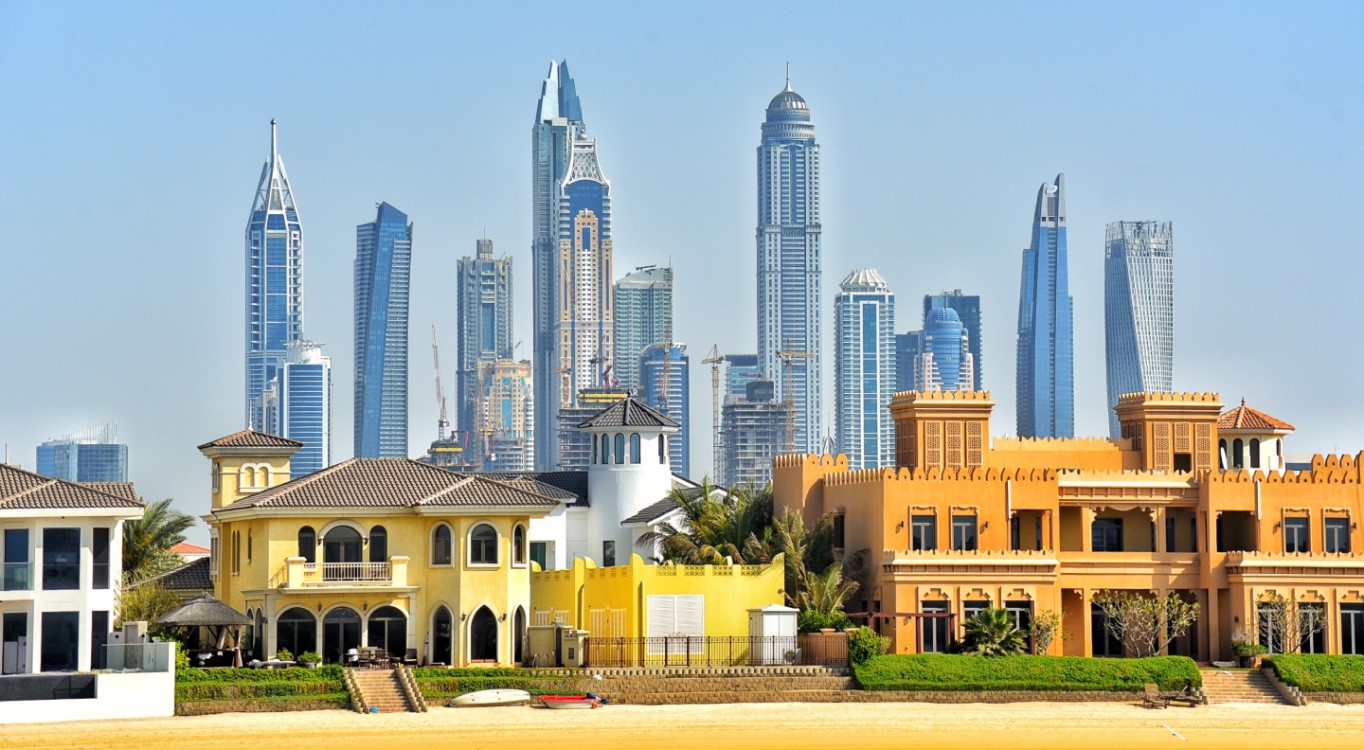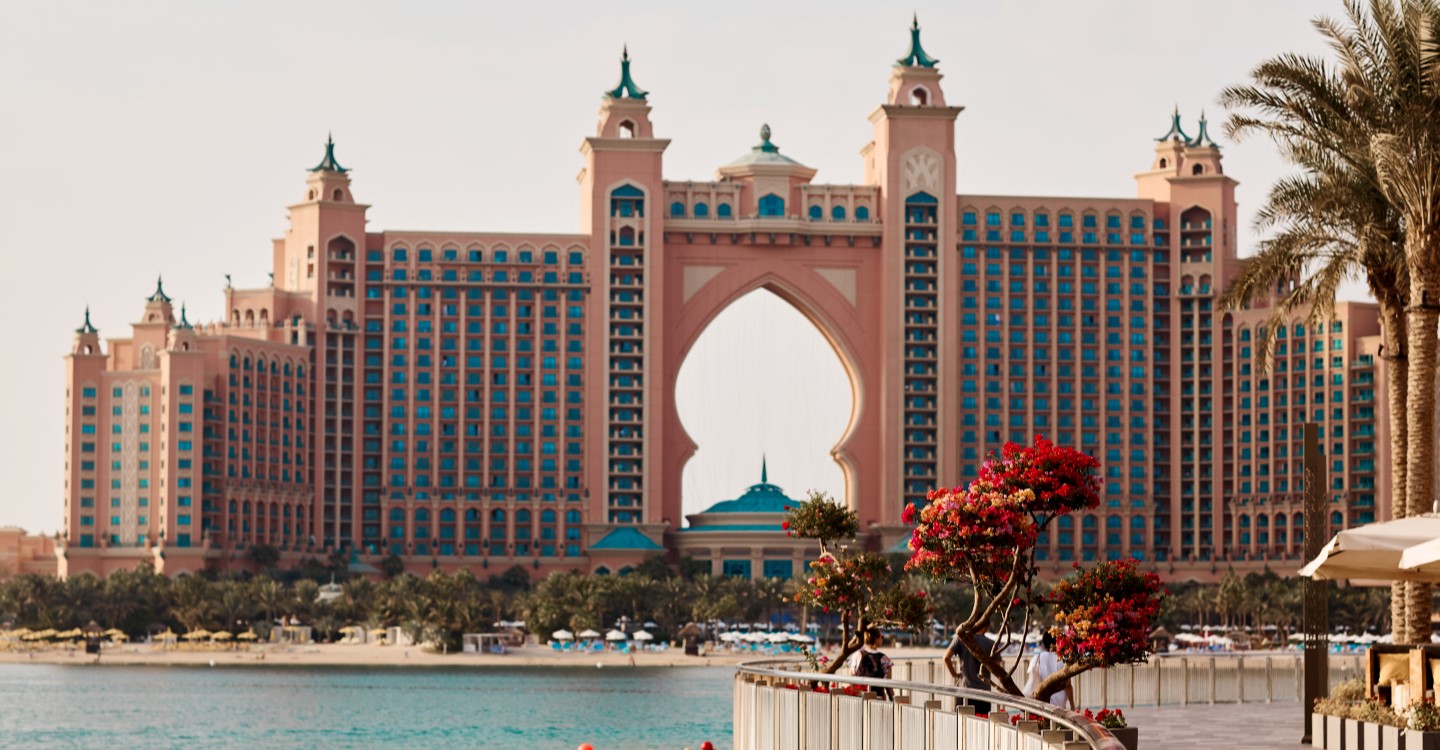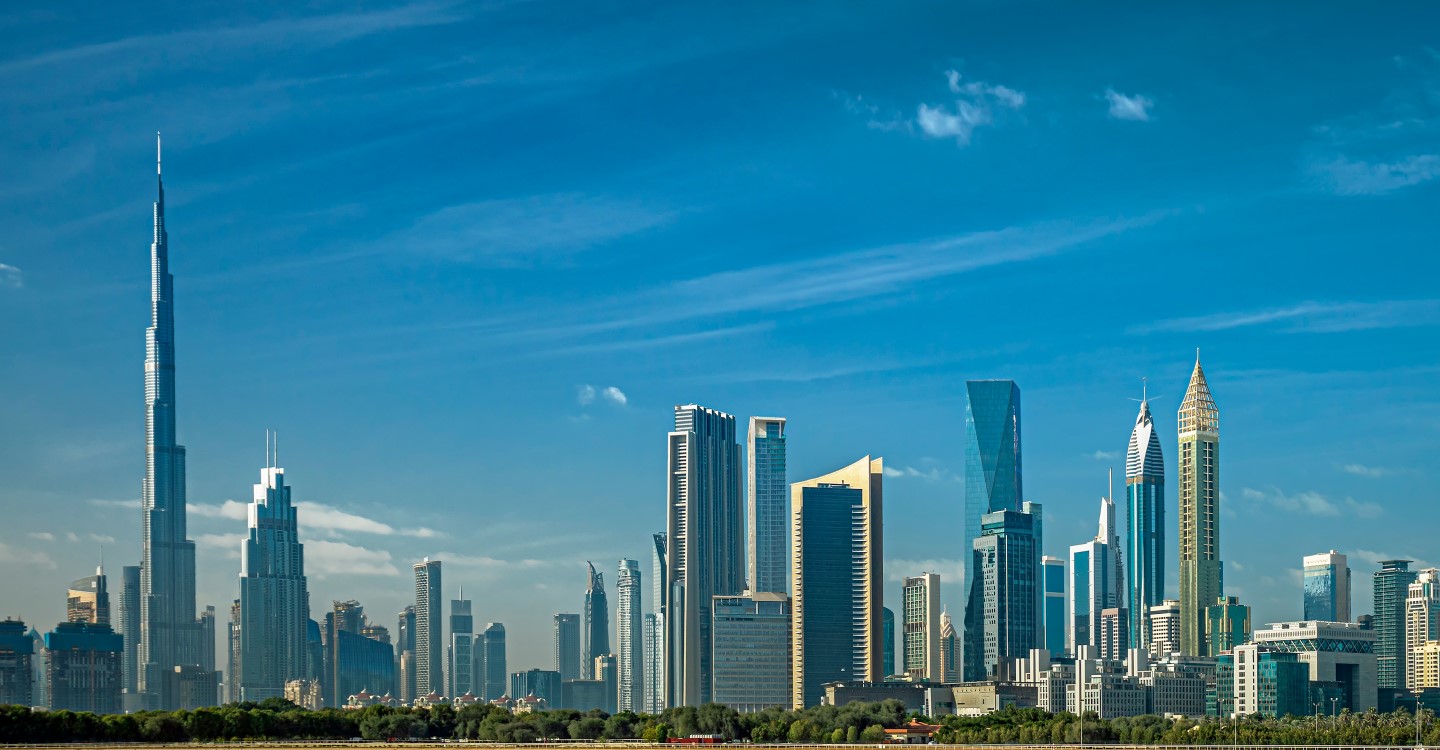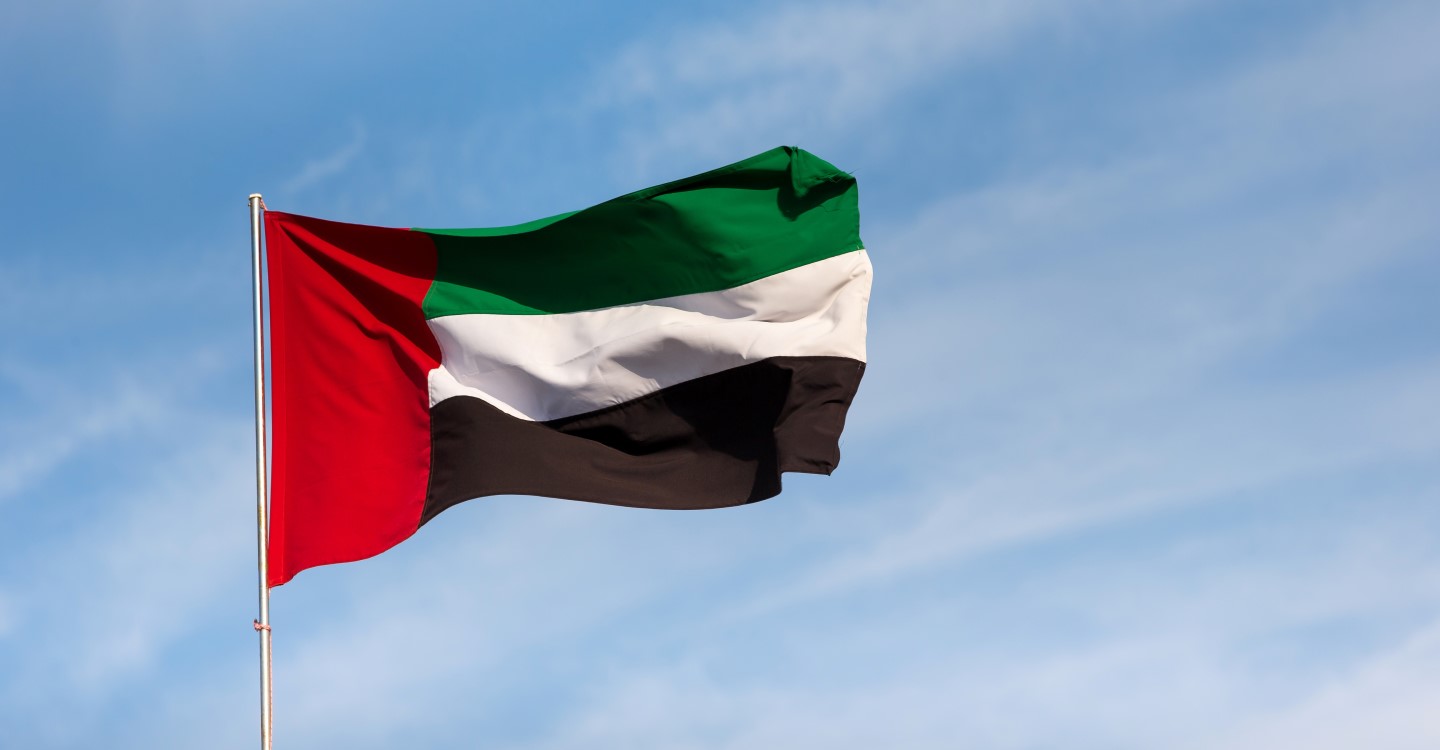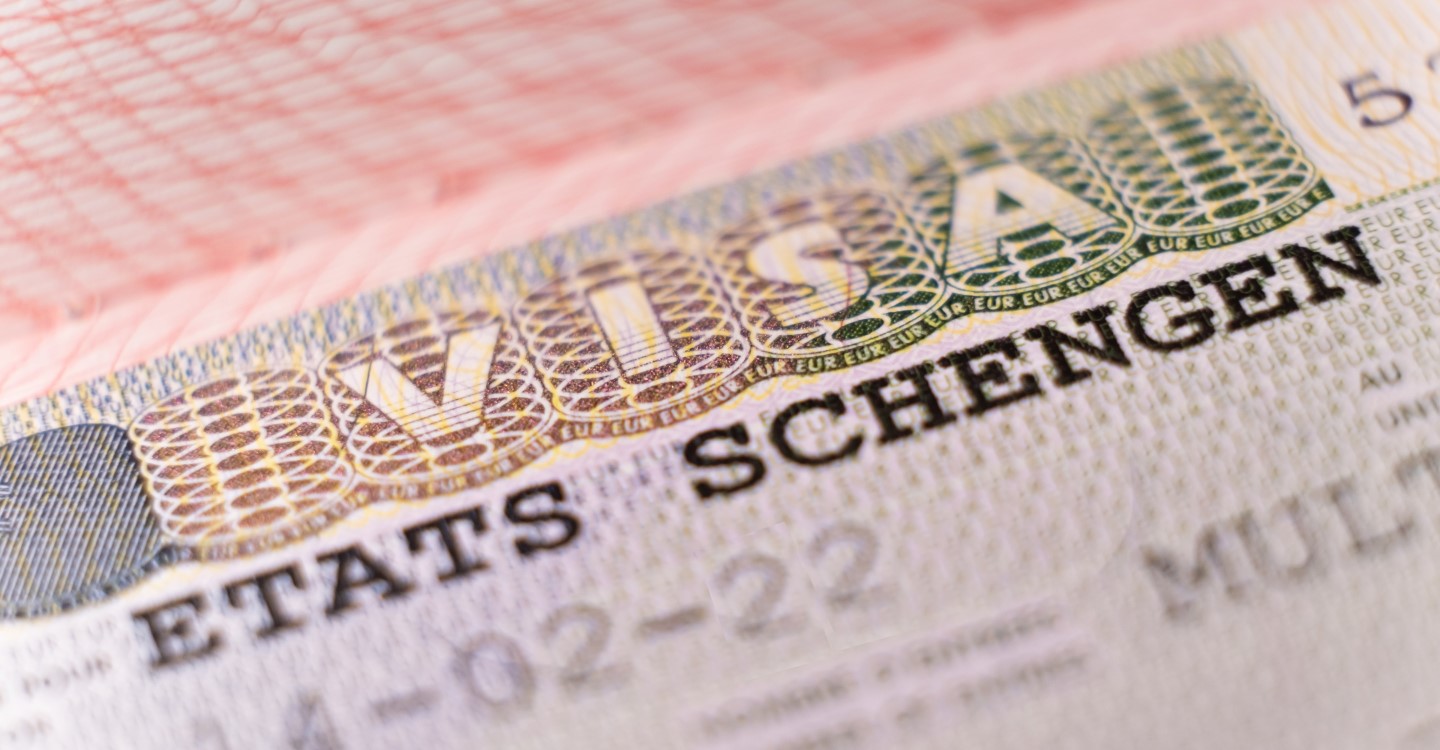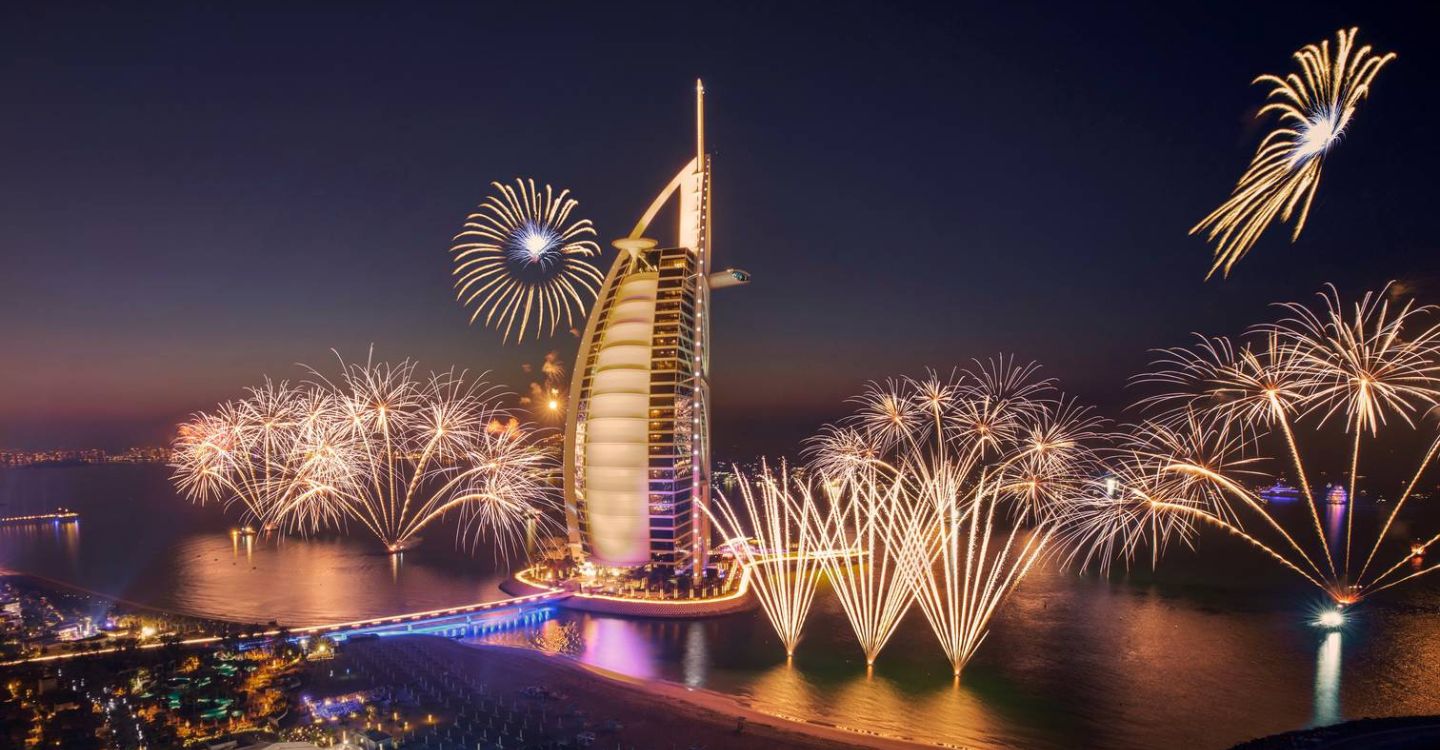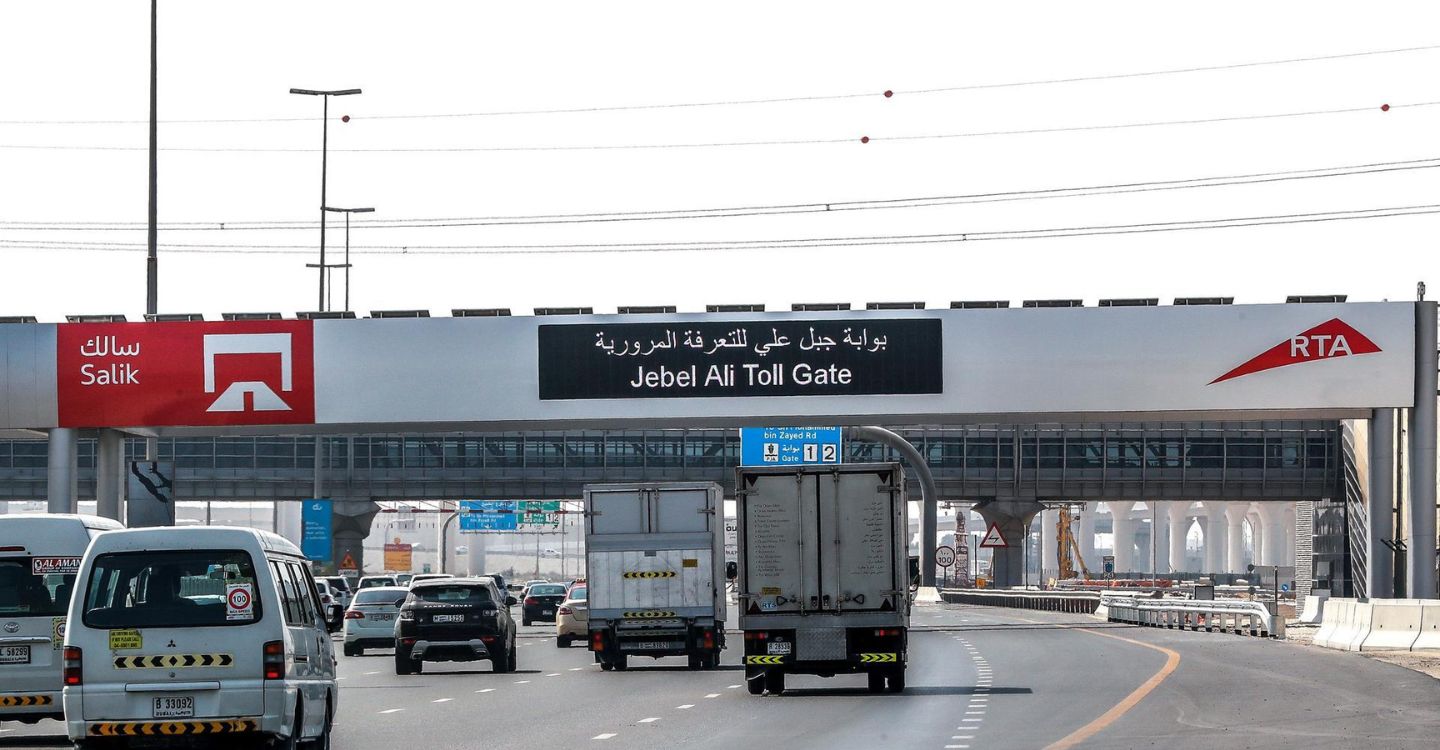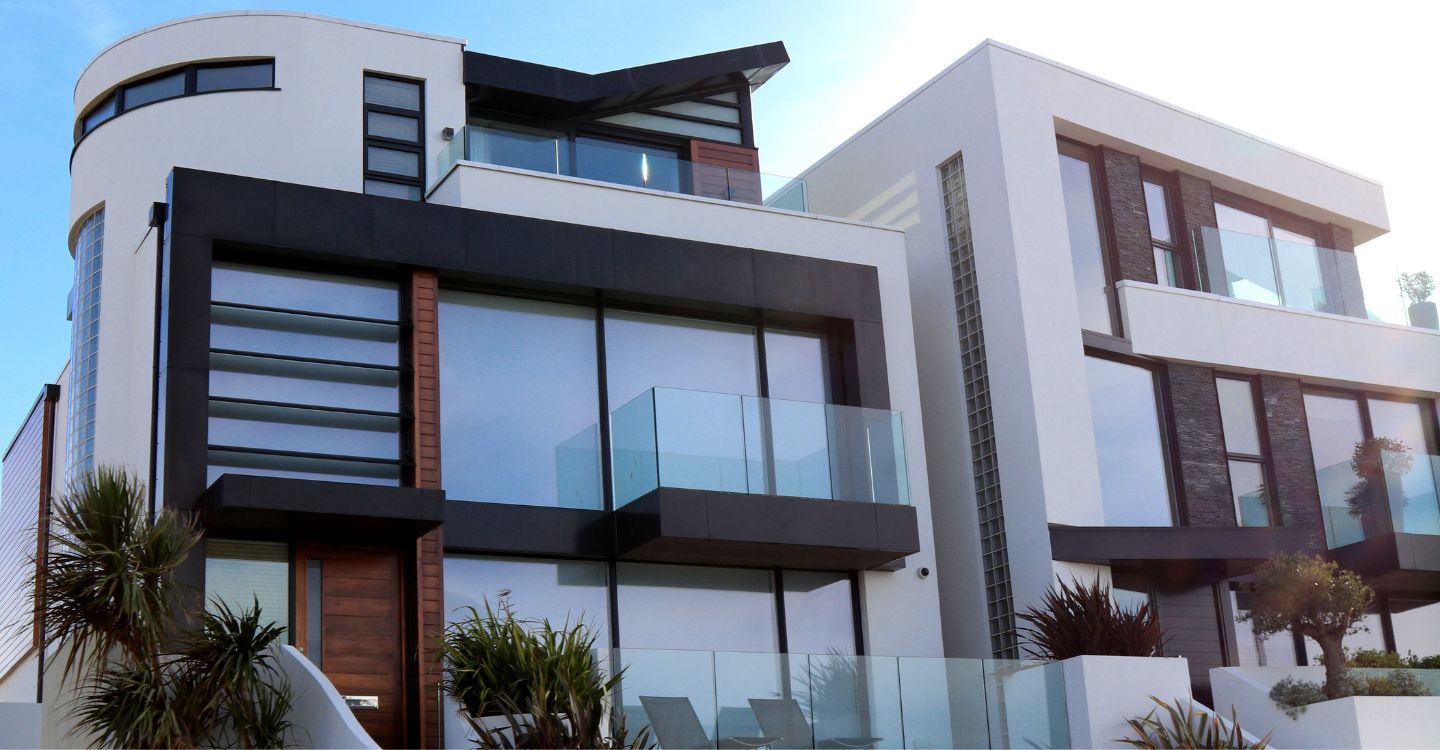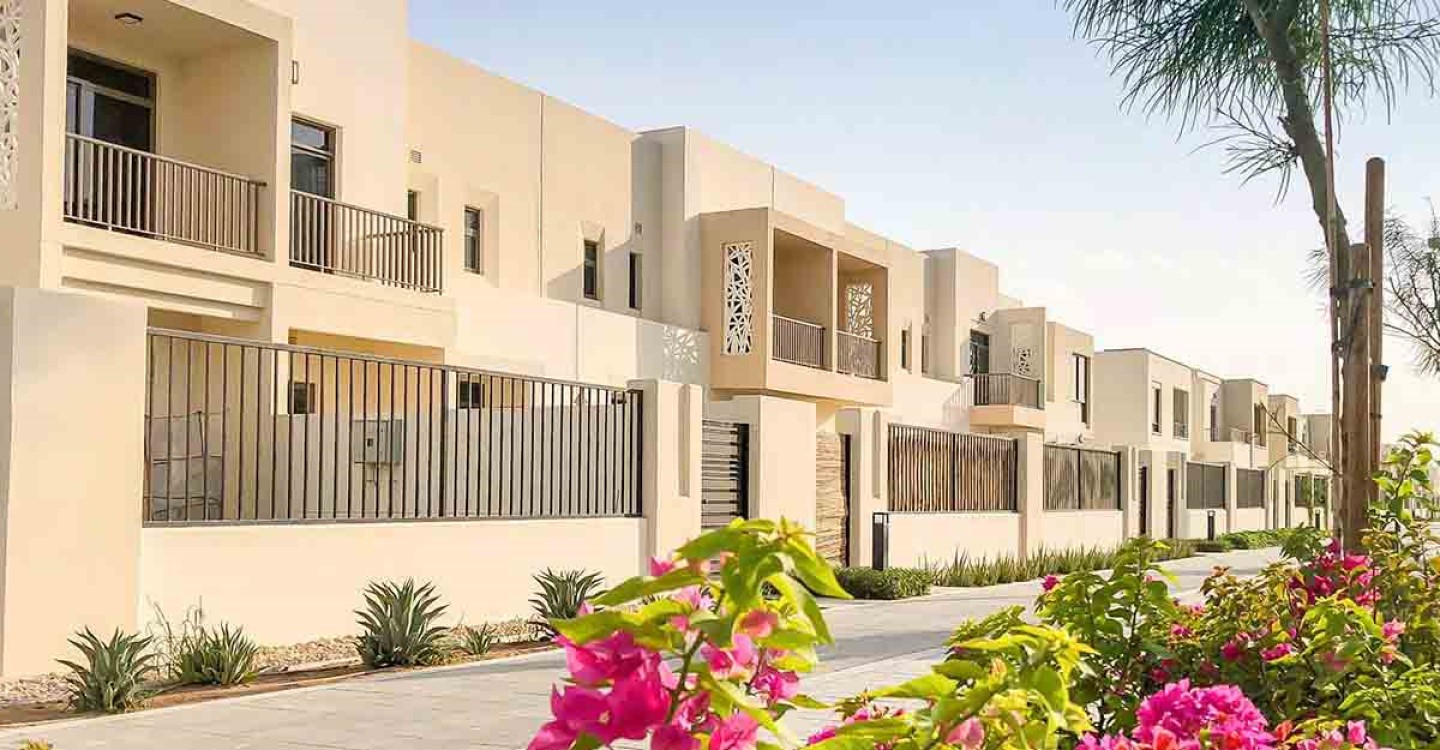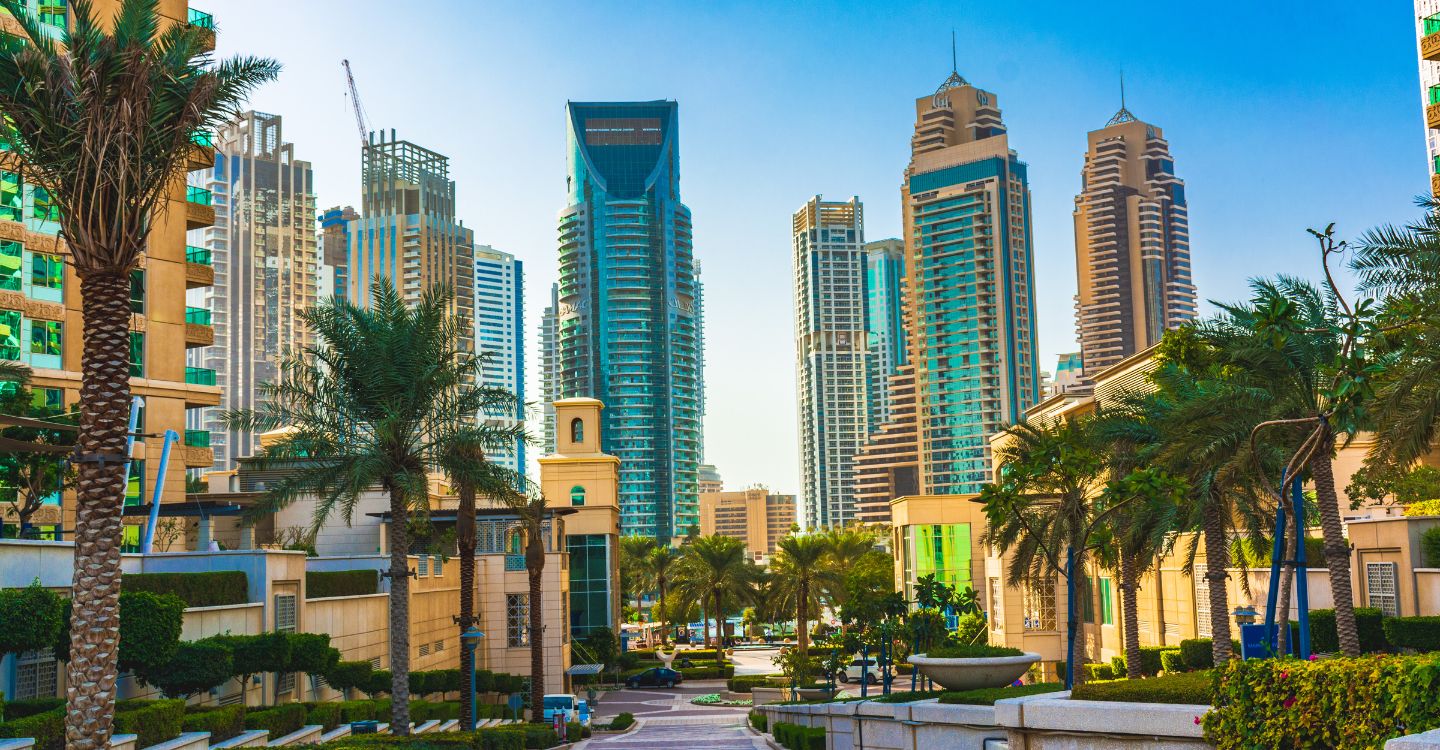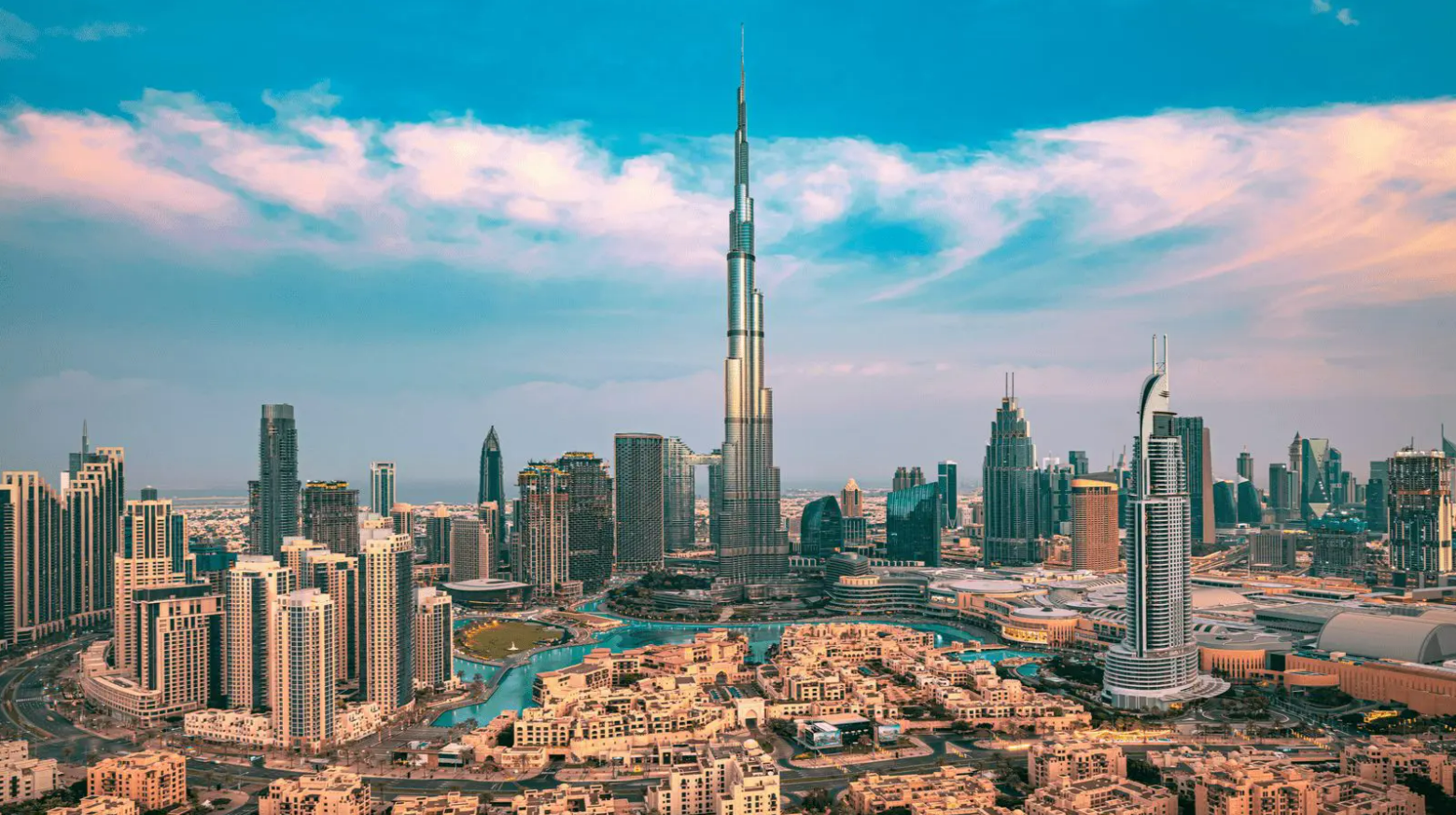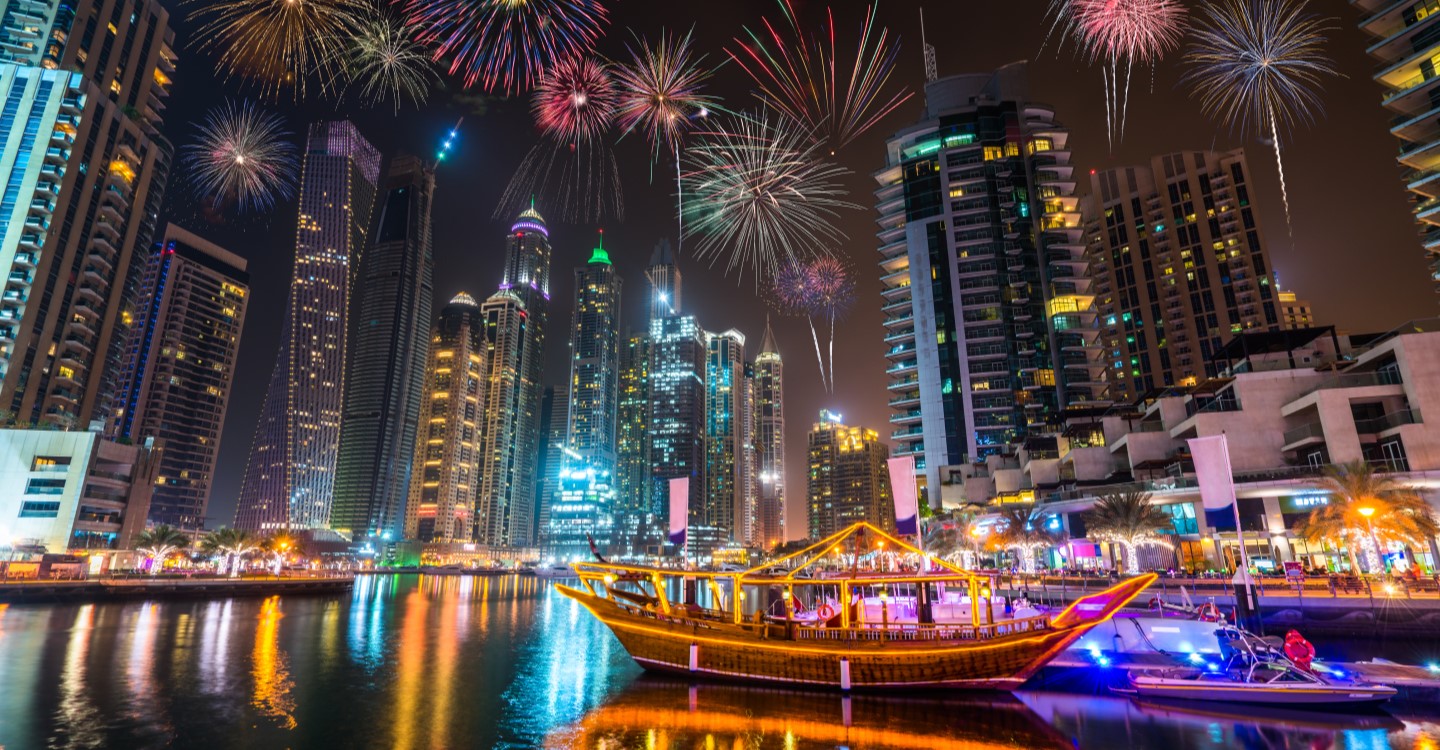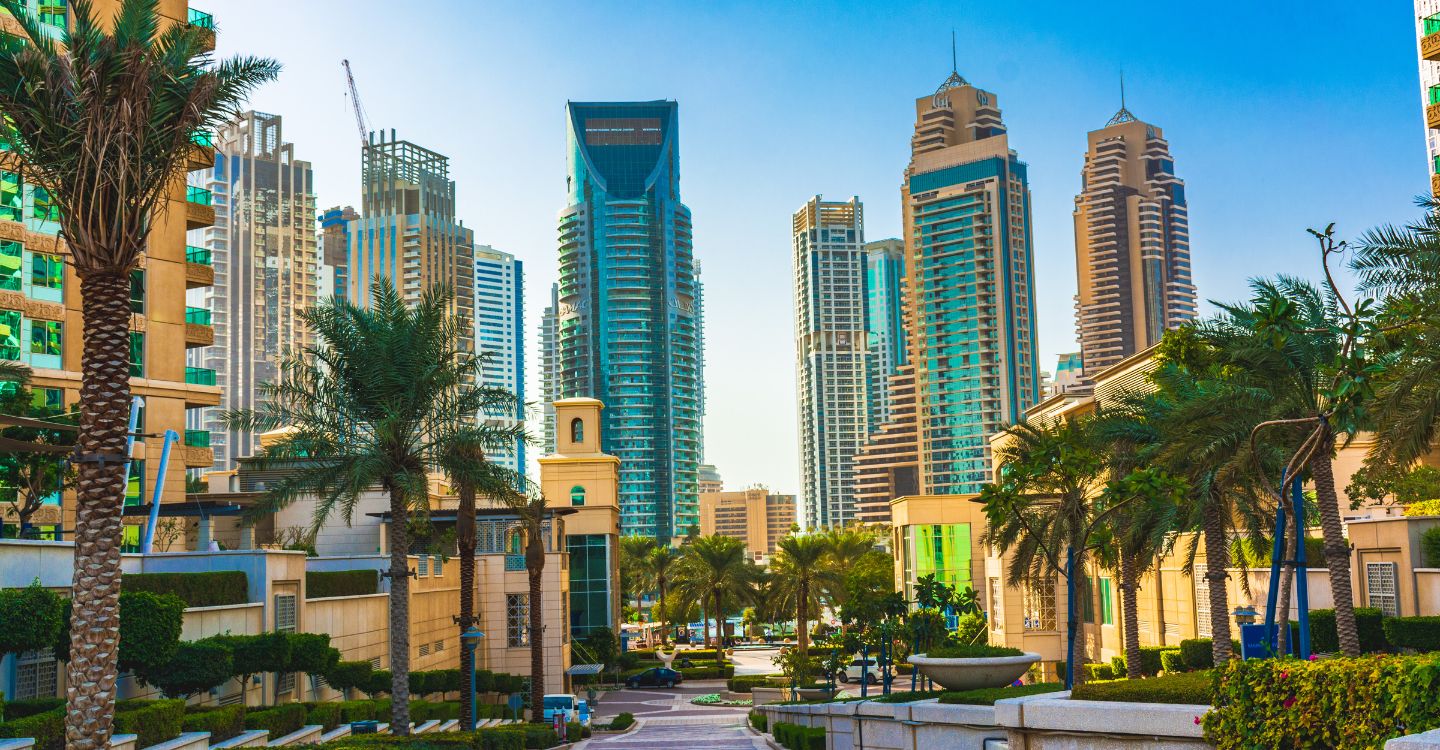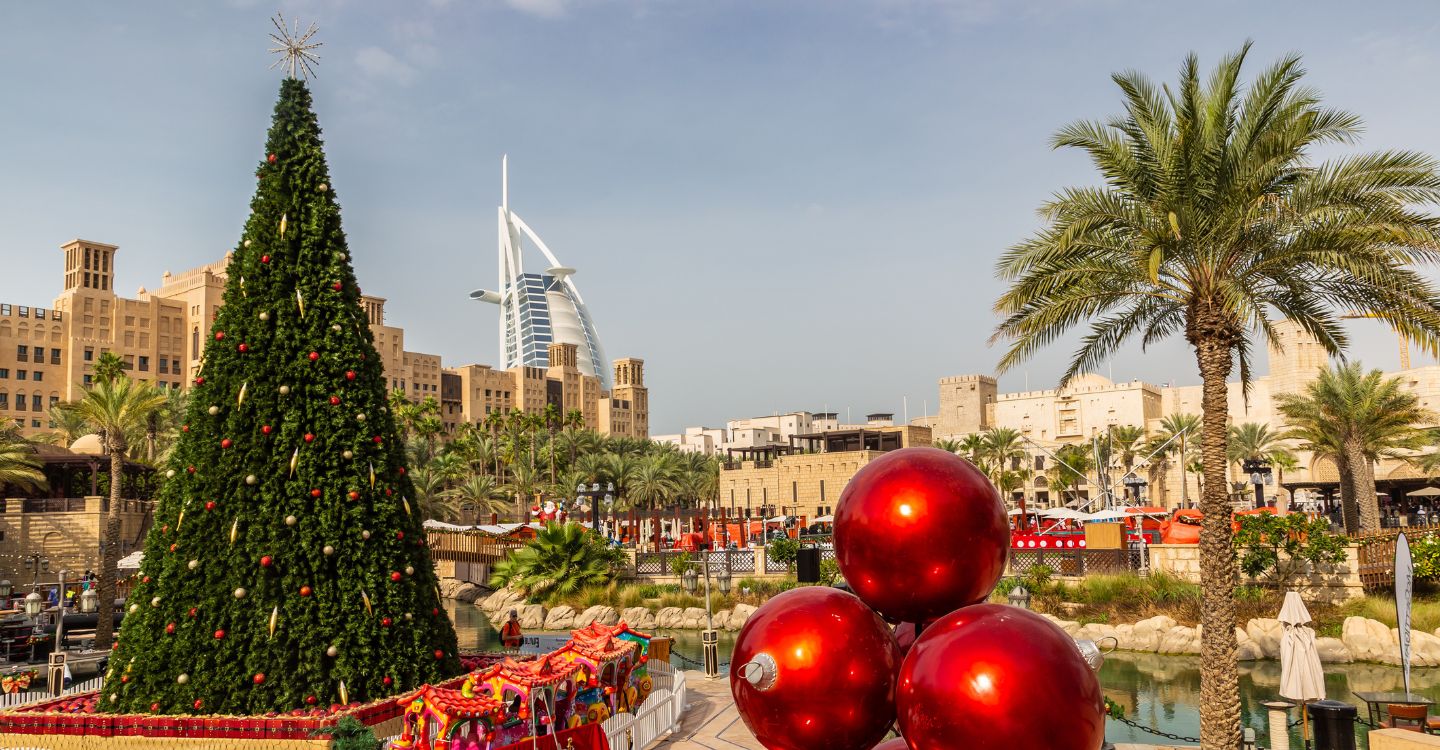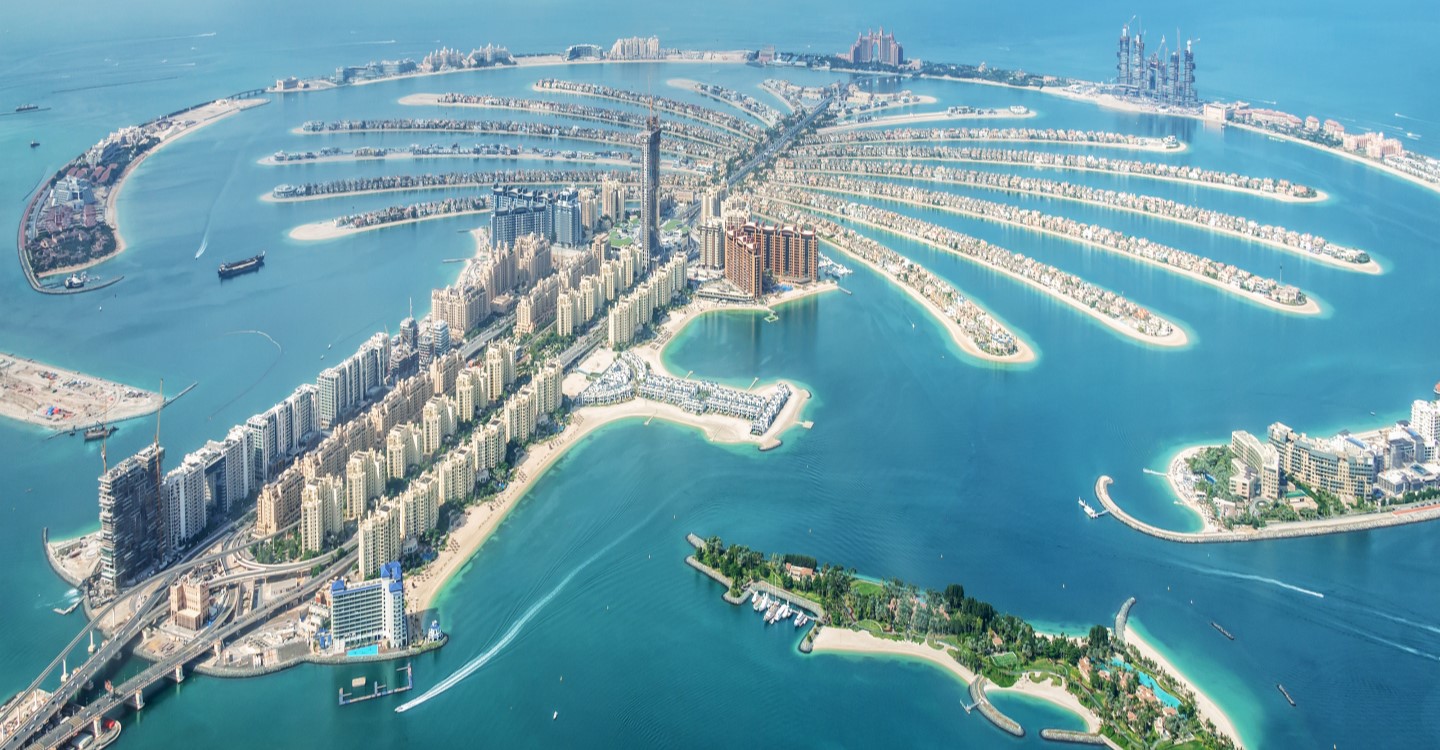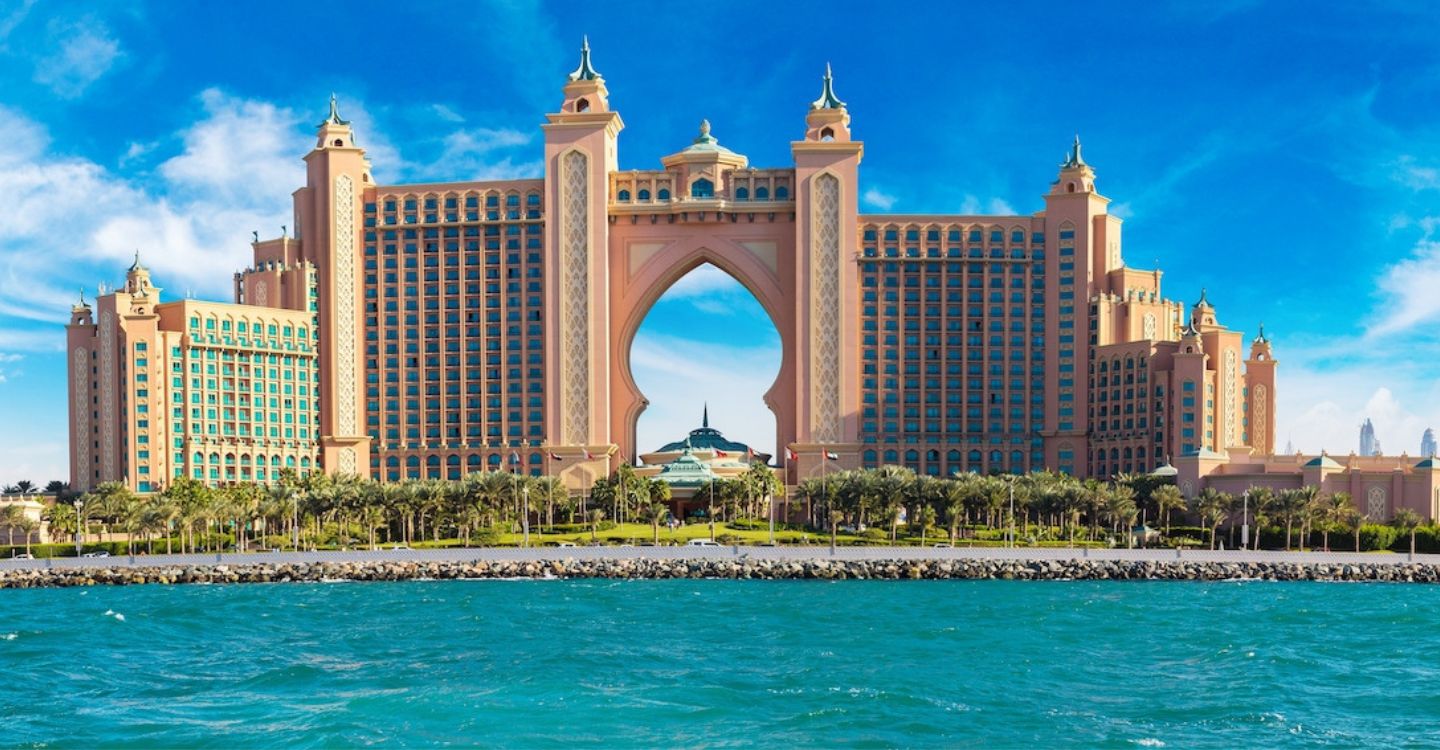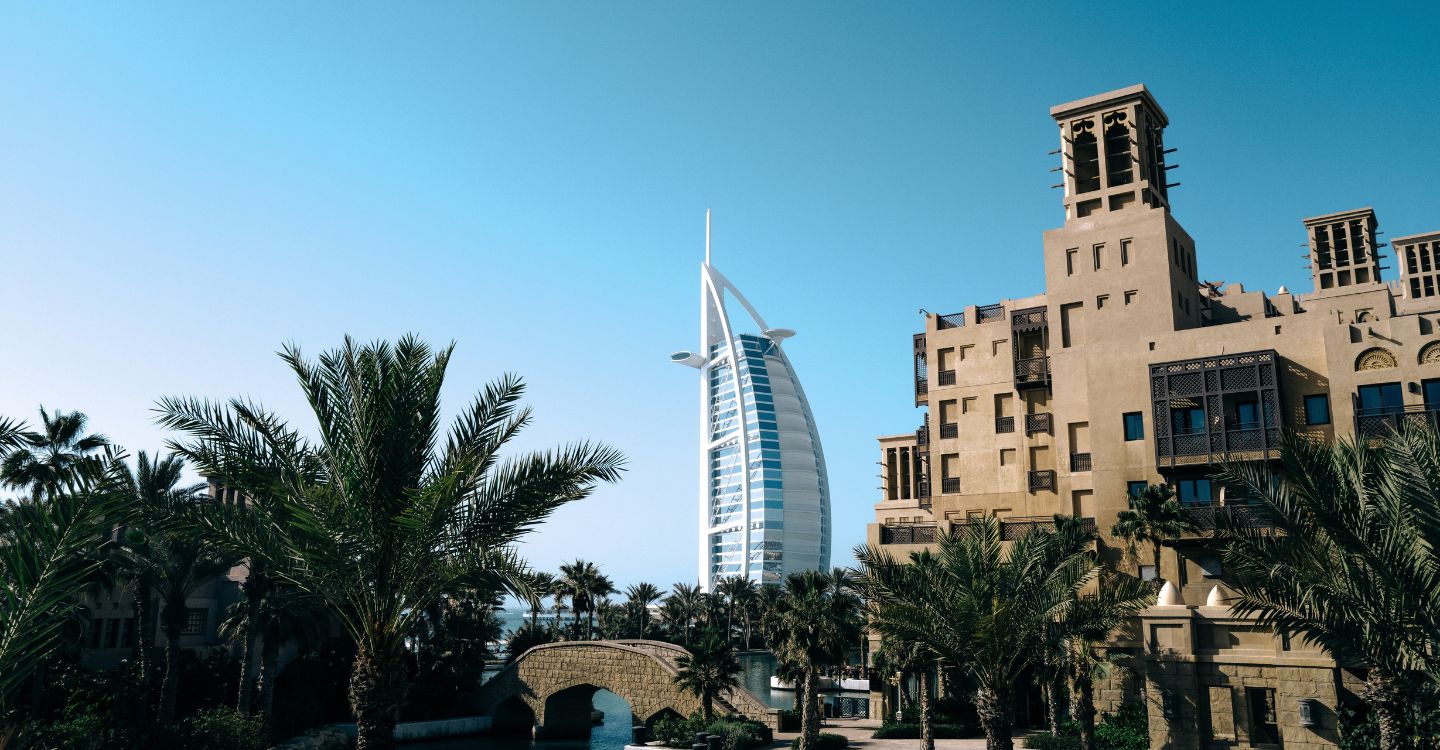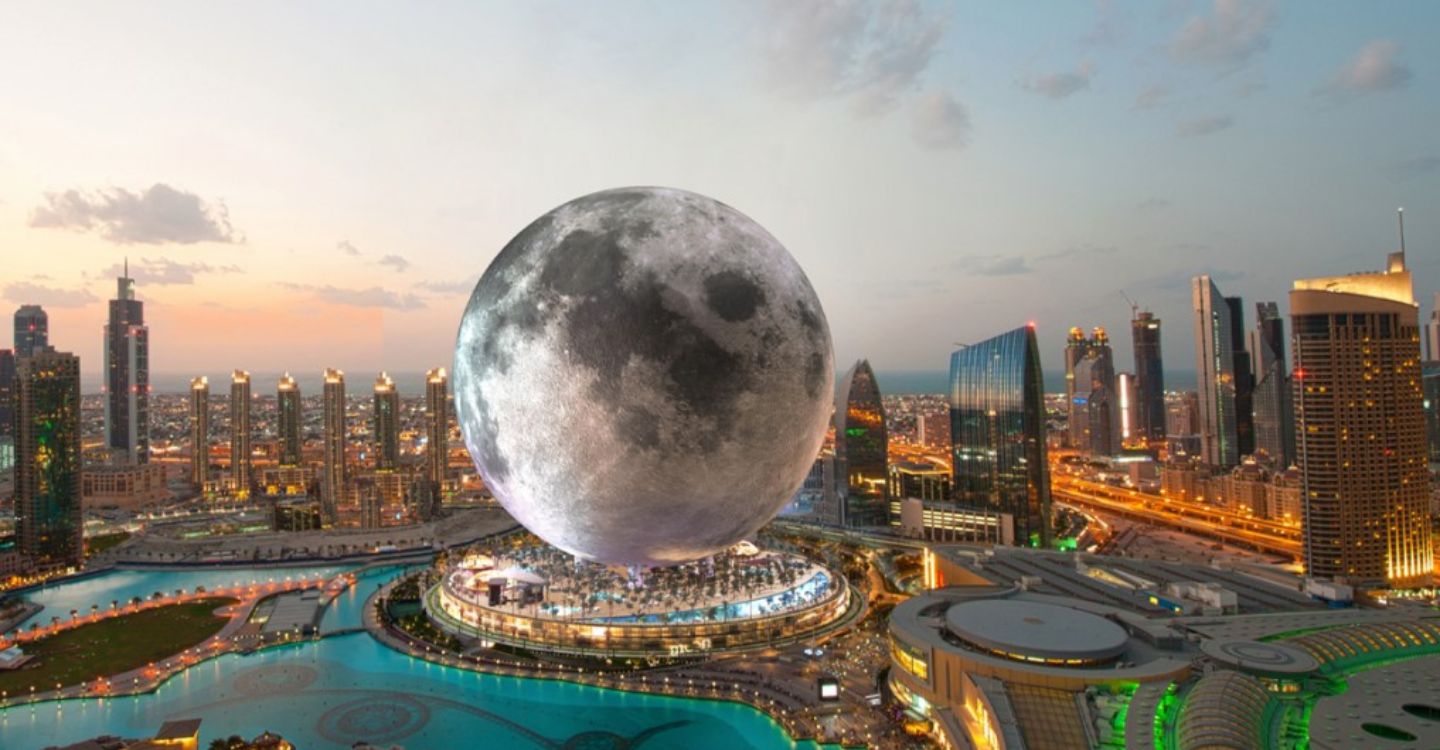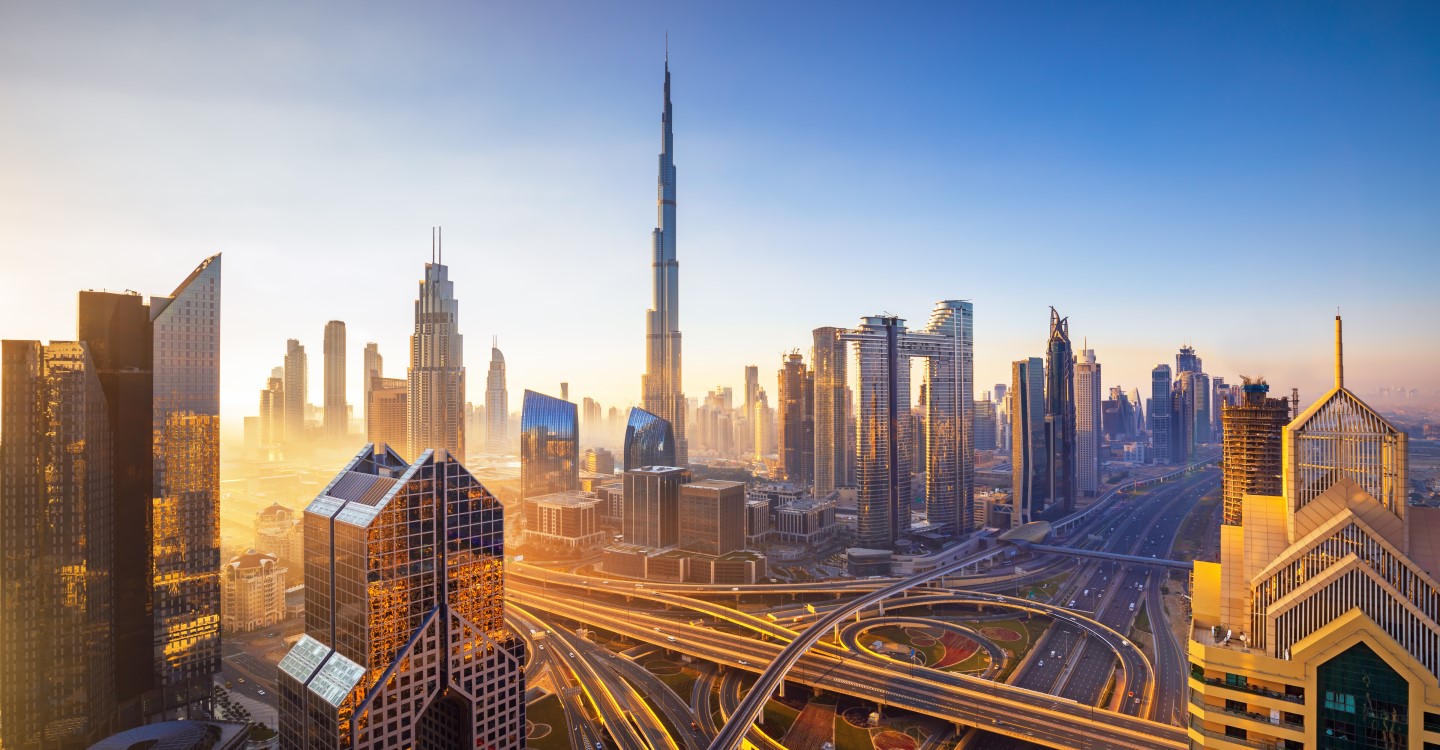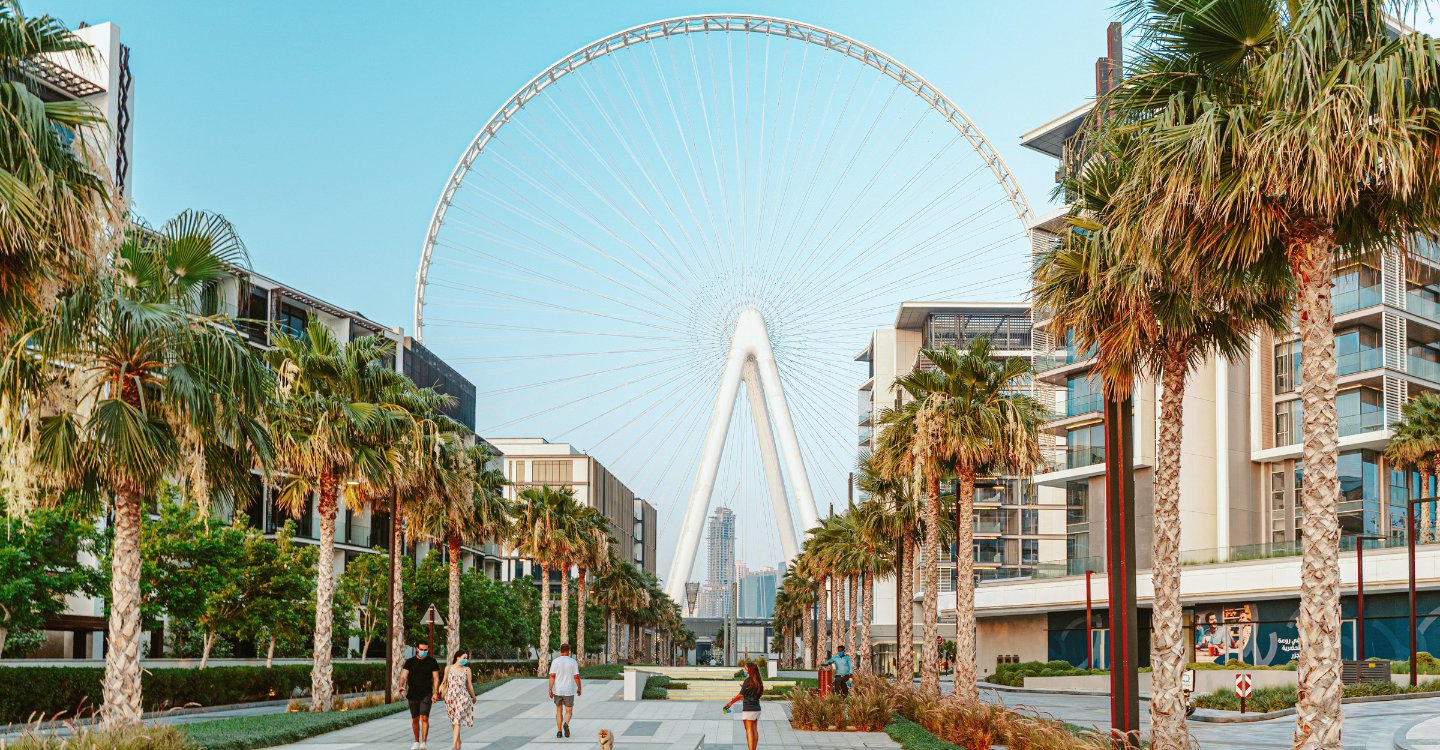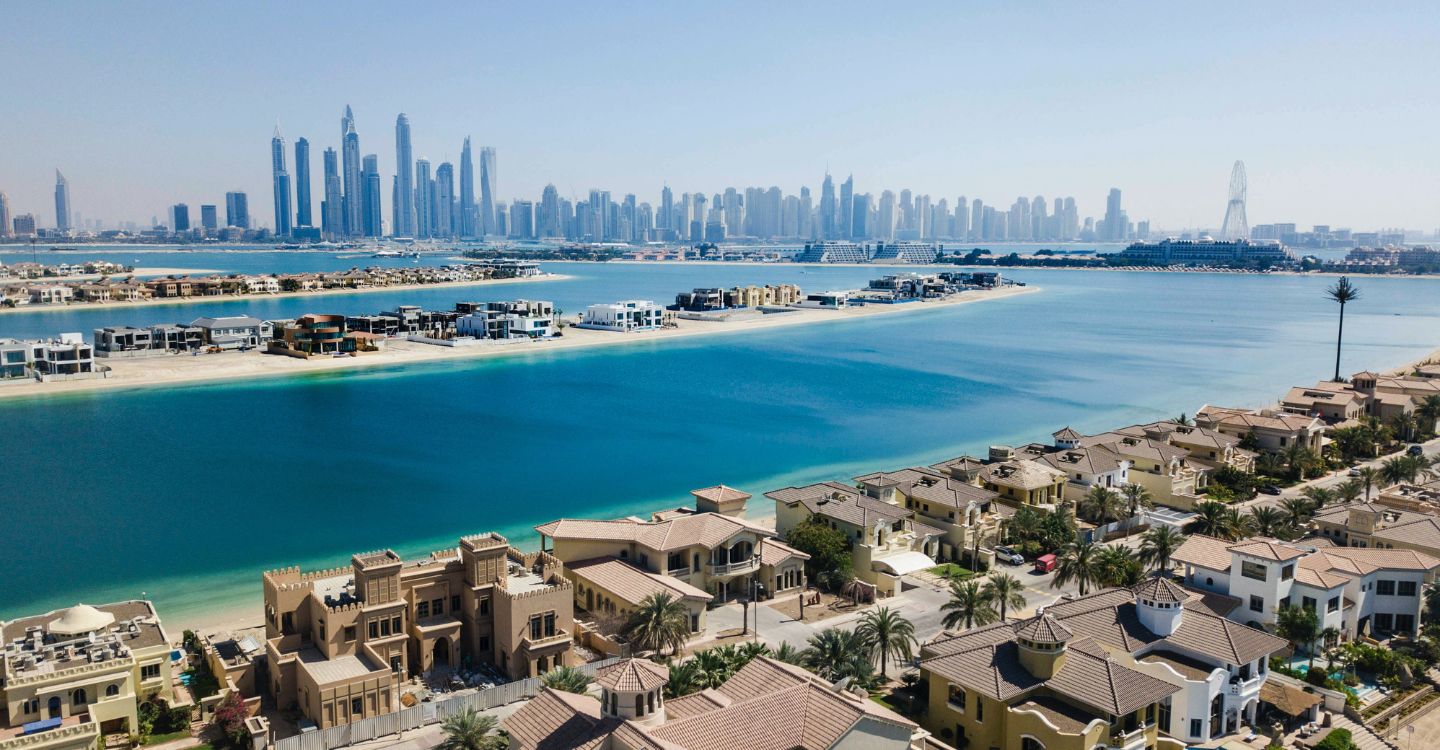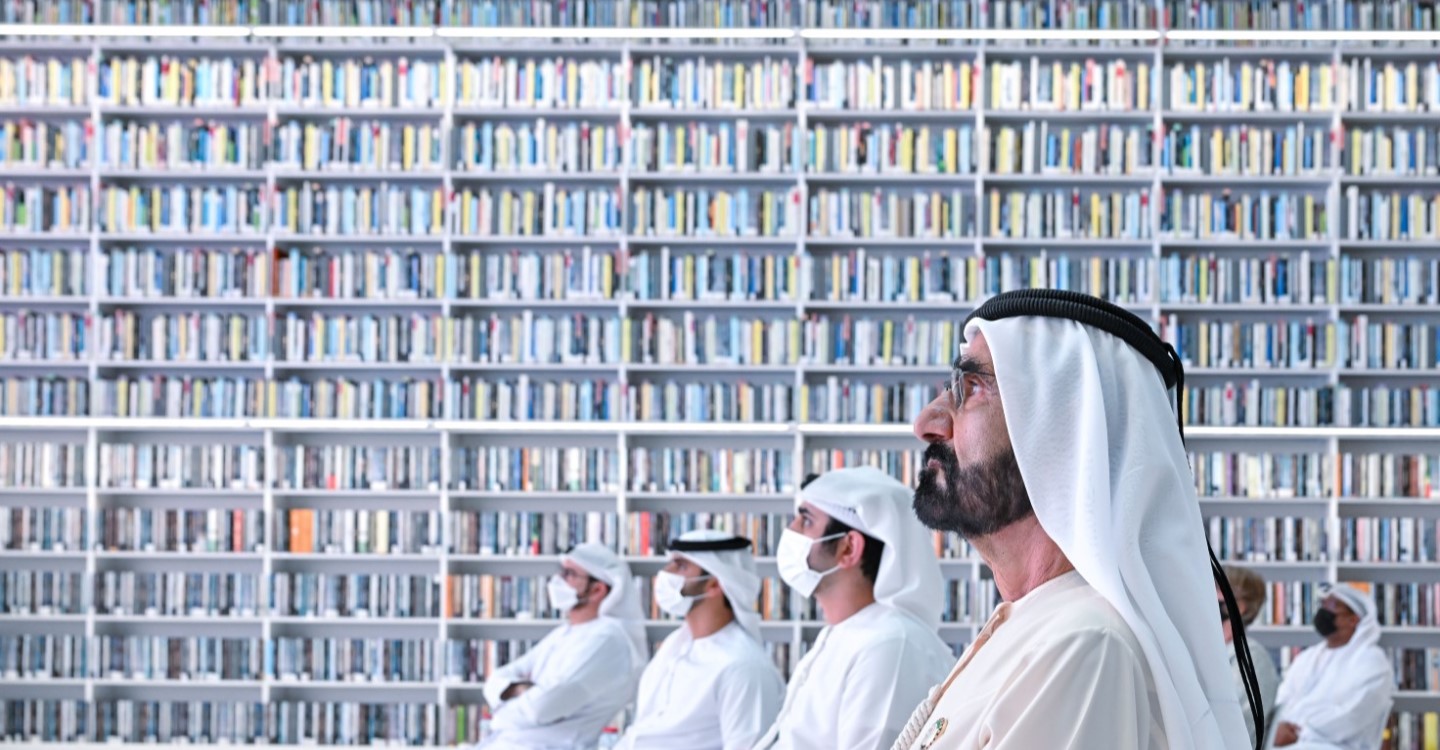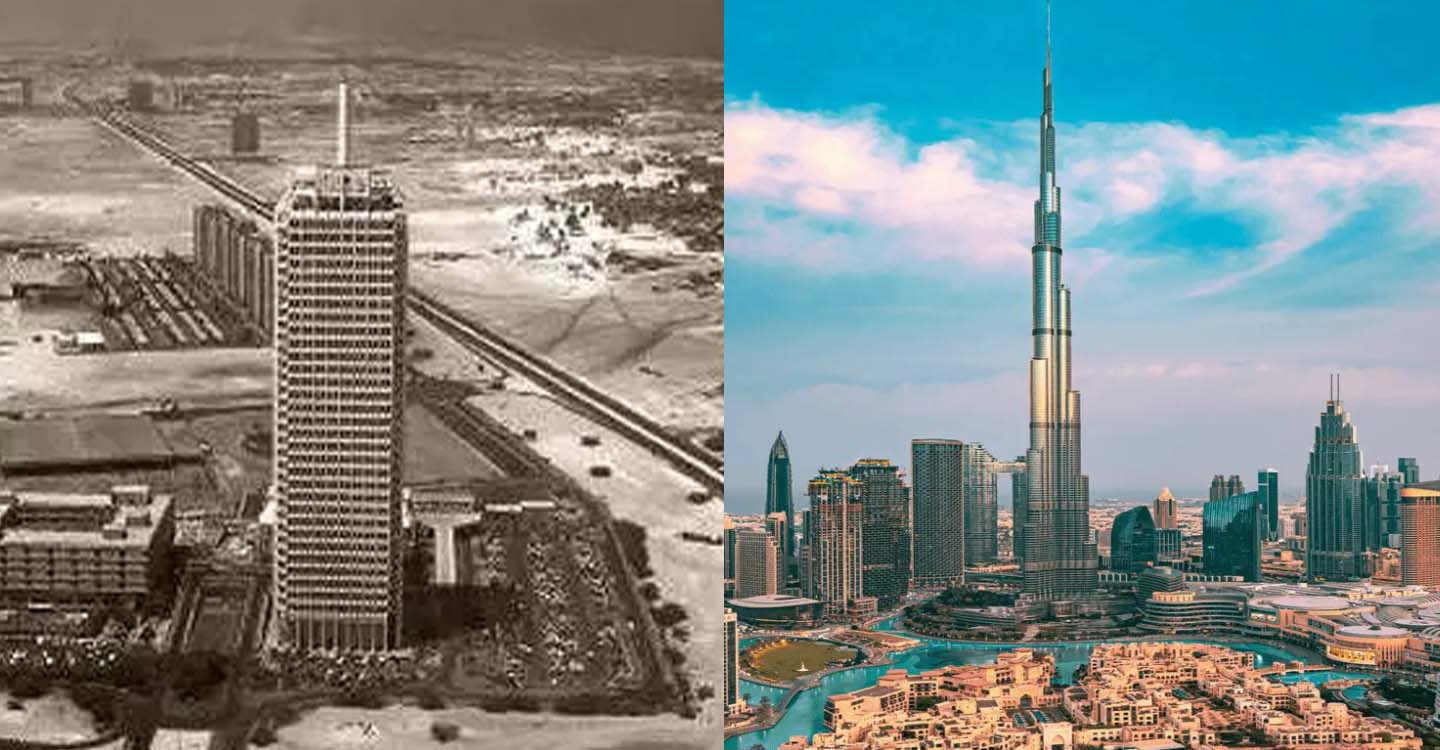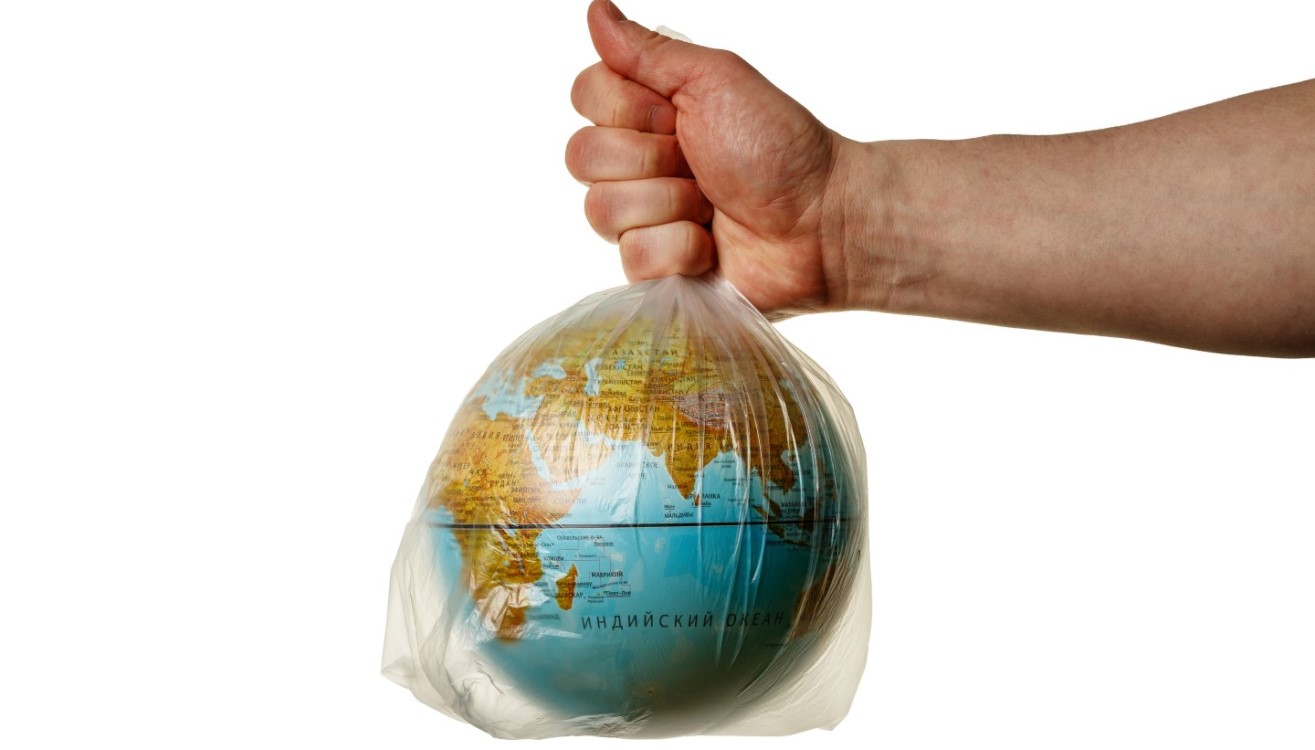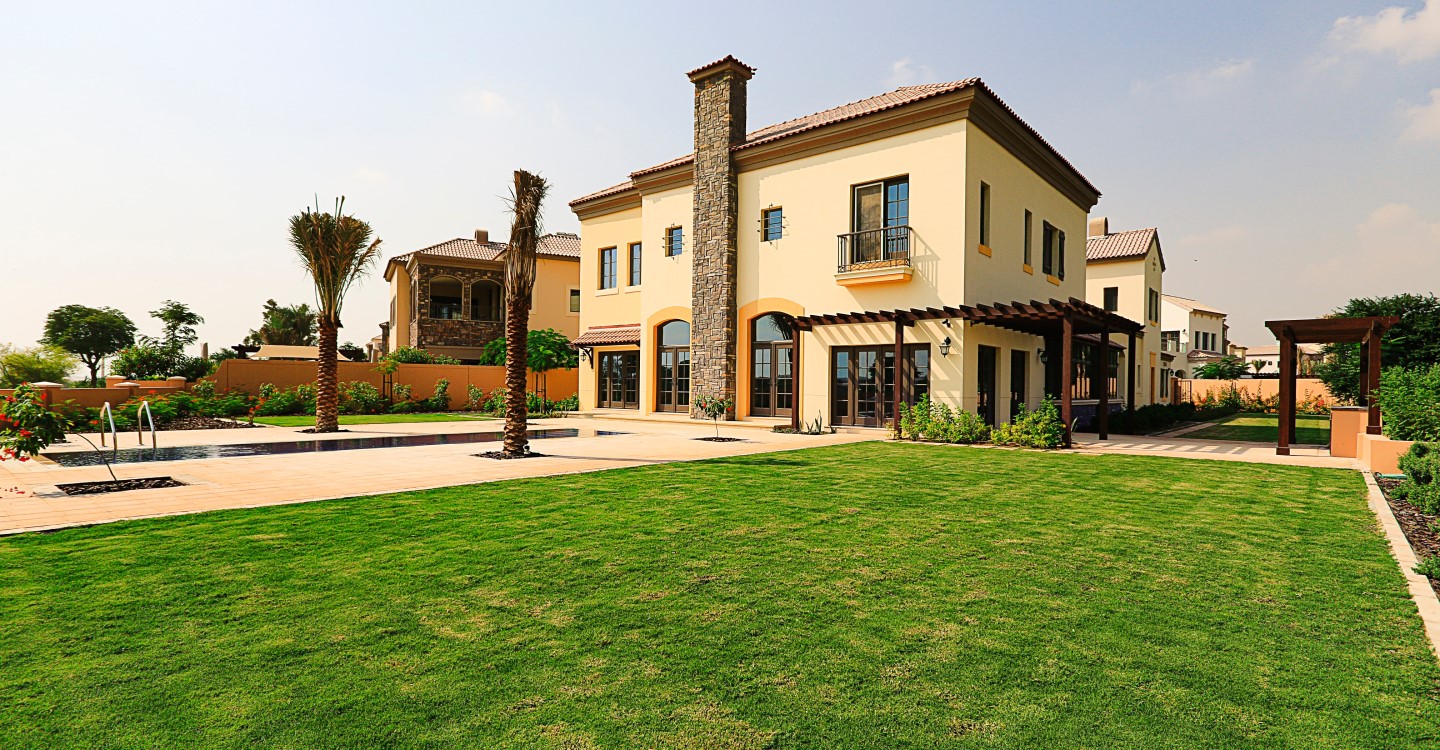In a significant stride towards infrastructure development and climate resilience, Sheikh Mohammed bin Rashid Al Maktoum, Vice-President and Prime Minister of the UAE, and Ruler of Dubai, has announced an ambitious project to develop an integrated rain drainage network in Dubai. This groundbreaking initiative, named ‘Tasreef,’ is valued at an impressive Dh30 billion and aims to revolutionize the emirate's rainwater drainage capabilities.
The primary goal of the Tasreef project is to ensure sustainable urban living for the next century by addressing the challenges posed by heavy rainfall and the associated risks of flooding and waterlogging. By implementing this advanced drainage network, Dubai is taking a proactive approach to enhance its infrastructure, thereby safeguarding its urban environment and improving the quality of life for its residents. The project underscores the emirate's commitment to adopting innovative solutions that bolster its resilience to climate change and extreme weather events.
Through Tasreef, Dubai is setting a benchmark in sustainable urban planning and infrastructure development, ensuring that the city can efficiently manage rainwater and maintain its status as a global hub for commerce, tourism, and modern living. The initiative also reflects Sheikh Mohammed bin Rashid Al Maktoum's vision for a future-ready Dubai, capable of adapting to and thriving in the face of evolving environmental challenges. The Dh30 billion investment highlights the scale and importance of this project, positioning it as a critical component of Dubai's long-term strategic planning.
Overview of the 'Tasreef' Project
The 'Tasreef' Project is set to significantly enhance Dubai's rainwater drainage capacity, increasing it by an astounding 700%, which will effectively cover all areas of the emirate. This extensive network will be capable of absorbing over 20 million cubic meters of water per day, positioning it as one of the largest rainwater collection systems in the region. The construction is scheduled to begin immediately, with a target completion date in 2033. Upon completion, this network will offer robust rainwater management solutions for the next century, substantially mitigating the risks of flooding and waterlogging during periods of heavy rainfall.
Objectives and Impact
The ‘Tasreef’ project is fundamentally aimed at strengthening Dubai’s infrastructure to manage the increasing rainfall effectively, a critical need underscored by the recent unprecedented rains that led to significant flooding across the UAE. The project is designed to seamlessly adapt to varying rainfall events, thus mitigating the impacts of future climate change. By significantly enhancing the rainwater drainage capacity, ‘Tasreef’ will ensure that Dubai remains resilient against extreme weather conditions. This will be instrumental in protecting property, infrastructure, and the well-being of its residents. The implementation of this project reflects a proactive approach to urban planning and environmental management, aiming to create a robust system that can withstand the challenges posed by extreme weather patterns. As the project unfolds, it promises to not only safeguard the city’s physical assets but also to enhance the quality of life for its inhabitants by reducing the risks and disruptions caused by heavy rains. The success of ‘Tasreef’ will stand as a testament to Dubai’s commitment to sustainability and resilience, setting a benchmark for urban infrastructure projects globally.
Technological Advancements and Implementation
A standout aspect of the ‘Tasreef’ project is its incorporation of the latest Tunnel Boring Machines (TBM), which are the largest of their kind in the Middle East. These state-of-the-art machines are celebrated for their remarkable efficiency, rapid operation, and unparalleled precision in excavation. Capable of navigating a variety of topographical conditions, these TBMs ensure the seamless and efficient construction of the expansive drainage network. Their advanced capabilities allow for the meticulous handling of complex underground infrastructure, significantly reducing construction time and enhancing overall project accuracy. The use of such sophisticated technology in ‘Tasreef’ exemplifies Dubai's unwavering commitment to adopting cutting-edge solutions in its pursuit of sustainable urban development. By leveraging these high-tech machines, Dubai not only accelerates the project's timeline but also sets a new standard for infrastructure projects in the region, demonstrating how modern technology can be harnessed to build resilient, future-proof urban systems. This strategic implementation of advanced TBMs underscores the emirate’s forward-thinking approach and its dedication to maintaining a leading position in the realm of innovative urban planning and development.
Coverage and Scope
The ‘Tasreef’ project represents an ambitious continuation of the drainage initiatives launched by Dubai in 2019, which initially focused on critical areas such as the Expo Dubai area, Al Maktoum International Airport City, and Jebel Ali. By extending its coverage to encompass the entire emirate, ‘Tasreef’ aims to establish a comprehensive and integrated rainwater management system. This system will be essential for meeting the water management needs of Dubai’s rapidly expanding urban population and the accompanying infrastructural demands. The project’s expansive scope underscores its significance in ensuring that all regions within Dubai are equipped with advanced drainage solutions, thereby supporting the city's sustainable growth and resilience against climate challenges.
Strategic Importance
The strategic importance of the ‘Tasreef’ project is profound. As a cutting-edge sustainable infrastructure initiative, it aligns perfectly with Dubai’s vision of creating a future-proof urban landscape that can withstand the adverse impacts of climate change. This project will significantly boost the city’s resilience, while also enhancing its aesthetic appeal and promoting environmental sustainability. By effectively managing rainwater, ‘Tasreef’ will reduce water wastage and facilitate the reuse of collected rainwater for various purposes, thereby advancing Dubai's sustainability objectives. This initiative is not just about protection but also about optimizing resources and contributing to the city's long-term ecological balance.
Conclusion
The ‘Tasreef’ project signifies a pivotal advancement in Dubai’s pursuit of sustainable urban development. Encompassing a wide array of modern technologies and forward-thinking strategies, this Dh30-billion initiative is poised to revolutionize the management of rainwater within the city. By addressing the challenges posed by heavy rainfall, ‘Tasreef’ will not only safeguard the emirate from potential flood damage but will also enhance its overall infrastructure, setting a benchmark for sustainable and resilient urban environments globally. As the construction phase commences, the project promises to turn the vision of a meticulously protected and efficiently managed urban landscape into a tangible reality, further reinforcing Dubai’s status as a frontrunner in innovative infrastructure development.



